A beginner's guide to Belgian beer

Jun 2, 2022 • 8 min read
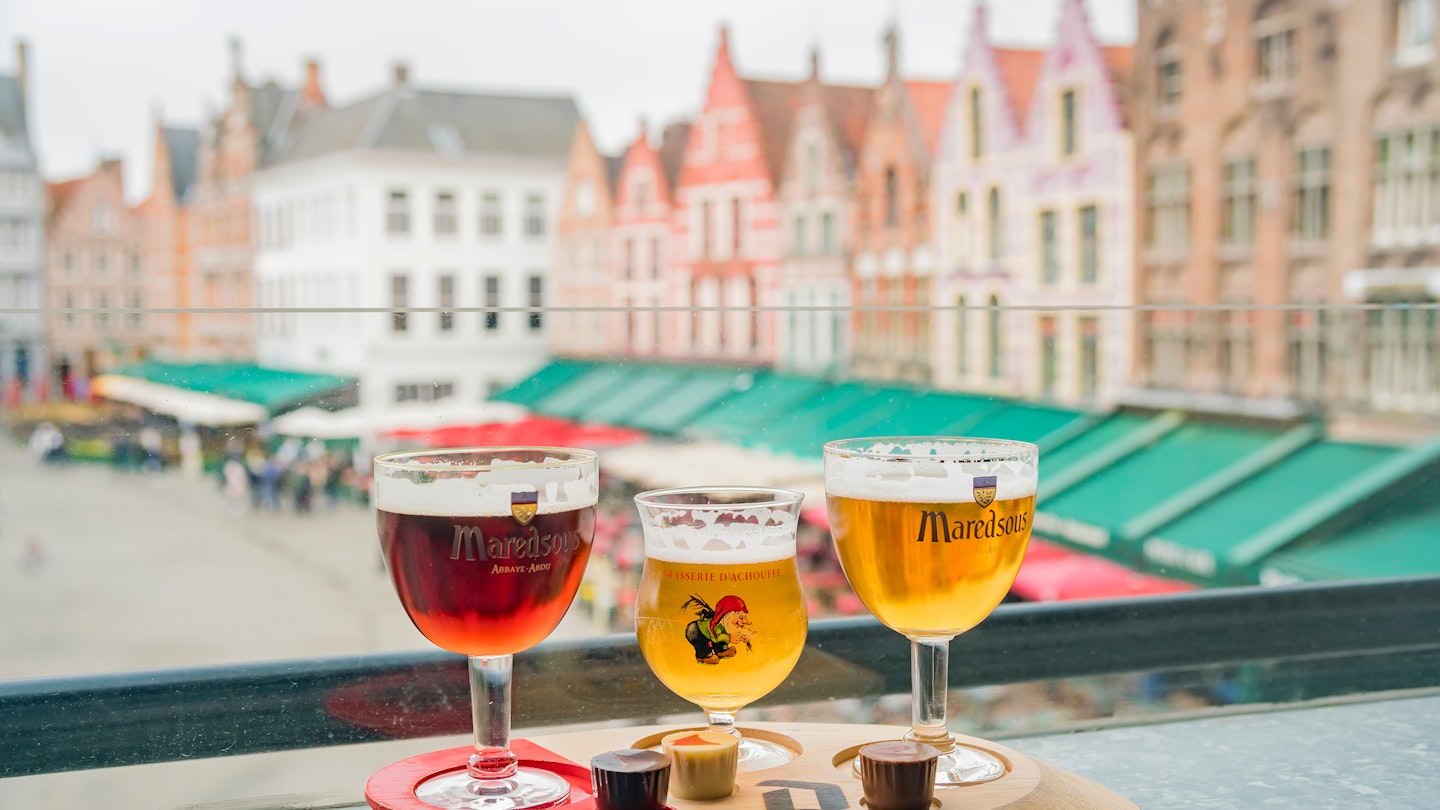
The world of Belgian beer is vast – here's a beginner's guide to enjoying Belgium's renowned brews © Kit Leong / Shutterstock
Belgian beer is world-renowned – Belgium is the only country whose beer culture is inscribed on UNESCO’s Representative List of the Intangible Cultural Heritage of Humanity.
This small nation is home to the biggest brewery in the world, as well as tiny, independent operations located on farmsteads, in old factories, and in cave-like casemates. “In Belgium, the magistrate has the dignity of a prince,” wrote Belgian poet Émile Verhaeren. “But by Bacchus, it is true that the brewer is king.”
So what makes Belgian beer so special? Let's dive in.

A brief history of Belgian beer – and three reasons why it’s so famous
Belgium’s brewing landscape evolved across rural farmland, small towns and monasteries, mushrooming around communities and instilling a resistance to the mass production techniques that took hold much more quickly in neighboring countries. Here are some of the reasons Belgium’s local beer culture evolved into a global phenomenon:
To Belgium’s west is France and its myriad winemakers, from whom Belgian brewers absorbed knowledge about the microbiological benefits of oak aging in large foeders. To the country's east lies Germany , where technical proficiency in lager fermentation and yeast management influenced quality control in Belgian brewing. And to the north, just across the channel, sits England , influencing both brewing and hop growing in Belgium, particularly after WWI.
This mishmash of influences (and the fact that Belgium has been ruled by various regimes) encouraged Belgians to develop practical workarounds and create new and unique beers.
Regionality
Despite its relatively small size, Belgium's beer diversity impresses even the most experienced brewheads. This begs the question, why so many regional specialities? In the early to mid-19th century, the average Belgian brewery was very small, mostly because there was a tax incentive to remain so. Rather than packaging beer, they were selling beer from wooden barrels directly to consumers in their own pubs.
In 1845, there were 3089 breweries in Belgium – today, there are just around 380. As a result, production and consumption has stayed local, preserving distinctive varieties of yeast and maintaining the unique character of a town’s beer style. This limited reach is the reason why Lambic beer is still found in the Pajottenland and the Senne Valley, why Oud Bruin production remains strongest in South West Flanders and why Saison is still most associated with the province of Henegouwen.
Ingredients and process
Belgian yeasts kick off a pronounced range of flavor and aroma compounds when compared to yeasts from other countries. Because of these compounds, Delirium Tremens evokes the essence of pears and oranges, Chimay Bleue tastes like figs and prunes, and Sint Bernardus Wit embraces the zest of pepper and clove.
And Belgians are not afraid to add flavors to their beer, either, whether it entails emptying their spice cabinet of bitter orange, coriander and grains of paradise, or throwing in fruits such as cherries, raspberries, or apricots.
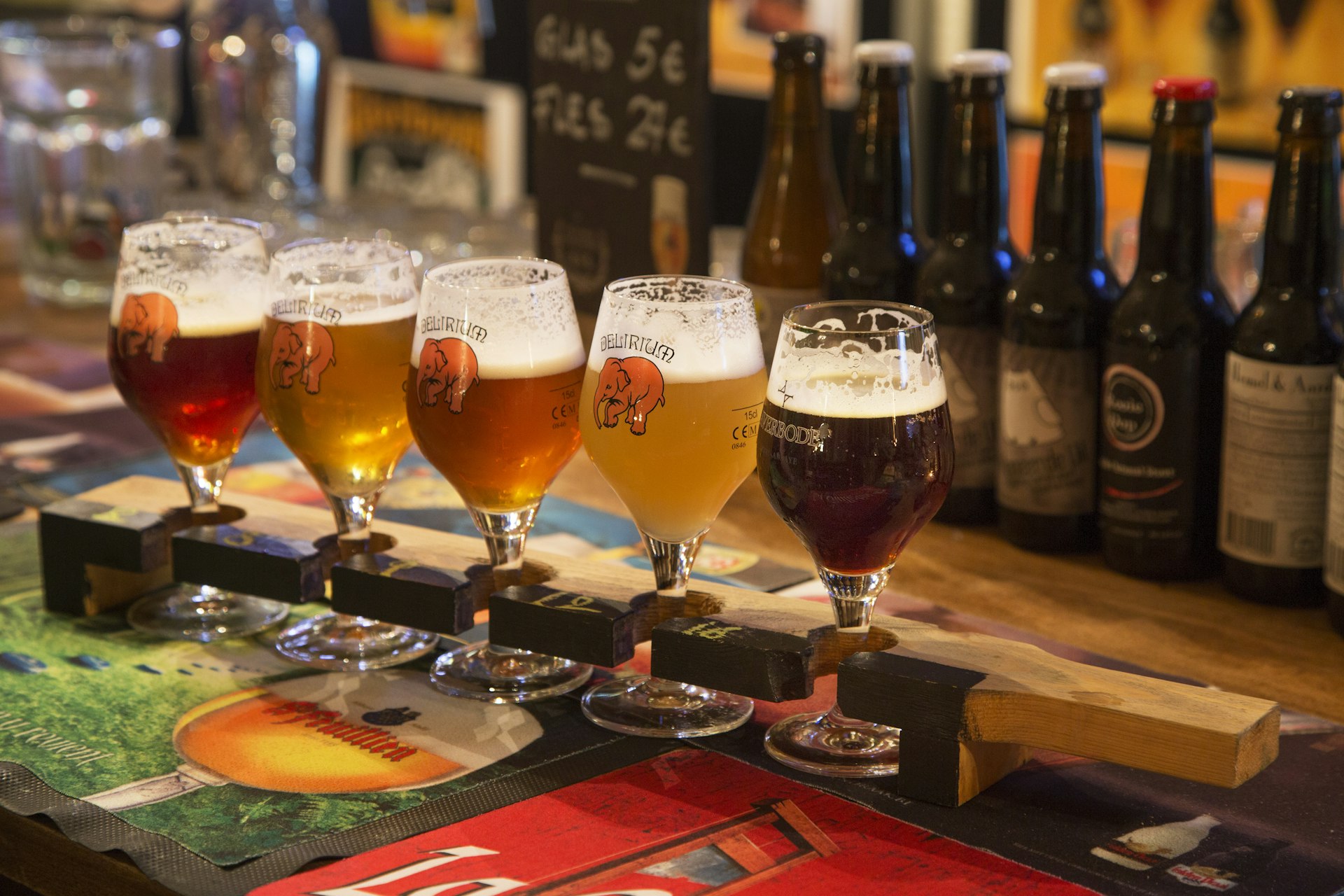
Glassware in Belgium: the theater of Belgian beer
Presentation functions as a key element of Belgian beer culture, particularly when it comes to glassware – it’s one part marketing, one part theater, and one part attempt to maximize the beer experience. From goblet to tulip and from shaker to stange, a lot goes into the decision: the level of alcohol, desired serving temperature, aromatic qualities, level of carbonation, and handling dynamics.
There are also practical considerations: how easy a glass is to clean, how “stackable” it is, and of course, how much it costs. The resulting array of available glassware includes beauties like the bulbous Kasteel chalice from Brouwerij Van Honsebrouck in Izegem, the ridged Ronceva stem of Palm’s Cornet glass, or the curvaceous, inwardly tapered vase of Brugge Tripel.
One innovative feature that has become increasingly popular in Belgian glassware is the nucleation point, an etched mark on the bottom of the inside of the glass that helps release the carbonation by creating a steady stream of bubbles emanating from the nucleated pattern to the top of the beer. Take a moment to notice these bespoke nucleation designs at the bottom of the next glass of Belgian beer you drink. But figure out a way to remove the beer from the glass first.
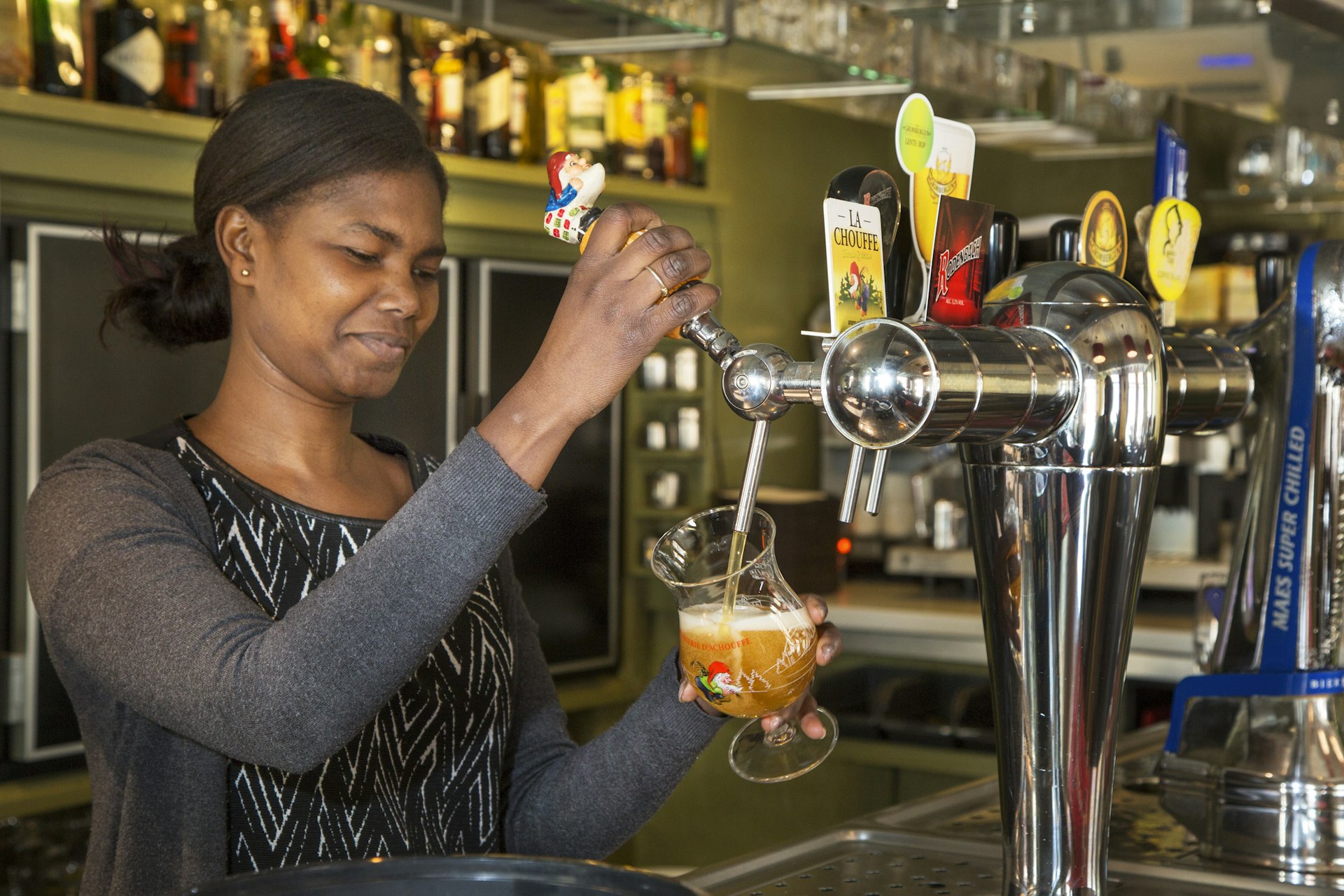
The seven styles of Belgian beer
Belgium has a rich and diverse line-up of indigenous beer styles. While there are many variations within each one – and much over-lapping between them – certain widely regarded traditional categories help drinkers understand what to expect from a beer’s flavor profile:
1. Abbey-style or monastic ale
There are six Trappist breweries in Belgium, all brewing different styles of beer (Belgian Pales Ales, Tripels, Dubbels, Quadrupels, etc). “Trappist” is not a style, then, but an appellation tied to the fact that brewing takes place inside the walls of a Cistercian Abbey under the supervision of monks, with the proceeds of beer sales going back to the community. These beers have inspired a whole wave of “Abbey beers,” often bottle-conditioned ales with pronounced yeast profiles, high carbonation, and plenty of alcohol. Many are produced by commercial breweries and have no affiliation with an Abbey, although some breweries license the name from a monastery.
Abbey-style of monastic ales to try: Westmalle Tripel ( 9.5% ABV, Brouwerij Westmalle ) Trappist Westvleteren 8 Dubbel ( 8% ABV, Brouwerij Westvleteren ) Orval Trappist Ale ( 6.9% ABV, Brasserie d’Orval )
2. Blond and golden strong ales
Belgian Blond Ales have a subtle citrus and spice yeast complexity, with a degree of malty sweetness and a soft finish. Golden Strong Ales share these yeast flavors and malty mouthfeel but often showcase more hop character, more alcohol, drier finishes, and even more intense carbonation.
Blond and golden strong ales to try: Ename Blond ( 6.6% ABV, Brouwerij Roman ) Omer ( 8%, Brouwerij Omer Vanderghinste ) Duvel ( 8.5% ABV, Brouwerij Duvel Moortgat )
Saisons are a family of refreshing, dry, hoppy, and fairly bitter Belgian ales. They’re often highly carbonated, with aromas and flavors of citrus and pepper. Saisons are “provision” ales from Wallonia , the southern region of Belgium. While the origin story to Saison has been disputed, some claim that the beers were produced as an economic necessity for farms who had to retain and occupy their saisonnière (seasonal) workers during the off-season – those saisonnières brewed during the winter and quenched their thirst with the beers in the summer as they toiled the land.
Saisons to try: Saison Dupont ( 6.5% ABV, Brasserie Dupont ) Saisonneke Extra ( 4.4% ABV, Brouwerij Belgoo ) La Saison d'Epeautre ( 6% ABV, Brasserie De Blaugies )
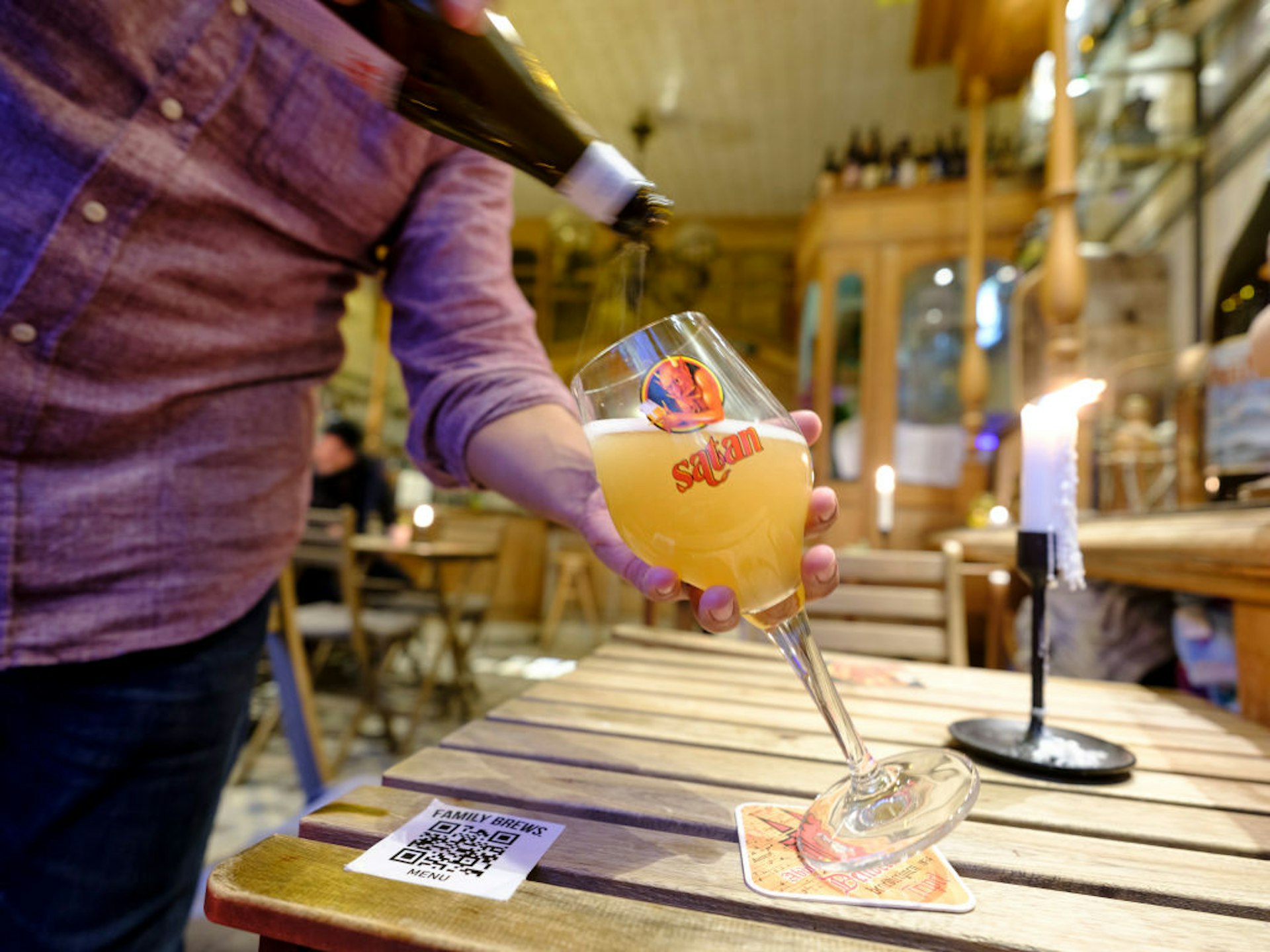
4. Spéciale Belge
Created during an early-1900s competition to come up with a regional specialty beer that competed with imported British ales and continental lagers, Spéciale Belges are malty, average-strength beers with a red or copper color. There’s a subtle fruitiness from the yeast and a bready (sometimes toasty) malt character, but overall they’re known to be well-balanced and easy-drinking.
Spéciale Belges to try: Bolleke De Koninck (5.2% ABV, Brouwerij De Koninck ) Palm Spéciale (5.2% ABV, Brouwerij Palm ) Spécial De Ryck (5.5% ABV, Brouwerij De Ryck )
5. Belgian wheat beers
Belgian wheat beers (also “white beers” or “witbiers”) are pale, hazy beers brewed using 30-60% of raw wheat. Coriander seed and dried Curaçao orange peel are often added to accentuate the mildly fruity-spicy character of the witbier yeast. Belgian wheat beers are delicate, moderate-strength ales known for their refreshing qualities during the summer.
Belgian wheat beers to try: Sint Bernardus Wit ( 5.5% ABV, Brouwerij Sint Bernardus ) Jan de Lichte ( 7.5% ABV, Brouwerij De Glazen Toren ) Ertvelds Wit ( 5% ABV, Brouwerij Van Steenberghe )
6. Oud Bruin
Oud Bruin is a family of reddish-brown or brown beers with a caramel-chocolate malt flavor and a red-fruit complexity. They are often both sweet and sour, and sometimes present with a dry, tannic finish like a vintage red wine.
Oud Bruins to try: Rodenbach Vintage ( 7% ABV, Brouwerij Rodenbach ) Cuvée des Jacobins ( 5.5% ABV, Brouwerij Omer Vanderghinste ) Liefmans Goudenband ( 8% ABV, Brouwerij Liefmans )
7. Lambic beers
Lambic is a spontaneously fermented wheat beer aged on wood. No yeast is pitched by the brewer. Instead, the yeast and bacteria in the vicinity of the brewery transform it into beer. Lambics are blended into Geuzes to become very refreshing, highly carbonated, and pleasantly sour beers which are often complex, oaky, and fruity. Brewers commonly blend Lambic with fruit, particularly cherries, raspberries and apricots.
Lambic beers to try: 3 Fonteinen Oude Geuze ( 6% ABV, Brouwerij 3 Fonteinen ) Boon Kriek Mariage Parfait ( 8% ABV, Brouwerij Boon ) Fou’ Founne (Lambic with Bergeron Apricots) ( 5% ABV, Brasserie Cantillon )
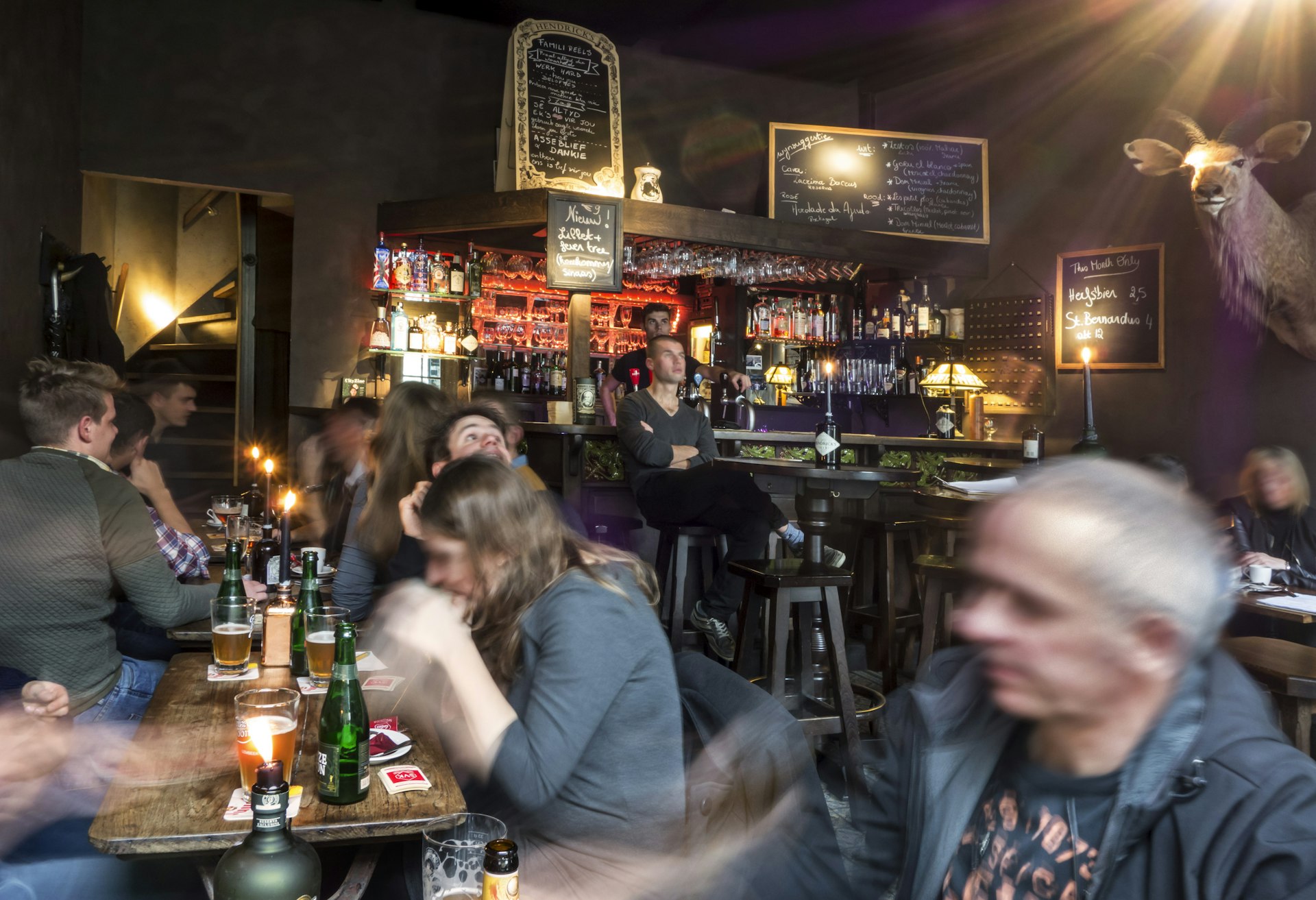
Where to drink Belgian beer
There are many great places to try Belgian beer across the country.
Belgium hosts a beer festival almost every week of the year, too. If you can time it right, take in a traditional event ( Zythos , Bruges , or Belgian Beer Weekend ), sample a modern festival (Bxl Beer Fest or Billie’s ), or dive deep into the niche ( Oud Bruin Fest , Kerstbierfestival , Poperinge Hop and Beer Festival , or the Toer de Geuze ).
If you’re looking for recommendations of beer cafes, bottles shops, and breweries, check out our list of 25 great places to try beer in Belgium . Mount your bike, get in your car, or jump on a train, and discover the most fun, quirky and interesting places to drink in this country’s fantastic beer culture.
This article was first published March 2010 and updated June 2022
Explore related stories
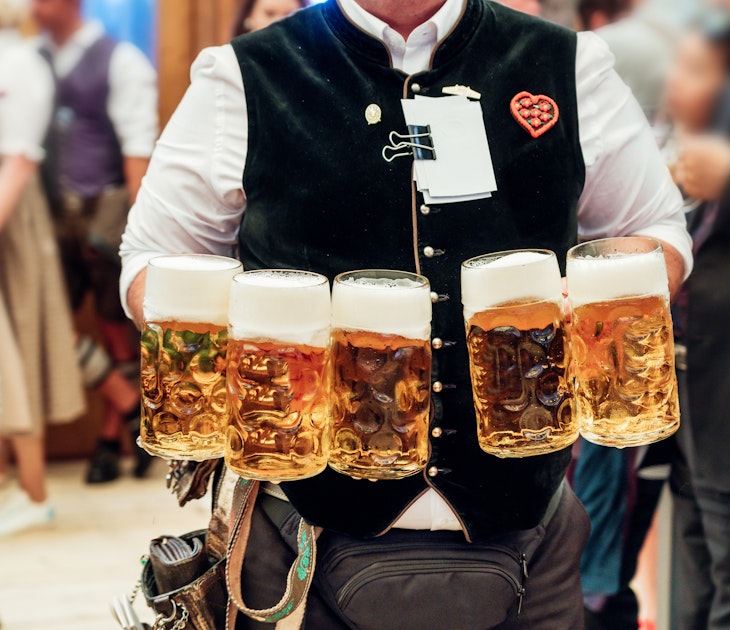
Tips & Advice
Apr 28, 2024 • 11 min read
The German food scene has changed in recent years, with lighter dishes and more variety alongside Bavarian favorites. Here's what you should try.

Mar 22, 2024 • 9 min read
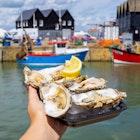
Mar 2, 2024 • 7 min read

Feb 1, 2024 • 14 min read

Jan 15, 2024 • 7 min read
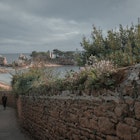
Nov 28, 2023 • 4 min read
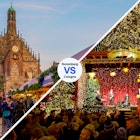
Nov 17, 2023 • 6 min read
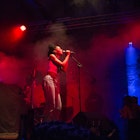
Nov 9, 2023 • 6 min read

Nov 1, 2023 • 15 min read

Sep 19, 2023 • 4 min read
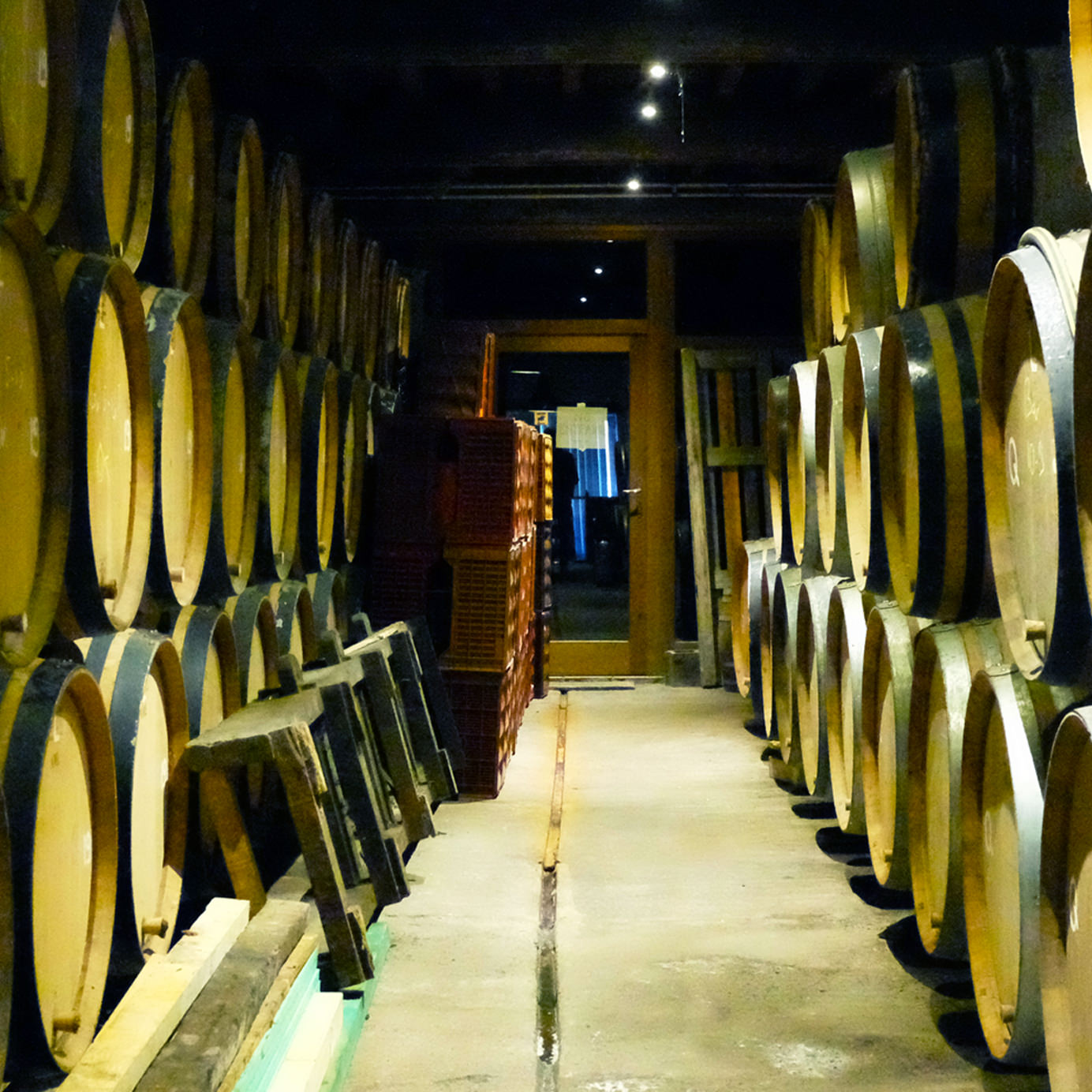
Everything You Need to Plan Your Belgium Beercation
words: Cat Wolinski
photography: Cat Wolinski and Patrick Phillips
“In Italy, being a gondolier is a family tradition. In Belgium it’s brewing beer.”
Such is the introduction on the website for Belgian Family Brewers, a non-profit association representing small Belgian beer makers.
If you love beer, you already know you’re destined for a trip to Belgium. The country’s beautifully distinct brews, scented with yeast-driven spice and aromas of clove, pepper, and banana, are a huge source of inspiration for contemporary American craft brewing. Wherever your Belgium travels take you, there will be delicious beer to drink. Flanked by France and the Netherlands, the less-than-12,000-square-mile nation has more than 200 breweries, many of which date back centuries .
At last count , Belgium was home to 224 breweries, up from 160 in 2013. One hundred years ago there were close to 3,500 .
Driven by families, farmers, and Flemish monks during the Middle Ages , Belgium’s brewing culture is rooted in tradition yet still exciting. Here, we highlight a handful of our favorite places to eat, drink, and be Belge in Antwerp, Brussels, and Poperinge. From modern bars like Moeder Lambic to preserved public houses dating to the 1700s, each estaminet (as bars in Brussels are called ) you visit is well worth your time.
Look out for language swaps between French ( brasserie, bière, fromage ) and Dutch ( brouwerij, bier, kaas ), and a penchant for puppets, statues, and dolls.
In this ancient city, religious customs and beer customs intertwine.
Fall travelers might want to kick off at the Modeste Bier Festival held at Brouwerij De Koninck each year. Currently scheduled for Oct. 6-7, 2018, the festival highlights only small, independently owned Belgian brewers. After De Koninck, you won’t have to go far to hit Antwerp’s best beer spots.
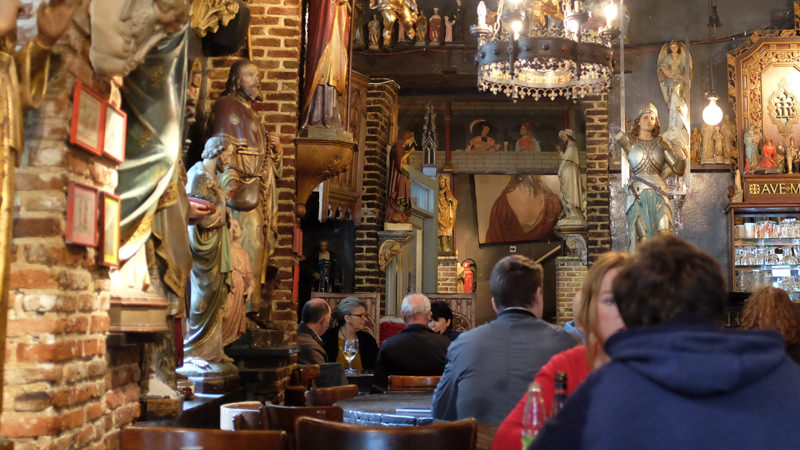
Kathedraal Cafe (Cathedral Cafe)
A bar and restaurant that takes its name — and decor inspiration — from the towering Cathedral of Our Lady, a Roman Catholic church constructed between 1352 and 1521. Along with its astounding floor-to-high-ceiling collection of religious statues, Kathedraal offers a traditional menu of strong Belgian ales and hearty plates spanning spare ribs to spaghetti Bolognese (a Belgian staple, to our delight).
Blauwmoezelstraat 11, 2000 Antwerpen
Abby No. 8 Antwerp (Belgian Beers & Brews)
Steps away from the Kathedraal is this charming, curated shop with beer selections, including standbys like Duvel (but this time, it’s brewed a few miles away!) and rare finds like one-offs from Fantome. Don’t be shy about asking the proprietor for advice; he speaks English and can help you find just what you need.
Handschoenmarkt 8, 2000 Antwerpen
Do not leave Antwerp without going to Kulminator. You will not experience magic like this anywhere else. In this organized mess, an elderly couple has amassed a lifetime of rare, old, and discontinued Belgian beers. While Mister crunches numbers behind a towering pile of papers (using a magnifying glass!), Missus takes your order on a coaster covered in scribbles, and yet, somehow, they’ll still descend into their dusty cellar to procure that 1987 lambic you picked out from a brewery that no longer exists. There aren’t many places on this earth you can drink a beer as old, or older, than you.
Vleminckveld 32, 2000 Antwerpen
The bustling capital is as gritty as it is magical.
Arguably the most adored brewery in the world, and at least the producer of many of the most highly regarded lambic, gueuze, faro, and kriek anywhere, Brasserie Cantillon is a pilgrimage point for beer geeks the world over. The family-owned business is literally a museum to gueuze, where the Van Roy-Cantillon family still uses the same equipment their ancestors have been using since 1900. Take a self-guided tour within its wooden walls, copper equipment (and famous coolship), and rows of sleeping, insect-encrusted barrels.
Rue Gheude 56, 1070 Anderlecht
Moeder Lambic
Yes, there are many places that serve great beer in Brussels, but none are quite like Moeder Lambic. Opened in 2006, Moeder Lambic became a fast favorite among those who are serious about their beer — which, in Belgium, is a lot of people — but still like to party, Brussels-beer-bar-style. That means great local beers, proper glassware, and cheese and meat plates. Rather than pretzels or peanuts, the complimentary bar snacks are little bowls of malted barley. Très Belgique.
Original location: Rue de Savoie (Savoiestraat) 68, 1060 Saint-Gilles; Second location: Place Fontainas 8, 1000 Bruxelles
Fancy yourself a slow-cooked bowl of ramen, crispy gyoza, and streetside views of the historic Brussels city center? You can do that and have your Belgian beer, too, at Umamido. The Japanese ramen shop has multiple locations in Brussels and Antwerp, each with a menu that’s intentionally short and sweet. Shoyu ramen, miso tonkotsu ramen, and even a vegetarian option source products from Japan as well as local Belgian farms.
Rue Henri Maus 33-47
Brasserie de la Senne
Yvan De Baets, brewmaster, is famous among beer industry followers for his attention to detail and delicately expressed beers (Zinnebir, a golden blonde ale , is a popular pick; we’re also partial to the even lighter blonde, Taras Boubla).
This brewery is definitely off the beaten path — in fact, you might get some funny looks when you arrive — but don’t let that dissuade you. Servers are sweet, the beers are exciting, and you may even get a taste of something that’s not in regular rotation — something as rare, perhaps, as your presence there.
Chaussée de Gand 565, 1080 Molenbeek-Saint-Jean
Bier Circus!
This wacky yet classy circus-themed bar and restaurant combines a silly theme with a serious beer list. Like peoples’ affinity for clowns, the beers in the cellar here are rare, old, and alluring (10-year-old Orval? Yes, please). Adding to the impressive selection of Trappist, farmhouse, and myriad other Belgian ales (which will each be poured exquisitely in their appropriately branded glassware, mind you) is the food menu. Go Bolognese or go home.
Rue de l’Enseignement 57, 1000 Bruxelles
Poechenellekelder (The Puppet Cellar)
A popular spot for tourists due to its proximity to Manneken Pis (a famous statue of a peeing boy and a Belgian icon that people crowd to photograph like it’s the Mona Lisa), this quirky destination is worth a visit. Traditional, authentic, and definitely Belgian (they love stuffing bars with weird human figures and kitschy paraphernalia!), you won’t mind the din in this friendly estaminet. The sense of humor pairs nicely with a nightcap (or midday booster), and a selection of Belgian cheeses and meats (and did we mention Bolognese?) will tide you over until your next Belgian waffle.
Rue du Chêne 5, 1000 Bruxelles
BrewDog Brussels
Looking for a place to plug in? BrewDog has a huge, sleek space steps from Bruxelles Central train station (Gare de Bruxelles-Central, near the Grand Place). Here, you’re as likely to see stylish locals sunken into loveseats on their laptops as you are the after-work crowd pounding a few pints on the deck looking out over the city. With 40 taps featuring BrewDog beers along with local favorites, and bar snacks like, yes, more cheese, it’s an easy place to unwind and figure out your next move.
Putterie 20, 1000 Bruxelles
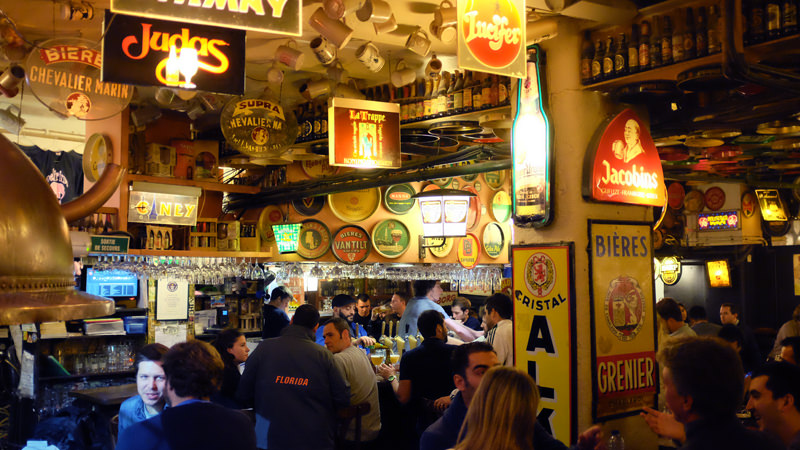
Delirium Cafe
Best enjoyed in a delirious state, this hot spot should definitely be on your bucket list, but doesn’t necessitate a long stay — unless you’re with a rowdy crew. While not necessarily psychosis-inducing, the bustling mix of Belgian and foreign crowds fighting their way to the bar can be dizzying. But the sheer experience of earning that next pint, your body wedged within the collage of friends, breweriana, and Delirium’s signature pink elephants — not to mention thousands of beers (at last count: 3,162 ) — makes it interesting. There are several Delirium Village locations, but this one’s spot on a cramped cobblestone passage makes it extra inviting.
Impasse de la Fidélité 4, 1000 Bruxelles
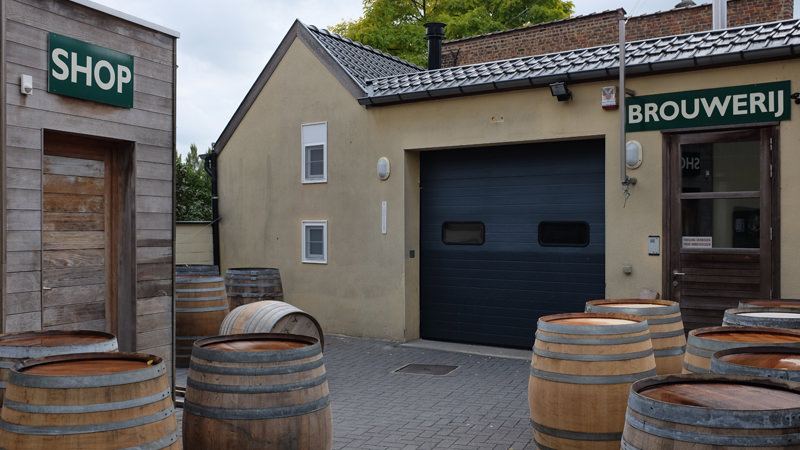
3 Fonteinen
Adventurous travelers should consider a day trip to Beersel, where beer geek favorite, 3 Fonteinen (affectionately called “drie”) sits in a quiet suburb and makes some of the best gueuze in the world. Recently rebuilt, the brewery offers a tasting room, shop, and tours every day except Wednesday. Reserve in advance.
For the real experience, though, go to the restaurant . Preciously unpretentious (on a typical afternoon, your dining companions will be well into their 70s, and we dare you to keep up with their drinking), you’ll pair a glistening pork chop or plump salmon steak with the waiter’s recommended gueuze, and you’ll never forget it.
Herman Teirlinckplein 3, 1650 Beersel
Poperinge is the capital of hops in Belgium.
It’s home to the country’s hop fields, annual hop parade, and Saint Sixtus Abbey, maker of the world-renowned Westvleteren beers. In Watou, a village on the border of the Flemish-French countryside, head to Saint Bernardus, whose monk-adorned brews you’ve likely seen if you’ve set foot in any Belgian-themed bar stateside. From there, a stroll into town is worth the magnificent views, cow sightings, stunning sunsets, and silence like you’ve never felt (save for the occasional potato truck). Bars in the town square seem stuck in time, but you’ll be fed with the friendly, albeit standoffish hospitality of an old Dutch gasthaus .
Hopmuseum Poperinge
An entire museum devoted to hops! If you’re one to geek out over these flavor flowers, visit this historical building where Belgian hops were born. Audio tours explore hops’ history in the region and how Poperinge’s fertile soil and hop-loving monks shaped the city and Belgian culture as a whole. Look up — you’ll meet the Hop Devil himself, in wicker form, devilish male organs included. Downstairs, you can see and sniff hops in dizzying varieties.
Gasthuisstraat 71, B-8970 Poperinge
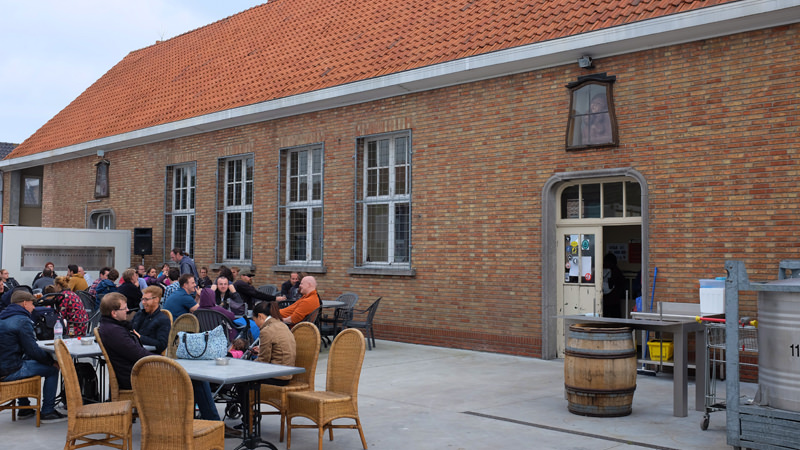
Struise Brouwers
The juxtaposition of this badass brewery’s skull-adorned brand and schoolhouse locale is unique, to say the least. So, too, are its brutal brews, which span the famous Pannepot, a strong ale sought for its many vintages, plus stouts so strong they’re technically illegal in the U.S. De Struise beers — and its brewery, once voted the best in the world — aren’t easy to find, so head here for the novelty and stay for the quirky personality of its founder, Carlo Grootaert, who might be the one tugging the taps.
Kasteelstraat 50, 8640, Oostvleteren
Abbey de St. Sixtus / In de Vrede Cafe
Beer pilgrims flock here to get their hands on Westvleteren 12, considered by many critics the best beer in the world. Don’t expect to bring any home with you, though, unless you’ve made an appointment well in advance (find the phone number and a detailed explanation here ) and have a car prepped ahead of time. Brewery tours aren’t an option, either. Still, you can wrap your lips around the good stuff in de vrede (“in peace”) in the public cafe, located in the abbey’s modern courtyard situated beside a stunning cornfield stretching off to the horizon.
Donkerstraat 13, 8640 Vleteren
St. Bernardus
Westvleteren seekers might consider skipping St. Sixtus for a more immersive experience at St. Bernardus, the nearby, non-Trappist brewery that brewed Westvleteren for St. Sixtus for 30 years until the contract ended, for Trappist reasons, in 1992. (And basically still makes the same beer.) It’s not a Trappist brewery, so any monks you see on beers here are pure marketing.
Legendary in its own right, St. Bernardus is open to the public with tours and tastings. It also houses B&B Brouwershuis, a beautifully romantic and welcoming bed and breakfast (“brewers house”) in a remote landscape that is difficult to describe. Creepy dolls in the room? You bet.
Trappistenweg 23, 8978, Watou
Published: July 23, 2018
- Everything You Need to Plan Your Belgium Beercation | VinePair
- https://vinepair.com/articles/best-belgium-beer-trip-travel-guide/
- wbs_cat Beer, wbs_type Belgian Ale, wbs_type Gueuze, wbs_type Lambic, wbs_brand 3 Fonteinen, wbs_brand Cantillon, wbs_brand De La Senne, wbs_brand Delirium, wbs_brand St. Bernardus, wbs_brand Struise Brouwers, beer, beer travel, belgium, Travel
- The Ace Hotel’s Caitlin Laman Loves Sherry and Her Unicycle | VinePair
- https://vinepair.com/articles/caitlin-laman-ace-hotel-chicago/
- Celine Bossart
- wbs_cat Wine, wbs_type Sherry, bartender, chicago

9 Super fun beer tours in Belgium – Discover the Belgian beer culture
Only Once Today is a reader-supported website. We might earn a commission if you purchase something through one of our links, at no extra cost to you. Thank you for your support!
What we talk about in this article
Belgium is most famous for its variety in beers, and we do have quite a few breweries, spread all over the country.
Some breweries are authentic and operated in monasteries, while others have grown international. But in the end, all of them produce some of the best drafts in the world, and we’re proud of that!
In any case, you can’t skip on doing a beer tour when visiting Belgium. Whether you want to visit a brewery, or join a tasting tour, you will have tons of fun and get to taste some of the very best Belgian brews.
So we listed some of the very best beer tours in Belgium in this article! We got a few options for each of the most popular travel destinations in the country, so it will be easy to fit one of these excursions into your itinerary for Belgium!
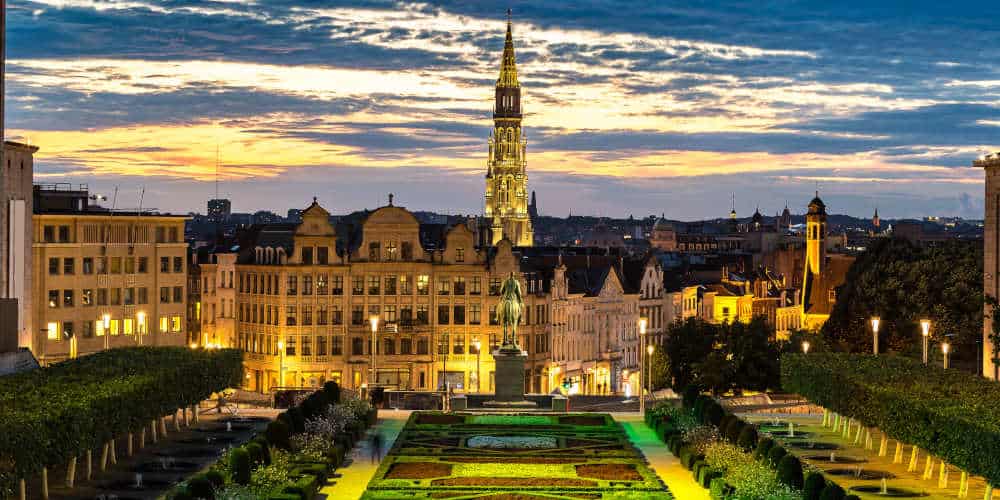
Brussels beer tours
The capital of Brussels is an excellent travel destination. Staying one day in Brussels can be enough, but the city is more than interesting enough to spend a few extra days!
Make sure you reserve enough time in Brussels to plan a beer tasting tour and one of these other sightseeing trips in Brussels !
Brussels Beer Tasting Experience
The Belgian Beer Tasting Experience in Brussels is a 2,5-hour tour which takes you to 3 iconic bars where you get to taste 4 famous Belgian ales.
Your experienced local guide walks you through the city and explains the history of the different types of ales. You can expect to learn a few notable facts about the different brews of Belgium.
And of course, you will have an awesome time with the other travelers that join the tour.
The Beer Tasting Experience is a relaxed and fun tour to join in Brussels.
After the tour, you get a bottle of Trappist to take home with you!
Check out the Brussels Beer Tasting Experience
Small group Brussels Beer Tour
If you need more than 2,5 hours for tasting, check out this popular beer tasting tour in Brussels, which lasts for 4 hours. Tours start in the early afternoon.
With a small group and a local guide, you’ll venture out in the city of Brussels to taste a selection of 8 Belgian brews, complete with cheese and snacks.
Some of the brews in this tour are: Chimay, Faro, and Orval.
Your professional guide takes you to some of the oldest taverns in the city and you’ll get a chance to explore a lesser known part of the city.
During this tour, you’ll get to know a lot of interesting facts about Belgian beer and the city of Brussels.
Check out the small group tasting tour in Brussels
The Famous Hungry Mary’s Chocolate and Beer Tour
As for Brussels Beer tasting excursions, Hungry Mary’s Chocolate and Beer tour is the most popular and most famous of them all.
During this 4,5-hour tour, a variety of delicacies is coming you way!
You start your way through Brussels on foot, accompanied by an expert local guide.
The journey starts off with visits to the very best chocolatiers in Brussels and you get to taste a lot of goodies!
In between the chocolatiers and pubs, you pass by some of the most interesting landmarks in the city.
At the Grand Place, several historic and beautiful pubs await you and your group.
On the menu: multiple famous Belgian beer samples, like: Trappist, Lambic, Kriek, Doubles, and Triples, …
A great plus: the guide is super loveable and funny!
Check out Hungry Mary’s Chocolate and Beer Tour

Bruges beer tours
Steady on the second place for ‘most popular destinations in Belgium’, Bruges is one you can’t miss. And in Bruges, there’s also some awesome beer tasting to be done.
You can expect a few local brews to be on the menu of these excursions.
Most visitors stay in Bruges for more than one day, which gives you enough time to include one of these delicious tasting tours!
Bruges Brewery Tour + Chocolate and Beer Tasting
The Bruges Brewery Tour is a 3-hour excursion that includes everything you need for the beautiful city of Bruges.
During this guided tour, you’ll visit the Halve Maan brewery, where the famous Brugse Zot is brewed. You’ll also enjoy a 3-course lunch inside the brewery.
Aside from the brewery visit, you also get to see the most important landmarks in the city and visit the Choco Story museum, where you can learn about the history of cacao beans and see how chocolate is made today.
This is one of the most popular and interesting tours you can do in the city of Bruges. It’s a full city tour that shows you all you have to see with the extra chocolate and beer tasting!
Check out the Bruges Brewery Tour
Bruges Beer Experience - Museum ticket
The Bruges Beer Experience is the actual beer museum in Bruges.
In this museum, you can discover the stories behind the brewing heritage of the monks in Bruges.
You’ll learn how to pair beer with food and the details about the local drinking culture.
This museum also has an on-site bar where you can buy over a dozen Belgium brews.
Check out the Bruges Beer Experience Museum

Ghent beer tours
Like Bruges, Ghent is also an interesting destination, where you can easily spend some time. Most itineraries count a half day for Ghent, but you won’t be bored if you stay a little longer!
Authentic Beer Tasting Journey
The Authentic Beer Tasting Journey is a 2,5 hour tour through the cozy streets of Ghent.
Your expert guide takes you around the city with regular stops at some of the most beautiful bars in town.
Each of the bars is known for its excellent selection of brews and you’ll get to taste some of the delicious drinks at each stop.
You can expect to learn a thing or two about the history and brewing culture in the region, while tasting a variety of different drafts. And to top it off, you also get to taste Belgian cheeses and other local snacks with your drinks.
Check out the Authentic Beer Tasting Journey

Antwerp beer tours
The city of Antwerp is an underestimated destination in Belgium and sadly, we see that it is left out of many itineraries. Still, the city is super beautiful and it has a lot to offer for travelers.
First of all, there are quite a few beers made in Antwerp, so your tasting tour will be filled with tasty local drafts. And Antwerp also has quite a few monumental landmarks to visit!
Antwerp Beer Tour
The Antwerp Beer tour is a 3-hour walking tour through the city of Antwerp.
You’ll discover some of the most interesting sightseeing stops and of course: pubs!
Taste 6 exquisite brews, all made in Antwerp, in the most authentic locations around the city.
Your professional guide takes you to some iconic taverns and pubs, where you get a taste of the best brews in the region. With each of the beers, your expert guide explains about which brew you’re tasting, how it’s made, and what’s in it.
In the tasting palette, some strong brews are included, so these will only be samples, while others will be full pints.
Check out the Antwerp Beer Tour
Visit the Antwerp brewery of De Koninck
The brewery of De Koninck is one of the last breweries in the city of Antwerp and it’s also one of the few breweries you can visit independently.
During this interactive brewery tour, you can follow along with an audio guide that will lead you through the brewing process.
De Koninck Brewery is a beautiful place and the exhibit is very interesting and nicely laid out.
Get admission tickets to De Koninck Brewery

The mother of all beer tours in Belgium!
If you really want to dive into the Belgian beer culture, definitely consider this tour! It takes you to all the interesting places you need to see. Plus, you get the beer tastings and local cuisine on top of it!
8-day Belgian beer tour
You really want to indulge in Belgian beers for a few days and truly explore the local drinking culture?
Then this is the ultimate trip for you.
Different areas of Belgium have different breweries and specific tastes in beer. You can only really understand what beer is to Belgium if you get a little taste of everything.
This awesome small group tour lasts for 8 days and it takes you to all the important landmarks of the Belgian brewing culture.
Most breweries are not open to visitors and it can be difficult to get in as a visitor. After all, the brewing process is supposed to remain a secret in order to keep distinct differences in taste.
G Adventures has a few inside connections that allow travelers in this tour to get as close as possible. So this tour brings you as close as possible to the Belgian breweries and abbeys.
The 8-day Belgian Beer Tour starts off in Brussels, before heading to the abbey of Rochefort, where you get a sneak peek into the abbey. The next day, you’ll visit Orval and Chimay, before heading over to the iconic city of Bruges. In Bruges, you can visit a local brewery and see the brewing process. Then, Westmalle and Antwerp are on the list, with a quick stopover in Achel.
During each stop, you get a chance to discover the city and explore some of the most important landmarks.
If you’re a beer lover, this tour is an all-in trip to Belgium, with a few beer introductions along the way!
Check out the 8-day Belgian Beer Tour
Conclusion - Beer tours in Belgium
As you can see, there’s a variety of available beer tours, brewery tours, museums, and beer tastings available in Belgium.
Most of these are NOT actual pub crawls and you shouldn’t expect these tours to be drinking feasts. During a local beer tour, you’ll get to learn a little about the culture and history, while tasting / sampling some of the most iconic Belgian beers along the way.
The most popular travel destinations in Belgium are Brussels, Antwerp, Bruges, and Ghent. So, we got you a few tours in each city.
If you really want to submerge into the rich brewing culture and history of Belgium, we definitely recommend taking the 8-day Belgian Beer Tour, where you get to see a lot of different places which all have an important part in the brewing history of Belgium.
During this trip, you visit the actual abbeys where monks started brewing decades ago!
Hopefully, you found the perfect excursion for your needs in this list, and we hope you enjoy your trip to the tiny, but pretty Belgium!
You might also like

7 of the best Brussels tours you can do right now!

Plan your trip
Step-by-step guide to plan your trip
Find accommodation
Upgrade your trip & sleep comfortably
Get travel insurance
The best travel insurance for Europeans
Get a global travel card
Get cash & pay anywhere
The perfect 1 day itinerary for Bruges

Finest Boutique Hotels in Bruges – 12 Stunning Gems!

2 days in Brussels: Unleash Your Wanderlust
Join our tribe.
Want to get the best travel tips and ideas, right in your mailbox?
Don’t worry! We won’t be spamming you!
- How to plan an International Trip
- Get Travel Insurance
- Get a Global Travel Card
- Find Accommodation
- Save Money while Travelling
- Get the right Luggage
Destinations Europe
Destinations americas, travel styles.
- Travel by train
- Travel by Motorhome or Van
- Go City Tripping
- LGBTQ+ Travel
Destinations Asia
This website uses cookies to ensure you get the best experience on our website. by continuing to browse on this website, you accept the use of cookies for the above purposes..

Belgium Beer Tour
“we had a wonderful time experiencing belgium’s beer culture. this is absolutely a must-do bucket list trip for any beer enthusiast.” – cara j., belgium beer tour guest.
On this seven-day Belgium Beer Tour, we will visit many breweries, new and old, to learn more about the people, their history, and the beers they brew throughout this beautiful country . We’ll also visit several of Belgium’s renowned Beer Cafés along the way, all the while enjoying what might come as a surprise to some – delicious food that blends traditions and mixes the multiple cultures in Belgium.
Since the first Crusades the Church allowed abbeys to brew and distribute beer as a fundraising method. Trappist monks carry on those deep traditions today with their dark, sweet, complex ales while Belgian craft brewers create their own rich brewing history by experimenting with modern beer flavors. You’ll get to taste a wide variety of these beers throughout the week.
Life is short and so it makes sense to maximize your time in Belgium. This seven-day vacation does just that. We tour much of the country, staying in four different cities and villages including Ghent, Bruges, Ypres, Watou, and Brussels. We will visit over a dozen breweries, abbeys, and beer restaurants, and your Hosts will show you some of our favorite off-the-beaten-path Beer Cafés while introducing you to some of our favorite people in Belgium’s beer culture.
Related Blog Posts:
10 Best Hidden Gem Beer Bars in Flanders, Belgium Know Before You Go: The Do’s and Don’ts of a Beer Tour 7 Must-Trys When Visiting Belgium
Curated Experiences
- Create your own private trip with a minimum of only 4 people
- Take private, custom brewery tours with our local brewer and beer guide, Yannick
- Experience Belgian cuisine, including locally-made cheeses & chocolates
- Visit breweries such as Brasserie Cantillon and brewing abbeys such as St. Sixtus Abbey
- Stay in unique accommodations including a B&B attached to the St. Bernardus Brewery
- Extend your stay to enjoy the BXL Beer fest in Brussels after the tour
“ It was great. Thought we got way more than our money’s worth with the amount of food & drinks included in the tour. It makes me want to use Taste Vacations for our next trip. ” -Belgium Beer Tour Guest

Please Note: We may need to adjust our itinerary to accommodate any changes that may have occurred with local establishments over the pandemic. We will keep you informed of these changes and promise to find equal or better experiences if needed.
Belgium Beer Tour Details
- Private Tour Only: Choose Your Own Date
- Trip Price Per Person (4 – 5 people): $5,050
- Trip Price Per Person (6 or more people): $4,650
- Single Supplement: $900
- Guide: Yannick de Cocquéau
- Minimum: 4 people
- Meals: Breakfasts & dinners included, except for dinner on Day 4 when lunch is included. Lunches are specifically left on your own on this tour, unless otherwise indicated, to give you the freedom to wander through the many towns we visit.
- General Tour FAQs
Private Tour Bookings
- Private Tours are available to book with your own group on any date you choose, given guide and lodging availability
- Please note – Our pricing is based on double occupancy lodging. If upon finalizing your private trip, your group has a solo traveler in a room without a roommate, the single supplement becomes mandatory. This amount will differ depending on the itinerary. Please contact our tour operations team for more details.
- Customizations to the above itinerary are possible with additional per person fees
Have Questions? Request a Free Consultation
Tour Itinerary
Day 1: brussels.

Welcome to Belgium! Home of delicious fries, waffles, and of course, beer!
Our adventure starts at 1:00 PM , allowing you to arrive in Brussels this morning or the day before (which we highly recommend). After a quick orientation, we head out to our first brewery of the tour, the legendary Brasserie Cantillon ! Cantillon is known for using natural yeasts that are present in the air around us for fermentation and is one of only two lambic breweries still in operation that produces nothing but authentic, unsweetened, unfiltered, unpasteurized lambic.
This evening we’ll enjoy a wonderful welcome dinner of Belgium’s classic food specialties and beer cuisine at a local restaurant.
To cap off the night, we’ll check out a few of Brussel’s world-famous beer cafes to raise a toast to the start of our beer adventure.
Day 2: Ghent & Environs

After breakfast, we’ll head on the road to one of our favorite cities in all of Europe – Ghent! (which also just so happens to be the home city of our trusty beer guide, Yannick.)
Before reaching Ghent, we’ll stop in the town of Gooik for a tour and tasting at the renowned Gueuze and Lambic brewery, Oude Geuzestekerij De Cam . All of De Cam’s offerings are strictly traditional, using traditional ingredients, methods, and techniques.
Back on the road, we’ll stop for lunch at one of the best beer restaurants in the area, Heeren Van Liedekercke , before heading into the city. We’ll then check into our hotel, drop off our luggage, and set out to take in the Ghent’s history, architecture, culture, and of course, its beer heritage, all on a lively walking tour. We’ll end our walk at one of the newest breweries in Ghent, Dok Brewing Co , where they love to try out new styles and flavors, all while keeping their proud Belgian beer tradition in mind. We’ll take a tour of their brewery, enjoy a beer tasting, and sit down to enjoy a delicious dinner. For dessert, we’ll indulge in some delectable Belgian chocolates, paired with beer, of course!
Day 3: Bruges

This morning we’ll check out of our hotel and get on our way to the city of Bruges. Bruges is known for its rich history, impressive architecture, tasty food, and great beer cafés.
We start our exploration of Bruges by whetting everyone’s whistle with a visit and tasting of Brouwerij Fort Lapin , a rather new brewery named after the fortress built in 1664 to protect Bruges’ commercial hub. We’ll chat with the brewer and founder, Kristof Vandenbussche, an outspoken entrepreneur from the area. Kristof had been brewing as a hobby for ten years before taking the final step from beer lover to professional.
You’ll then have a chance to walk through the fairy tale streets of Bruges and enjoy lunch on your own. We recommend eating at one of the last remaining family-owned breweries in the Bruges city center: Brewery De Halve Maan . You may have heard about the new 2-mile beer pipeline they recently built leading from their brewery in the city center to their bottling plant in an industrial area. The pipeline carries 1,500 gallons of beer an hour at 12 mph, which has saved them hundreds of truck trips a year. When you see the narrow, historic streets of Bruges, you will wonder how the tankers ever made their way through originally!
After lunch, you have the option of exploring the beautiful streets of Bruges on your own – or head out for another wonderful brewery! If you chose the brewery, you’ll experience a special brewery tour and blending session at Bourgogne des Flandres . Bourgogne des Flandres specializes in the Flemish beer blending tradition of mixing fresh beer with aged beer to create a perfect balance of flavors. It also happens to be the “home brewery” of our guide and brewer, Yannick.
Tonight’s dinner is at a local restaurant with a wide range of Belgian beers.
Day 4: West Flanders

After checking out of our hotel and loading up our luggage, we start our day with a tour and tasting at the Rodenbach Brewery , where they have world-renowned cask halls with 294 oak casks, some of which are 150 years old. Rodenbach has a rich history that extends back to 1821. We’ll have a chance to taste their well-known barrel-aged sour beers that are brewed in the Flemish red style.
Our next stop is a sobering but powerful visit to sites of great importance memorializing the region’s dark WWI history. These beautiful memorials are a solemn reminder of not only Belgium’s but the world’s history.
We will then head to the city center where the WWI Battle of Ypres had reduced the town to rubble and was almost entirely destroyed. After the war, the citizens of Ypres meticulously reconstructed the town’s most important buildings, which in turn give it modern-day medieval feel today. You’ll have free time to walk around, grab lunch on your own, and even visit the Flanders Field Museum.
Later, we will reconvene and check out a newer brewery that opened in 2014 but is housed in a building with quite a bit of history. Kazematten ‘s building was originally built as part of Louis XIV’s fortress back in the 1680s and used for storing weapons into the 20th century. We’ll get to taste their Grotten Sante, a spicy dark brown beer, and their Wiper Times 14, a highly fermented blond beer. We’ll finish our visit with a delicious dinner at Kazematten’s restaurant.
To end our day, we will walk to Menin Gate to experience the Last Post Ceremony, a simple but moving tribute to the courage and self-sacrifice of those who fell in defense of their town.
Day 5: Watou

Today, we start our day by heading to the biggest beer store in Belgium – Dranken Vanuxeem ! You’ll be able to walk through aisle after aisle of wonderful beer, and perhaps purchase a few souvenirs to pack in your suitcase for the journey home.
We’ll then head to the WWI experience at Plugstreet 14 – 18 . The village of Ploegsteert played an important role in WWI. It seemed perpetually on the front line as territory was won, lost, and won again along the border between Belgium and France.
After, we’ll have lunch on your own at Hollemeersch , known for its West Flemish specialties before a very special visit to De Moare Microbrewery, owned by our friend, Jan Courtens. We’ll also stop by a small local hop farm to learn how this vital crop is grown in Belgium to produce their famous beers.
We’ll continue making our way through fields of wheat, barley, and hops to arrive In de Vrede at St. Sixtus Abbey, a fully functioning abbey where the monks are world-famous for producing fantastic Westvletren Belgian-style beers. This used to be one of the only places in the world where you could buy these highly sought-after beers. Though the monks have made the beer available for sale online, it doesn’t take away from experiencing the abbey firsthand. We’ll have time to stop in for a beer (or two) before heading to a rousing game of Boltra ( we’ll explain the rules, don’t worry!).
After, we will head to St. Bernardus Brewery in Watou, where we will be staying overnight as they have a quaint B&B attached to the brewery. St. Bernardus historically brewed the beer for the Sint Sixtus Abbey but they parted ways in 1992. Since then they’ve retained the recipes, including the famous Westvleteren 12 (called St. Bernardus Abt 12), which RateBeer awarded “Best Beer in the World” in 2006, 2007, 2010, 2012, and 2013. Unfortunately, in 2022, we will not be able to tour their brewery as they are renovating but we will certainly be able to taste their delicious beers.
We have some time to relax before enjoying dinner at Bar Bernard , St. Bernardus’ new restaurant and roof top bar – making it easy to have a few beers and turn in for the night.
Day 6: Poperinge

This morning we’ll enjoy a lovely breakfast in the conservatory at the St. Bernardus B&B before making our way to Struise Brouwers , which started in an old barn on an ostrich farm (hence their coat of arms on their labels). They are known for their Pannepot, a strong dark ale whose name references a traditional style of fishing boat in the De Panne area.
After, we’ll visit Feysbook to learn all about an important piece of Belgium’s brewing history. Brewery FEYS was one of Belgiums’ biggest breweries of its kind, especially before and around the first World War. It was a unique concept because of the industrial scale at that time, and the combination of the brewing and malting process in the same location. The brewery stopped brewing in 1965 but has recently been renovating and modernizing the facility to relaunch in the near future.
We’ll then head to Seizoensbrouwerij Van de Walle , a small-scale brewery with a family brewing tradition whose roots reach deep into the 18th century and focuses on using local hops and cherries. After, we’ll make a stop at an iconic Belgian biscuit (cookie) factory, Jules Destrooper .
For our farewell dinner tonight, we will enjoy a visit and tasting at Brouwerij Gulden Spoor , and finish with a delightful meal at their family restaurant, t’Rusteel .
Day 7: Kortrijk & Brussels

On our final morning, enjoy a leisurely breakfast before making our way back to Brussels. We’ll start with a historical walk through the city with a stop at a brewpub, Brouwerij Ruimtegist, before heading to the train station where we will purchase your tickets and your guide, Yannick, will accompany you back to teh city.
You may want to add on a few days in Brussels after our tour to enjoy the BXL Beer Fest which focuses only on independent breweries that produce nothing but quality craft beers. A great way to end your trip to Belgium!
Belgium Beer Tour Highlights
- Cantillon – Brussels
- Oude Geuzestekerij De Cam – Gooik
- Dok Brewing Co. – Ghent
- Brouwerij Fort Lapin – Bruges
- Bourgogne des Flandres – Bruges
- Brewery De Halve Maan – Bruges
- Rodenbach Brewery – Roeselare
- Kazematten – Ypres
- De Moare Microbrewery – Heuvelland
- St Bernardus Brewery – Watou
- In de Vrede at St. Sixtus Abbey (Westvelteren) – Watou
- Struise Brouwers – Oostvleteren
- Brewery FEYS – Alveringem
- Seizoensbrouwerij Van de Walle – Lo Reninge
- Brouwerij Gulden Spoor – Wevelgem
*Please note updates to the outlined itinerary may occur due to changes in availability of breweries and to accommodate new opportunities that arise.

Tour Accommodations
- Night 1: NH Collection Brussels Centre – Our hotel for our first night has been freshly renovated and is located in the heart of historic Brussels. We are a kilometer from the central train station and less than half a kilometer from Grand-Place, the central square of Brussels.
- Night 2: Hotel Harmony – Perfectly located along the riverfront in the heart of the historical City Center of Ghent, our hotel for the next two nights offer well appointed yet comfortable accommodations.
- Night 3: Hotel Acacia – Located in the historic center of the Bruges (a UNESCO World Heritage Site), and in the middle of all the action.
- Night 4: Ariane Hotel – In the heart of quaint Ypres, you’ll enjoy family hospitality in a modern hotel, just a few blocks from the Flanders Fields Museum and historic Menin Gate.
- Night 5: St.Bernardus – Attached to the St. Bernardus Brewery, this charming B&B is located just outside of Watou town center. Though the accommodations are quite simple, what could be more fun than staying the night in a brewery?
- Night 6: Hotel Damier – Hotel Damier is the place where history has been combined with contemporary charm, it is a hospitable hotel where service comes first. A charming 4-star hotel, situated in the city center of Kortrijk, with a classified facade from 1769.
Please note: Hotels are subject to availability. If listed hotel is not available at time of tour, a hotel that is equal or better to the original will be secured.
What is Included
- All Local Transportation
- Double Occupancy Lodging
- Breakfasts and dinners, except one dinner on Day 4
- All Scheduled Activities and Brewery Visits
- Beers During Organized Tastings
- Professional Tour Guide
Not Included: Travel to and from destination, most lunches unless otherwise indicated, beer with meals, personal expenses, and optional gratuities to local staff and your guide. Travel insurance is also not included, though we highly recommend it. Check out our Travel Insurance page for more information.
Arrival & Departure
We meet in the early afternoon in Brussels, allowing you to arrive that morning or on a prior day as you wish. Getting to our meeting place at the hotel in Brussels from the airport or train station is easy and we will provide complete information in your Pre-Departure Packet.
Our adventure ends in Brussels mid afternoon on our final day. You can extend your stay in Brussels, hop on a return flight home, or easily take a train wherever your next adventure lies!
Additional Info
- Frequently Asked Questions
- Taste Connect Group
- Alumni Benefits
- Media Center
- Travel Professionals Hub
- Our Equity Plan
- Climate Change Pledge
Get In Touch
- 888-758-8687 – Ext 708
- Request a Catalog
- Taste Vacations® Blog
- Choose An Itinerary
- Book a Tour
- Request a Free Consultation
- Host Your Organization
- Collaborative Partnership Inquiry
- Zephyr Adventures
- Travel Montana
GET TRAVEL INSPIRATION DELIVERED DIRECTLY TO YOUR INBOX
Receive news, travel tips, and updates about all things Taste Vacations.
© 2024 Taste Vacations®. All Rights Reserved. | Privacy Policy
- 888-758-8687 Ext 708
- Sign Up For Our Emails
- Collaborative Partnerships
- Tour Catalog
- BELGIAN BEER
Discover the beer and breweries of Belgium.

Brussels Beer Challenge 2019, and the winners are...
BRUSSELS/MONS - We’ve made our way down to the historic city of Mons (Bergen) for the eighth edition of the internationa ... [ more ]

Brugge Tripel contributes to renovation of Burgundian chapel of worship
BRUGES - This city draws you back in time to the heydays of the Burgundian era. After years of renovation works the Gruu ... [ more ]
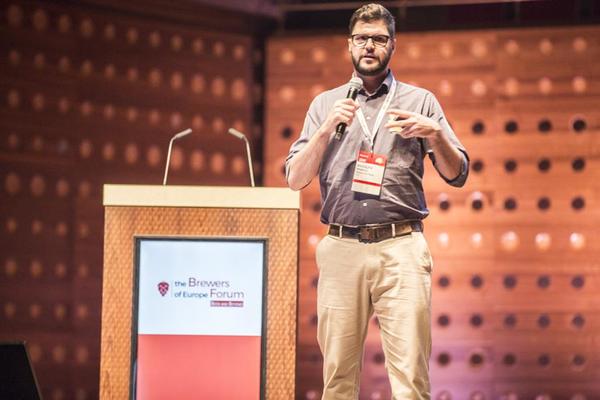
Brewers of Europe Forum 2019: Craftsmanship on the old continent
ANTWERP - Brewers from 59 different countries flocked to attend the Brewers of Europe Forum 2019 in the prestigious Quee ... [ more ]

Craftsmanship and balance at brewery Van Steenberge
ERTVELDE - To track down a brewer within his own domain is a high-ranking form of sports, or that’s the impression I get ... [ more ]

Brussels Beer Challenge 2018 - The results!
MECHELEN - The historic city of Mechelen, halfway between Brussels and Antwerp, is truly a hidden gem. The presence of t ... [ more ]
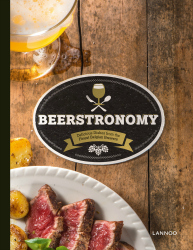
- Belgian Beer

The strong brown dubbel, a beer style that originated in abbey breweries, has evolved into a generic term. Call ‘Dubbel!’ across a café counter and, without exception, you will be served a quite strong, brown beer in which the malt flavours quickly g... [ more ]
Belgian Brewery

Brasserie de Brunehaut want you to taste a real beer. Main brewer Damien Delnest: “Niche beers like our gluten-free, organic Brunehaut Blonde and Ambrée compel us to work in an artisan way. It is quite a challenge to achieve... [ more ]
- Belgian Food

Whether in Wallonia, Flanders or Brussels you will always be able to enjoy a wide array of regional specialties, typical dishes or world class gastronomy. There is some superb produce and enough quality restaurants bistros a... [ more ]

Belgium Travel Guide

Beer, travel and tourism guide for visitors to Genk in Limburg. Information about where to eat, drink beer and visit in and around Genk. [ more... ]

Beer, travel and tourism guide for visitors to Hasselt in Limburg. Information about where to eat, drink beer and visit in and around Hasselt. [ more... ]

Beer, travel and tourism guide for those visiting Kortrijk in Belgium. Information about where to eat, drink, stay and visit in Kortrijk. [ more... ]

A beer, tourism and travel guide for the city of Mechelen in Belgium. Information about things to do, visit, drink, eat and where to stay in Mechelen. [ more... ]

Beer and travel guide for anyone visiting Poperinge, the hops capital of Belgium. Where to stay, visit, eat and drink in or close to Poperinge. [ more... ]

A beer, travel and tourist guide for visitors to the Belgian city of Ypres (Ieper). Information about where to eat, stay and visit in Ypres. [ more... ]

Travel and beer guide for the Belgian coastal city of Nieuwpoort. Information about where to eat, drink, stay and things to do when visiting Nieuwpoort. [ more... ]

Beer, travel and tourist Information about the historic Belgian city of Bruges (Brugge). Things to do, where to stay, eat and drink when visiting Bruges. [ more... ]
_1024x569.jpg?1472673521)
Beer Tourism Prize Draw
By entering you confirm that you are of legal drinking age and agree to our terms and conditions.
Belgian Beer Guide

Well, it is far from a coincidence. In Belgium we are brewing far more beer than we are consuming ourselves. Relatively speaking we are Europe’s largest beer exporter.
Every year, 18 million hectolitres of beer is flowing from the tanks of Belgian breweries and 11 million of this output flows across the border(s), to our neighbouring countries of France, the Netherlands, Germany and the UK as well as farther-flung destinations such as Italy, Spain, Scandinavia, the USA, Japan and China…
Belgian beer is at the pinnacle of quality craft beer and is now a top reference on a global level, attracting the same status as Scottish whisky or Italian wine.
So what makes ‘brewed in Belgium’ so special? Top of the charts has to be our respect for centuries-old tradition. We don’t mean to say that we are living in a dusty beer museum.

In the brewery labs everything is analysed down to the minutest detail. This is how the brewers manage to produce beers of consistent quality. After all, this is what the average beer drinker looks for in their beer.
When he or she orders their usual pils, they will expect the same familiar taste in the glass every single time.
All this sounds far easier than it actually is. And the more accessible the beer, and the less alcohol it contains, the harder it is to produce the same brew time after time.
.jpg?1372534907)
Just to provide an example: most established breweries are having clones of their yeast strains stored in the yeast banks managed by the universities.
The academicians act as advisors for the development of new beers and collaborate with the brewery to find the right strain of yeast.
In the meantime, they have developed a taste for test brewing themselves to the point where nowadays, albeit on a very modest scale, in their own microbrewery they try to resurrect beers that were thought to have vanished from the brewing world.
Family breweries with roots going back to the 19th century or even more ancient have managed to ensure the survival of traditional beer styles, as shown by the story of the Belgian Family Brewers. In addition to the omnipresent pils there is a wealth of other options.

This style of beer is given plenty of time to develop its complex flavours, just like the new generation of top-fermented beers matured in recycled wine, whisky or cognac barrels.
The process allows the beers to absorb the rich aromas and tastes of the alcohol previously stores in these barrels.
One of the finest aspects of Belgian beer culture is that it allows you to re-trace the origin of various traditional beer styles through the ages.

Abbey beers point out the historic importance of the monks, who were the educated people of their time. They advised people to drink beer instead of water as the quality of drinking water, especially in the cities, was way below par.
Two hundred years ago our ancestors used to consume over two hundred litres of, albeit ‘small’ (low alcohol), beer per capita per annum.
Nowadays we like to keep things civilised with a consumption of eighty litres per head, but the beer we enjoy these days is stronger and of a higher quality.
Leafing through this virtual beer guide you cannot help but be ‘sucked into’ the rich Belgian beer world .
You get a taste of the broad story of Belgian beer production or else you zoom in to explore the history of a well-known brewery and its beers. Beer Tourism went online in early 2013.

In addition to our website we continue to showcase the rich Belgian beer culture in different ways through our posts on Google+, Facebook, Twitter, LinkedIn, Instagram and Pinterest.
You can use Beer Tourism as your window on the world of Belgian beer, freshly drawn from the source: the Belgian breweries.
For many years Belgian beers were only talked about outside our country’s borders.
We felt it was high time we turned things around and started wielding our own mashing stick. We do hope you enjoy what we have to offer.

They are also making a contribution to the surprisingly diverse Belgian beer culture. The microbrewers have turned out to be a blessing for the entire beer landscape thanks to their abundant creativity.
They shy away from what is traditional, are lightning-quick when it comes to picking up new trends and know how to translate these into our beer culture.
They ensure that, in addition to ‘balance in the glass’, there is room for what may appear at first sight to be far-fetched experiments.
And so, we are seeing niche beers co-existing happily with the mainstream. This creativity is now also fermenting and bubbling up into the Belgian food scene .
After all the brasseries, taverns and pub-cafés that have found their way towards a good beer.

Hobby cooks are also increasingly using beer in their kitchens. It’s all part of the trend towards ‘terroir’ where we see regional products gaining in popularity.
After all, you will find beers in every region that suit the local dishes particularly well…
Our enthusiasm for beer almost makes us forget that there are plenty of other riches to be discovered in our tiny country on the North Sea.
With our travel guide to Belgium we would like to introduce you to our well-known towns and cities; Brussels of course, but those in Flanders and Wallonia too, all of them rich in both history and (beer) culture.

Just think of Ypres that is mentioned in the same breath as Flanders Fields and the First World War, or Bastogne in the Ardennes, which still bears the traces of the Battle of the Bulge that was fought in the Second World War.
The towns of Bouillon, La Roche and Houffalize take on the splendid colours of the forests of the Ardennes. Leuven, the birthplace of the world’s largest brewery, is laying claim to the title of beer capital. Poperinge is at the centre of Belgian hop cultivation.
Nieuwpoort and Ostend bring you the salty tang of the beaches of the North Sea. So many cities, so many stories in what is after all only a tiny country.
In Belgium you are never more than an hour’s drive away from entering another world where you will find a different culture and sometimes also a different language.
This kaleidoscope of flavours and styles translates into your glass of beer. The good news is that you are never far away from tasting something that will tingle your taste buds. Open up all your senses. Take your time. Enjoy the slight air of inebriation. And above all, do let us know how it all went down!
Erik Verdonck Editor-in-Chief & Artistic Director at BeerTourism.com
You Might Like

Bierkasteel Van Honsebrouck
Kasteel Brouwerij Vanhonsebrouck, well known for it's "Kasteel" beer range, now offers their Bierkasteel beer experience; brewery visit, event location, restaurant, bar and shop.

Brasserie Dubuisson
Brasserie Dubussion prides itself on tradition and taste and has opened a brand new visitors centre, the Beerstorium. Learn about the rich history, beers and brewing at the oldest brewery in Wallonia. You can visit this authentic Belgian brewery, see brewing in action, as well as taste some of their delicious brews for yourself, including their legendary Bush (Scaldis) beer range.

Duvel Brewery Experience
The Duvel Moortgat Brewery caters to everyone’s tastes with 3 different brewery experiences. From complete novice to experienced beer lover, Duvel has the brewery visit package for you.

Bruges Beer Experience
Everything you ever wanted to know about (Belgian) beer under one roof. You get to feel, smell and taste ingredients and discover the typical Belgian beer styles. Come celebrate Belgian beer culture in heart of historic Bruges! Shop and bar are accessible without visiting the museum.

Belgian Beer Culture App
This freemium App for IOS and Android lets you explore and find the best that Belgium's UNESCO recognised beer culture has to offer. Find breweries, bars, restaurants, festivals, events, experiences and beer shops; create you own beer trips and be your own tour guide!
Beer Tourism Newsletter Signup
Enter your name and email address on the right and click "SignUp" to join.
TRAVEL GUIDES
- Sint-Truiden
- Belgian Breweries
- Recipes With Beer
- About Belgium
- Travel Tools
- Beer Travel

The Tour Guide
Humans of Belgian Beer

Words and photos by Ashley Joanna Edited by Breandán Kearney
Humans of belgian beer is a series of photographic portraits which celebrate a people and their culture. .

I n the late ‘80s, while performing comedy in Seattle, Stu Stuart’s girlfriend introduced him to a brand of Trappist beer called Chimay. He had been interested in beer when he was younger, mostly its marketing and design, amassing a collection of beer signs and cans while he was at elementary school in Rochester, Michigan, USA (In 1972, he became the youngest member of the Beer Can Collectors of America). But his first experience with Chimay was his first experience with Belgian beer and he started seeking out pubs that might sell Belgian beers.
After school, Stu studied Journalism at the University of Montana. He then explored various professions—including roles in consulting, commercial real estate, PR, and marketing—before ultimately finding his niche as a professional comedian. It was a career that lasted for 20 years.
Then, in 2004, Stu traveled to Belgium for the first time. “I simply came here because I love Belgian beer and I wanted to explore,” he says. “I wanted to see it all for myself, just once. I thought that would be it. But I fell in love with not only the country, but also the people and culture. I kept coming back.”
Since that trip, Stu has visited Belgium every year since. In 2007, he began teaching a “Belgian Beer Me! Beer Appreciation Class” at the ASUW Experimental College at the University of Washington in Seattle. Some of his students suggested he should lead a beer tour in Belgium. In 2008, he launched “Belgian Beer Me!”, offering three themed beer tours in the country.
Stu shifted from comedy to focus entirely on his Belgian beer tours. When he first started, he was giving tours to just 3 people at a time. Now, his tour groups are generally numbered at 24 people and they have expanded to explore various experiences, from breweries and festivals to cozy beer cafés.
In 2018, Stu became an Honorary Knight of the Knighthood of the Brewers Mash Staff, an honour handed out by the Federation of Belgian Brewers in an enthronement ceremony in the Brewers Guild House in Brussels’ Grand Place. Typically, “Honorary Knights” are importers, retail professionals, politicians, or members of the media: this was the first time a member of the beer tourism community had been recognised.
Stu’s tours are designed around individual preferences and personal connections, incorporating elements and activities that align with his own interests. The result is a distinctive and personalised experience, and tours that are both quirky and special.
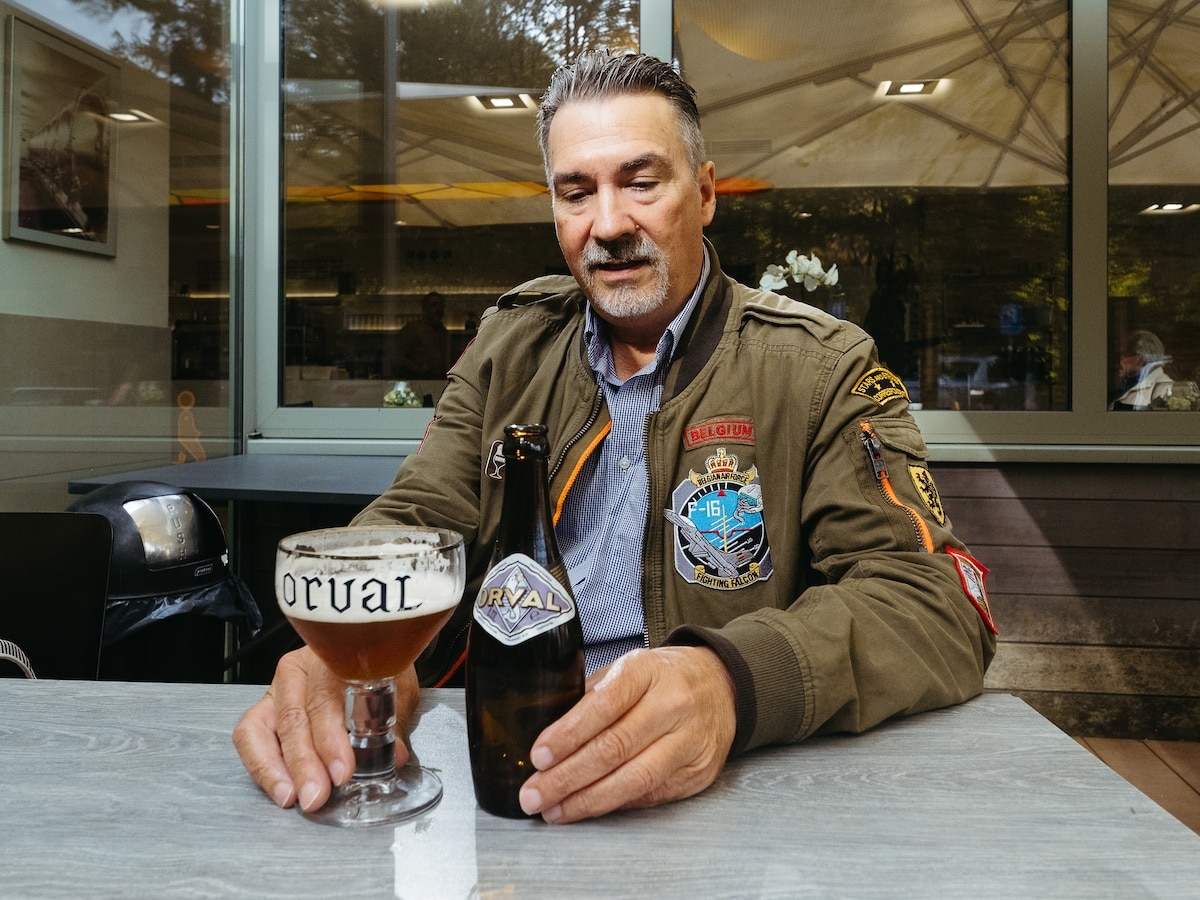
I wanted to see it all for myself, just once. I thought that would be it. But I fell in love with not only the country, but also the people and culture. I kept coming back. Stu Stuart
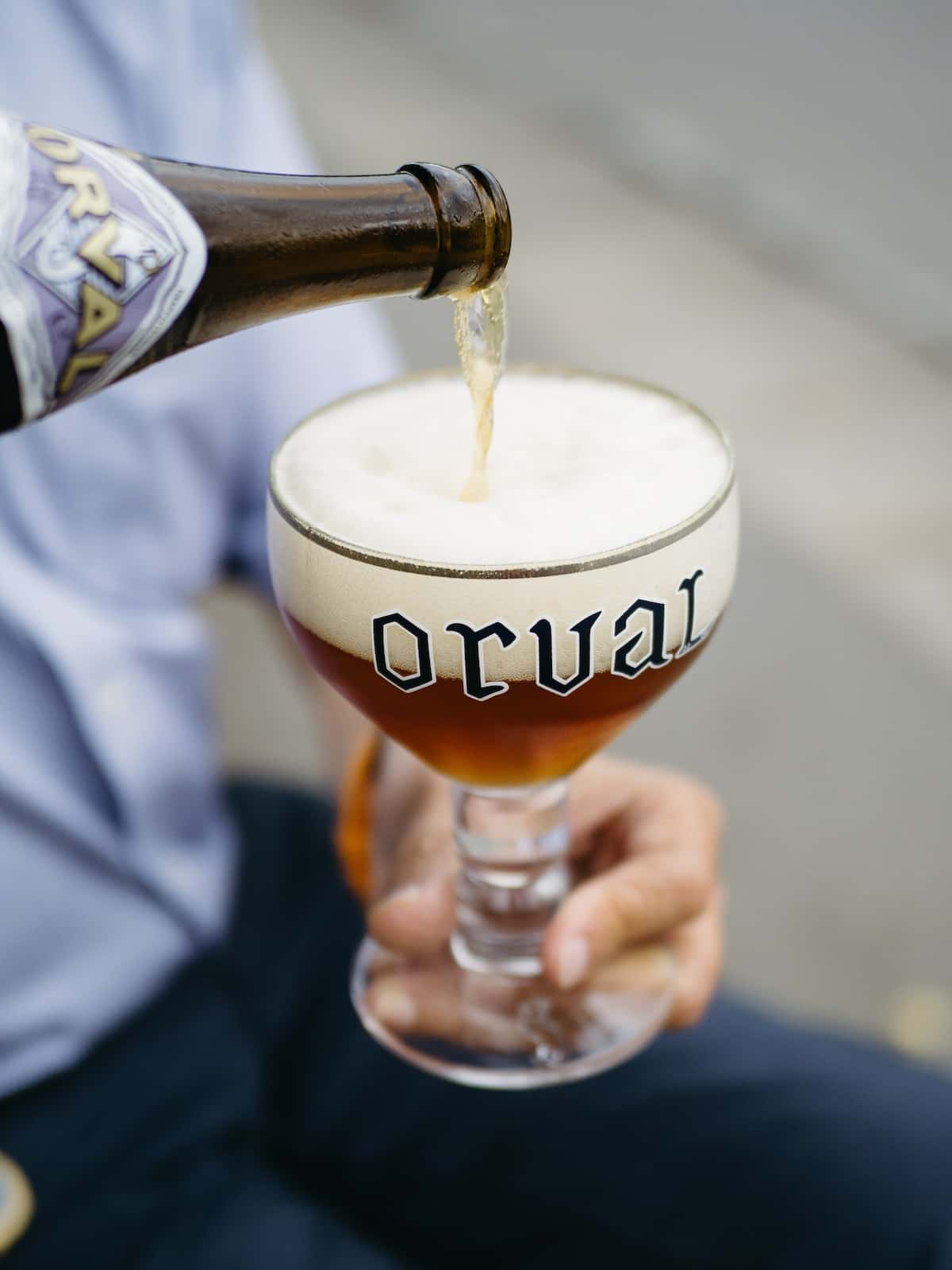
Award-winning stories, podcasts, and resources about Belgian beer and culture.
Privacy overview.
2-FOR-1 GA TICKETS WITH OUTSIDE+
Don’t miss Thundercat, Fleet Foxes, and more at the Outside Festival.
GET TICKETS
BEST WEEK EVER
Try out unlimited access with 7 days of Outside+ for free.
Start Your Free Trial
Powered by Outside
On the Lambic Beer Trail: Searching Out Belgium’s Famed ‘Slow’ Brew
Hidden between the bergs and cobbles of the spring classics country awaits an undiscovered beer lover's paradise..
Heading out the door? Read this article on the new Outside+ app available now on iOS devices for members! >","name":"in-content-cta","type":"link"}}'>Download the app .
BEERSAL, Belgium (Velo) — Lambic beer and discovering the exotic flavors of this growing beer niche was on the agenda at a recent trip to the Tour of Flanders and the spring classics .
We rolled up to the Brouwerij 3 Fonteinen , one of the standard-bearers of Belgium’s Lambic brewing scene.
Taking a break from covering the spring classics, the cold, wind, and rain beat down on us as we ducked into a dimly lit refuge of warmth of the 18th century inn.
“Welcome,” said Michaël Blancquaert, part-owner and head of production at 3 Fonteinen. “Lambic beer is different. It’s made by letting nature do what it wants to do.”
Dating back to traditional methods from the 13th century, Lambic beer is an ancient brewing style based on a process called “spontaneous fermentation,” something that’s enjoying somewhat of a moment.
After nearly falling into oblivion after World War II, a new generation of brewmasters like Blancquaert are pumping new energy into one of Belgium’s unsung brewing traditions.
Belgium is widely regarded as beer heaven. There are endless brews for every taste, from crisp lagers to aged ales brewed by monks following centuries-old recipes.
Lambic beer is taken from an ancient and different page from brewing’s past that enjoying new modern twist.
Think the farm-to-table movement within dining, which focuses on locally sourced products to fill out the menu, and that’s the traditional model behind Lambic beer.
Only locally grown organic barley, wheat, and hops are used in the brewing process.
It’s anti-industrial, and the flavors — forged by brewers called “blenders” — create some of the most unique tastes across the beer universe.
This is “slow” beer at its best.
In between the bergs and cobbles of the northern monuments, the Velo team squeezed out an afternoon to follow the Lambic Trail and search out this revived art.
Geuze and kriek, the mystical blends of Lambic
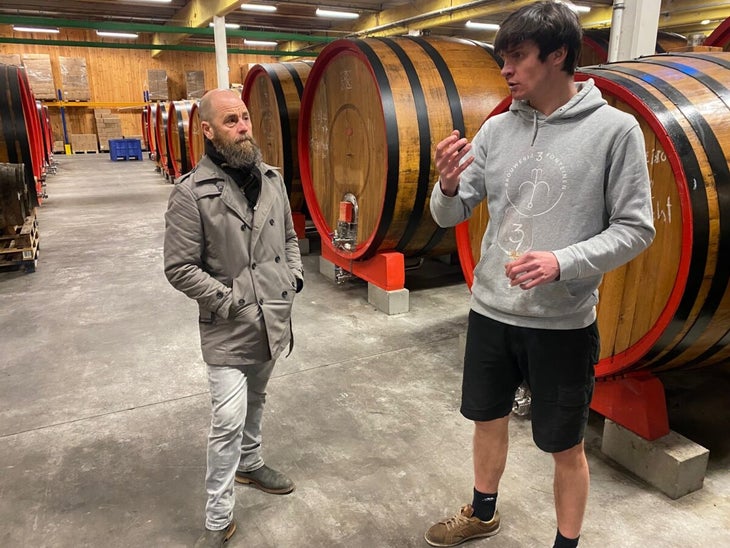
Blancquaert is part of a new generation rediscovering this unique corner of Belgian beer.
A decade ago, the former accountant, he cold-called on an ad he spotted in the local paper. Keen for some new adventures, he signed on as a helper to the family-run brewery.
When the founder and head brewmaster died in 2022, he joined the ownership team and now runs the production side of the operation that also includes bottling, sales, and a restaurant that hosts banquets and tastings.
“I learned everything from the masters and now we are carrying Lambic beer into the future,” Blancquaert tells Velo as we walk past the oak aging barrels. “Every blend is different. There are no two Lambic beers that are the same.”
Lambic is a different twist on what most people think of beer.
The taste is more acidic, akin to cider or perhaps even white wine. Much of the carbon dioxide that gives most beer its bubbles is leaked out during a years-long aging process, so Lambic beer is also referred to as “flat beer.”
Geuze, sometimes spelled gueuze , is another style that is rebottled for a second fermentation process, and delivers a crispy taste that is sometimes called “Brussels champagne” because it’s typically served in larger bottles.
The Lambic brewing process relies on what’s described as “natural” fermentation, when the locally harvested barley, wheats, and hops are boiled down into a wort that is then fermented in open-air vats that transform the sugars into alcohol.
The process taps airborne yeast and bacteria that are unique to the Senne River valley. Aging in oak barrels can take up to five years to complete the maturation process, and Lambic beer is born.
Keys to Lambic’s unique taste are a mix of ingredients, brewing processes, and blends that deliver the famous cherry beers — kriek — but can also include any mix of seasonal fruits and berries.
“We work with local growers to have the freshest ingredients,” Blancquaert explains. “The flavor is something unique for beer lovers.”
Every weekend, the brew houses fill with beer lovers from Brussels and beyond who soak up the tasty buds in what’s a world apart from the bustling Belgian capital just 15km away.
Belgium is beer lover’s paradise
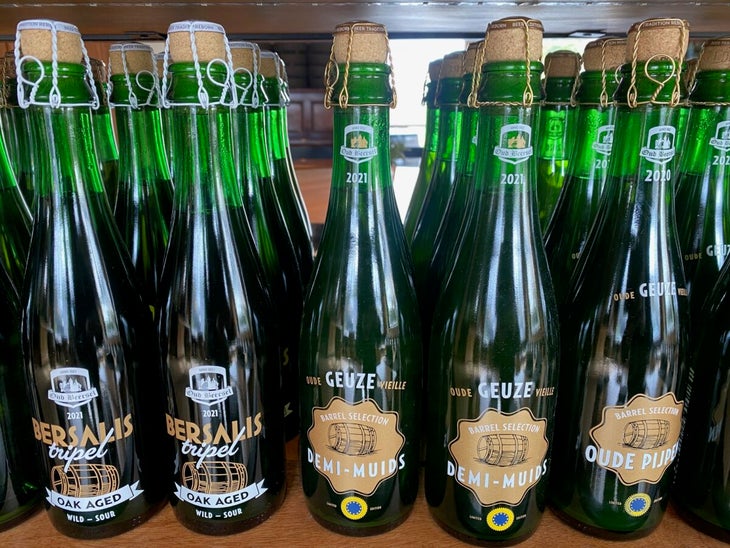
Beer and Belgium are synonymous, and for good reason.
Some of the world’s best and most exclusive brews bubble up across the country.
According to government statistics, there are 1,500 unique beers brewed in Belgium, ranging from the popular brands like Jupiler and Stella Artois, to the recent boom in craft beers, micro-breweries, and brew pubs.
At the top of everyone connoisseur’s list are the exclusive Trappist breweries. There are only 14 in the world allowed to use the “Trappist” trademark, six of them are in Belgium, and three — Westvleteren, Achel, and Westmalle — are in Flanders.
Deep in the heart of Flanders, cycling and beer are joined at the hip.
It’s no mistake that the most famous climb at the Tour of Flanders has its own namesake beer dubbed “ Kwaremont .”
Not only do fans guzzle gallons of the stuff during the spring classics, there’s no better post-ride reward than a nice quaff of the cold stuff.
Beer and Belgium are so deeply intertwined that UNESCO in 2016 officially recognized the “beer culture in Belgium” as part of the “List of the Intangible Cultural Heritage of Humanity.”
If that doesn’t deserve a toast, what does?
“Boon Millésime 2020” is a delicate traditional fruit beer based on ‘Belgian Schaarbeekse Cherries’ and Lambic. 270 grams of create an intense, wine-like and elegant cherry aroma. Cheers! #lambic #kriek #oudekriek #schaarbeeksekriek #beertour #beertasting #birra #cerveza pic.twitter.com/Nto7H0zBOE — Lambic Tours (@lambictours) April 19, 2024
Lambic beer falls outside the most renowned range of Belgian brews, and sales only account for a small percentage of the beer market, but is slowly carving out its own niche.
The traditional brewing style almost evaporated in the post-war years in the 1950s and 1960s, but a revival is seeing the largely unknown beer class earn the respect it deserves.
Regional tourism authorities are promoting the Lambic belt via a series of brewery tours linked by a network of hiking and cycling routes.
During a recent break at the spring classics, the Velo crew hit the Lambic Geuze route that connects several breweries via a sign-posted cycling route. There’s also a hiking alternative that loops around the hills south of Brussels.
These all-day, self-guided routes connect to some of the better known Lambic brewhouses and local cultural highlights, and allow curious visitors to have an inside peek at this all-natural, slow-go brewing style.
During a recent break at the spring classics, we dove in for a first-person tour. It’s worth the sweat equity.
Life in the slow lane, Belgian style
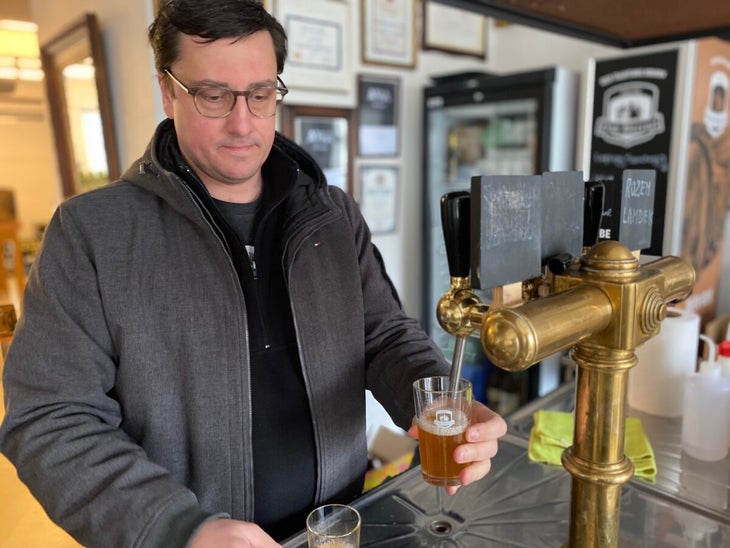
Sometimes the connection to beer runs deep.
Geert Christiaens was a business man in the Brussels area who grew up loving his Lambic beer. By the 1980s, however, the breweries were starting to close down.
Each weekend, Christiaens and friends would hit local brewhouses and enjoy the traditional tastes and flavors. One his favorites brewhouse dated back four generations to 1882, but in 2003, the last of the patriarchs retired.
Rather than see it close, Christiaens decided to buy it.
“There used to be 100 Lambic breweries, but they hit hard times in the 1950s and 1960s,” he told Velo . “Pilsner beer was growing in popularity after the war. It was easier to make and easier to transport. By 2008, there were only a few Lambic breweries left.”
Nine, to be exact, and Christiaens joined a growing movement of a new generation re-entering the Lambic beer trade.
He bought the “Oud Beersel Bierkelders,” and updated its look with a cozy interior with tasting menu of both beer and locally sourced foods.
He produces, ages, bottles, serves, and sells different tastes of the geuze and kriek beers, with the weekend crowds spilling out onto patios and an expansive garden.
Today there are more than 20 Lambic breweries, and the number is slowing growing as the popularity catches on among beer connoisseurs .
“Lambic is natural beer. There are no additives or chemicals, and it’s brewed using all natural products,” he said. “There is a new interest in quality, and that’s what Lambic offers.”
Christiaens is also part of a Lambic brewmasters association that includes more than a dozen producers, and he’s learned the craft from the masters. The aging brewmaster at his place died in 2018, and he’s finally taken over the operation from front to back.
“Lambic beer is different and it’s a labor of love,” he said. “There’s nothing industrial or rushed about it. It’s allowing nature to do the work on its schedule.”
The final product is one of the most intriguing flavors a beer lover can indulge.
Natural fermentation creates unique flavor
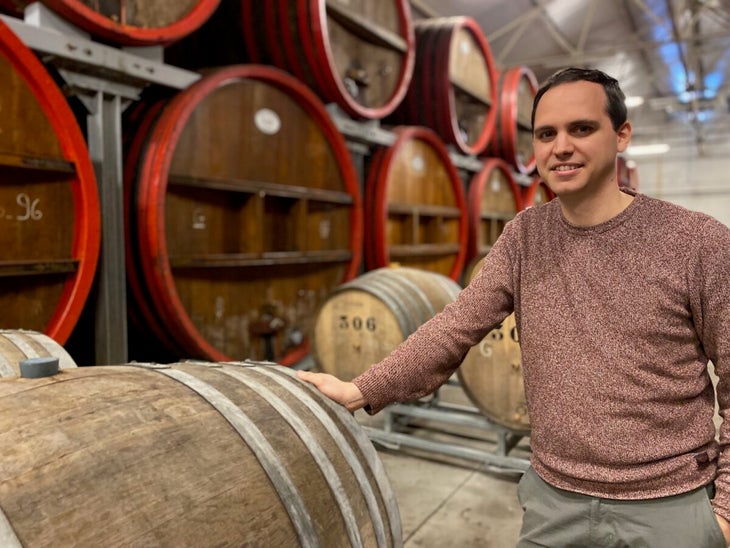
The Lambic beer country is located primarily in the hill country south and west of Brussels called Pajottenland.
Similar to a wine denomination, the beverage must be brewed within the region to be considered true Lambic beer.
That’s about 75km further east of the famed climbs of Tour of Flanders, but it’s tucked within the Flemish Brabante region that hosts the Brabantse Pijl race every spring.
It’s within easy access of anyone visiting the spring classics who might be based in Gent or Kortrijk, and is well worth a detour.
We visited three breweries on our all-day tour, and also made a stop at the Boon Brauwerij, a brewery opened in 1975 that was at the vanguard of the Lambic beer revival.
Today the brewery is one of the largest producers of Lambic beers. The founder’s two sons run the shop these days, and we got a tour from Karel Boon, a second generation owner.
“Lambic beer is the most complex to make,” Boon said as he walked us through the brewery’s facilities. “We are trying to mix modern with traditional techniques. It produces a very dynamic taste.”
Lambic beer is sometimes compared in taste to cider or even some varieties of white wine, which has about the same acidity as Lambic beer. It’s a sharper taste on the palate than traditional beer, and to off-set the bitterness, Lambic beer is often blended with seasonal fruits.
The kriek style, or cherry beer, is perhaps the most renowned Lambic beer flavor.
Lambic beer can only be brewed in a four-month window across the late fall and winter with the right combination of elements.
“It’s in the hands of God,” jokes Boon. “Every steep needs to be perfect. The attention to detail is critical and it cannot be rushed.”
And drinking it should be savored as well. A Lambic beer tour is a worthy diversion next time you’re in Belgium for cycling and races.

Popular on Velo
What’s it like to be an American cyclist living in France? Watch to get professional road cyclist Joe Dombrowski’s view.
Related content from the Outside Network
One way south, mountain bikers react to their first taste of non-alcoholic craft beer, video review: bmc urs 01 two gravel bike, kiel reijnen vuelta video diary: the painful decision to abandon.
Great Trips... Made Better With Beer!

Care for a Beer?
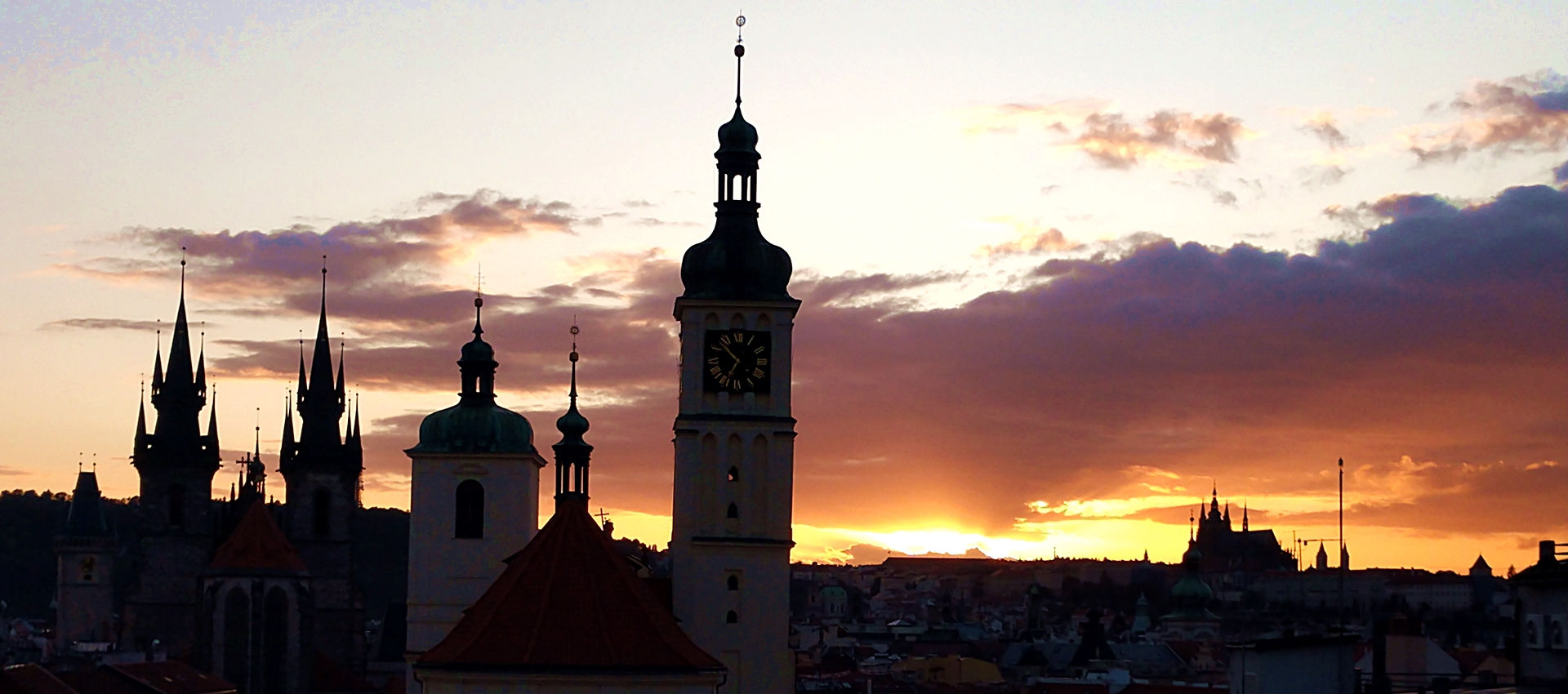
Bucket List Beer Cities

Roads Worth Traveling

World Class Visits and Vistas
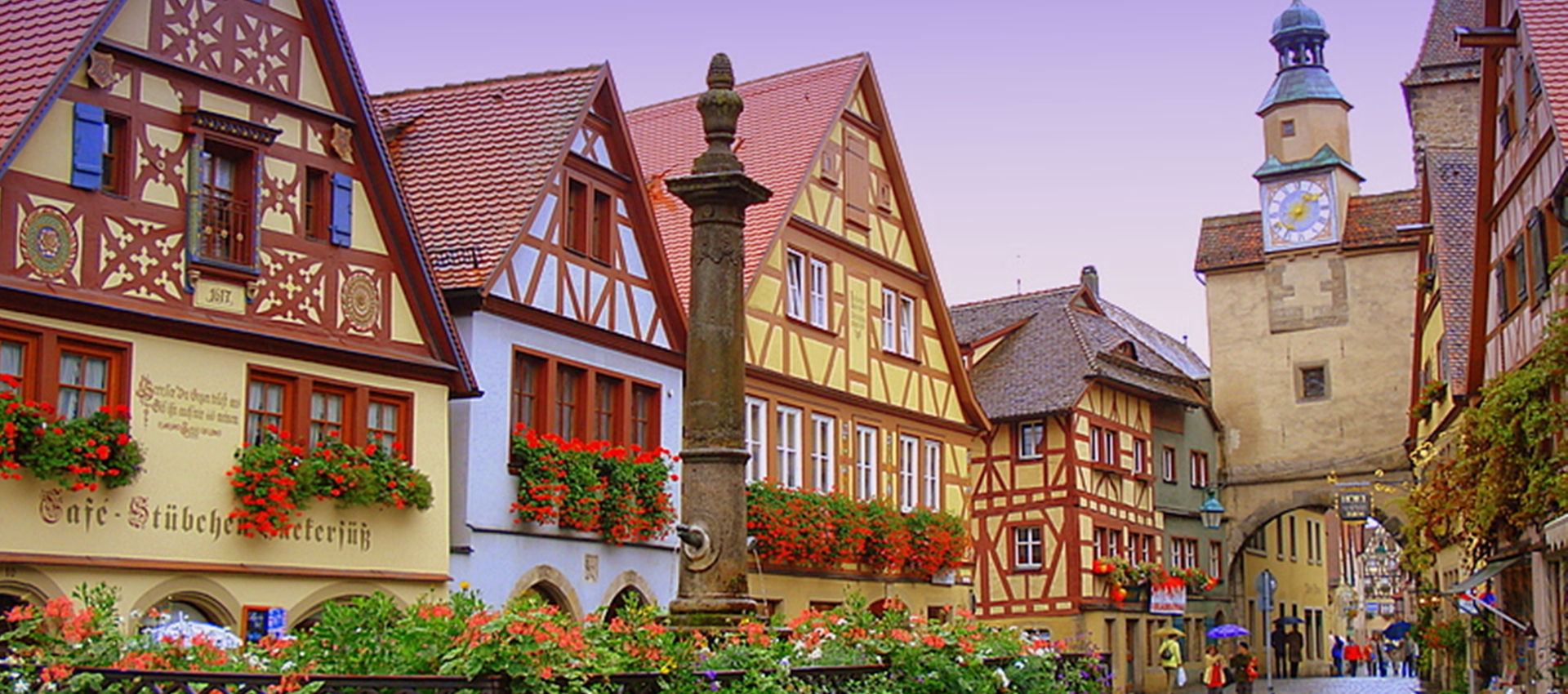
Charming Walled Cities

UNESCO World Heritage
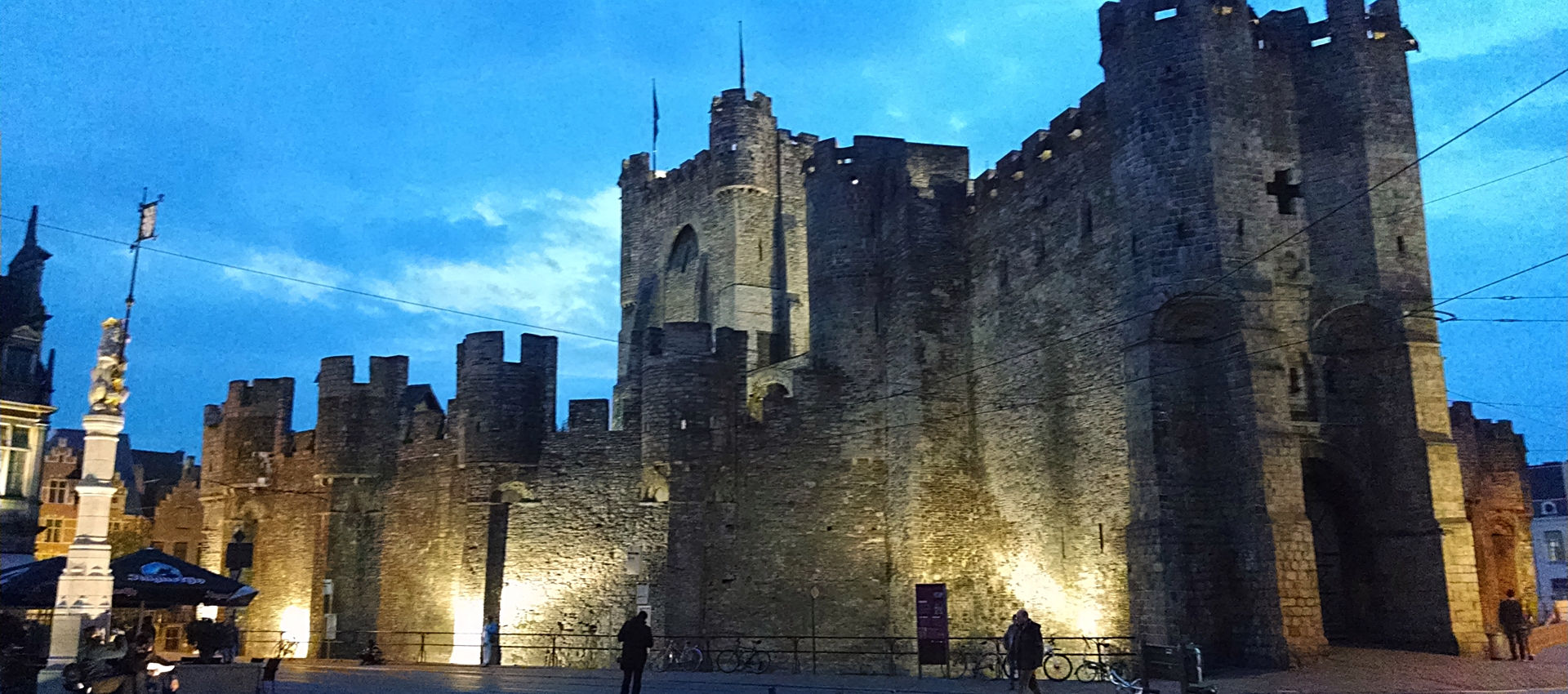
Storm the Castle!

Small Groups, Friendly Trip-Mates!

Fast Trains, Travel in Style
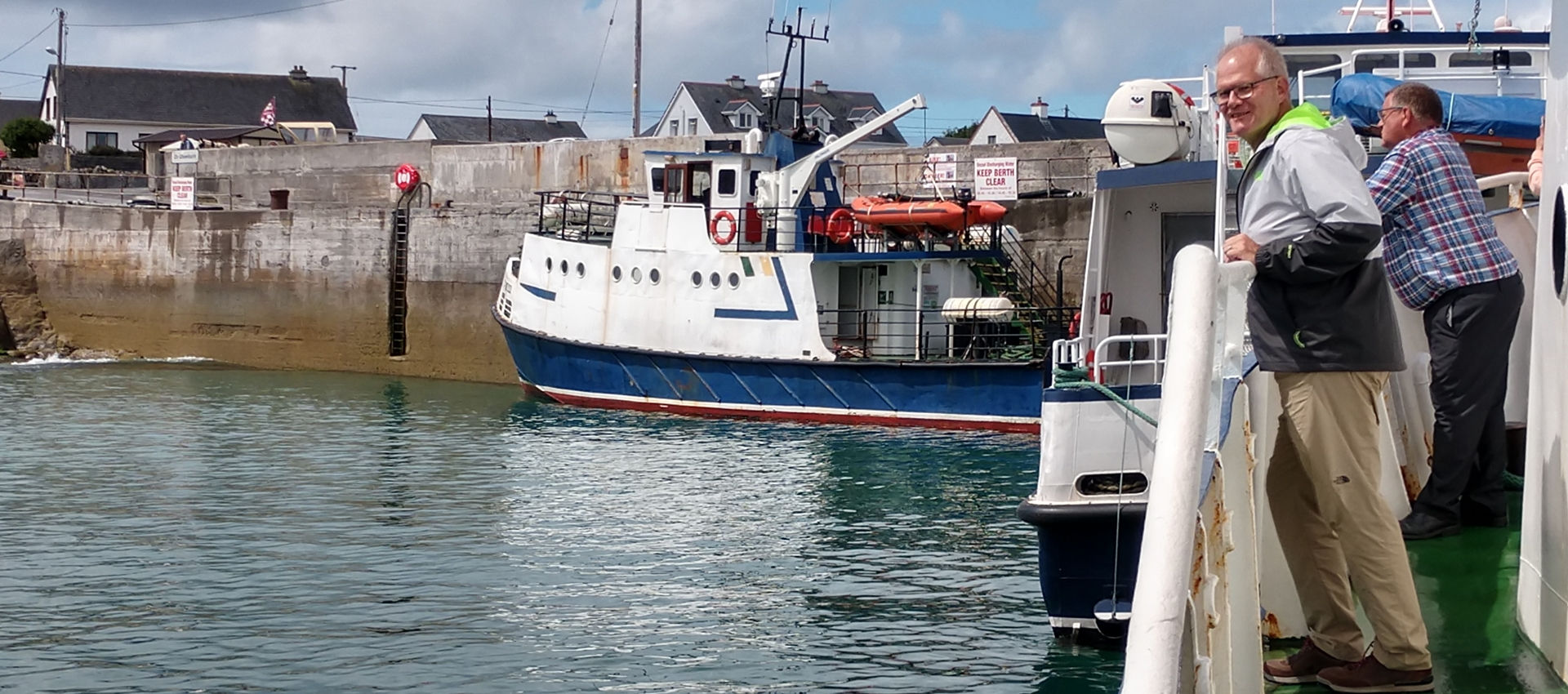
Ride a Ferry to an Irish Isle
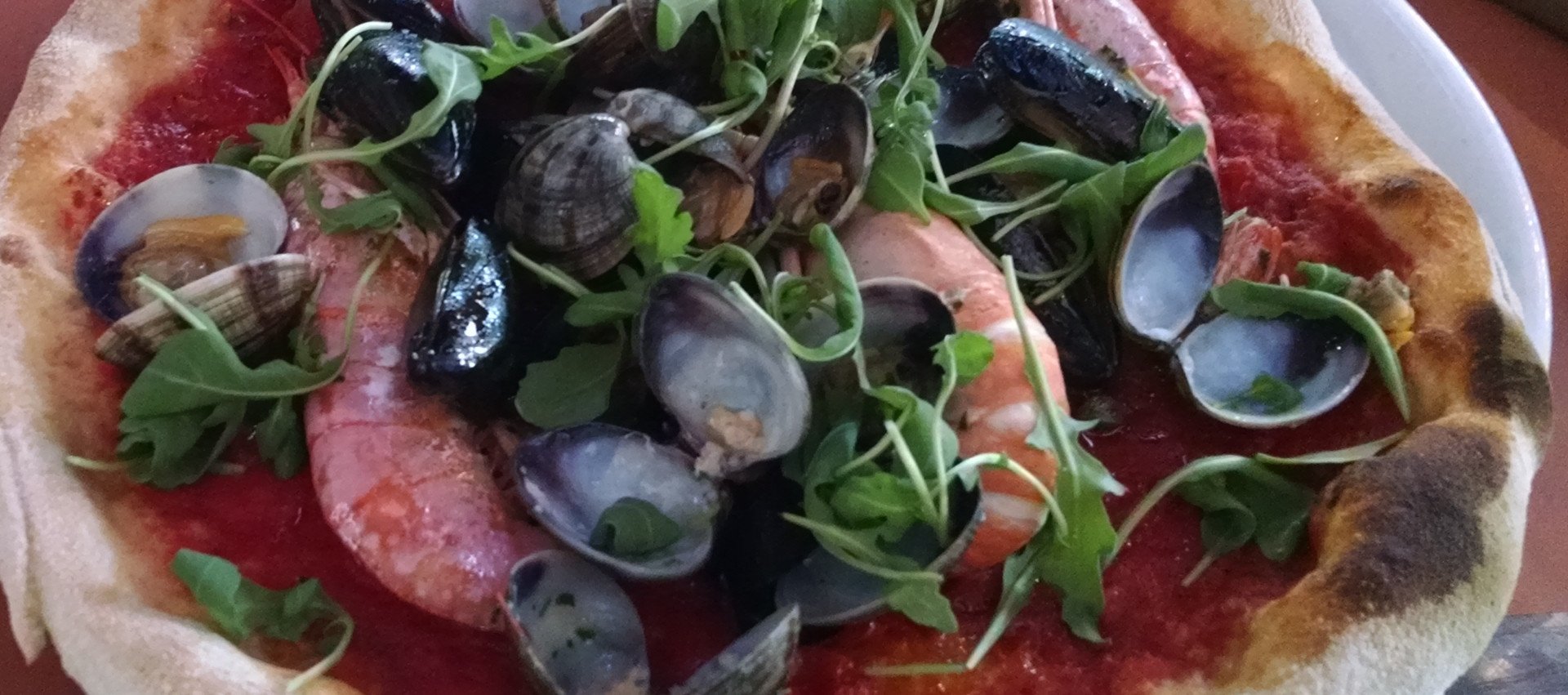
Eat, Drink, and Be Merry!

Glorious Cheeses.
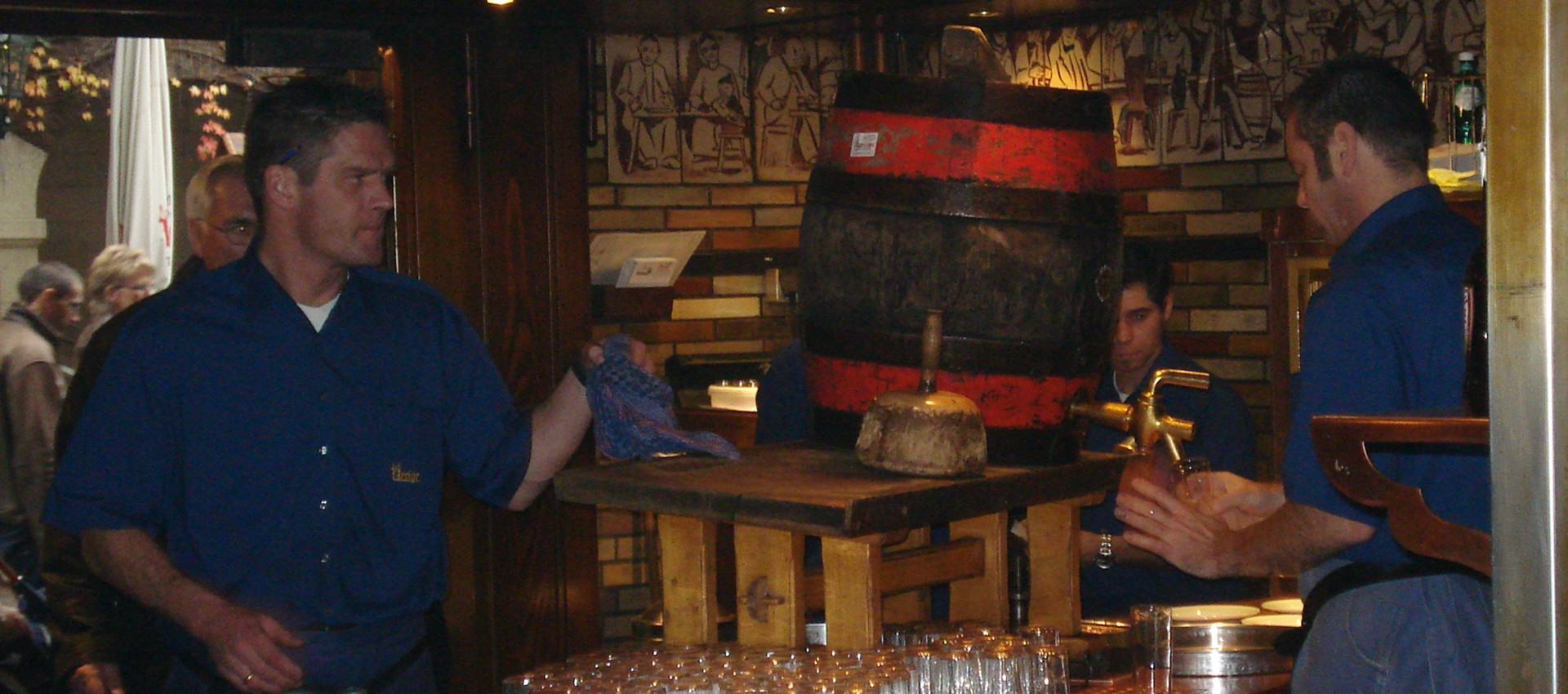
Classic beer styles at their source.

Unique Custom Tours
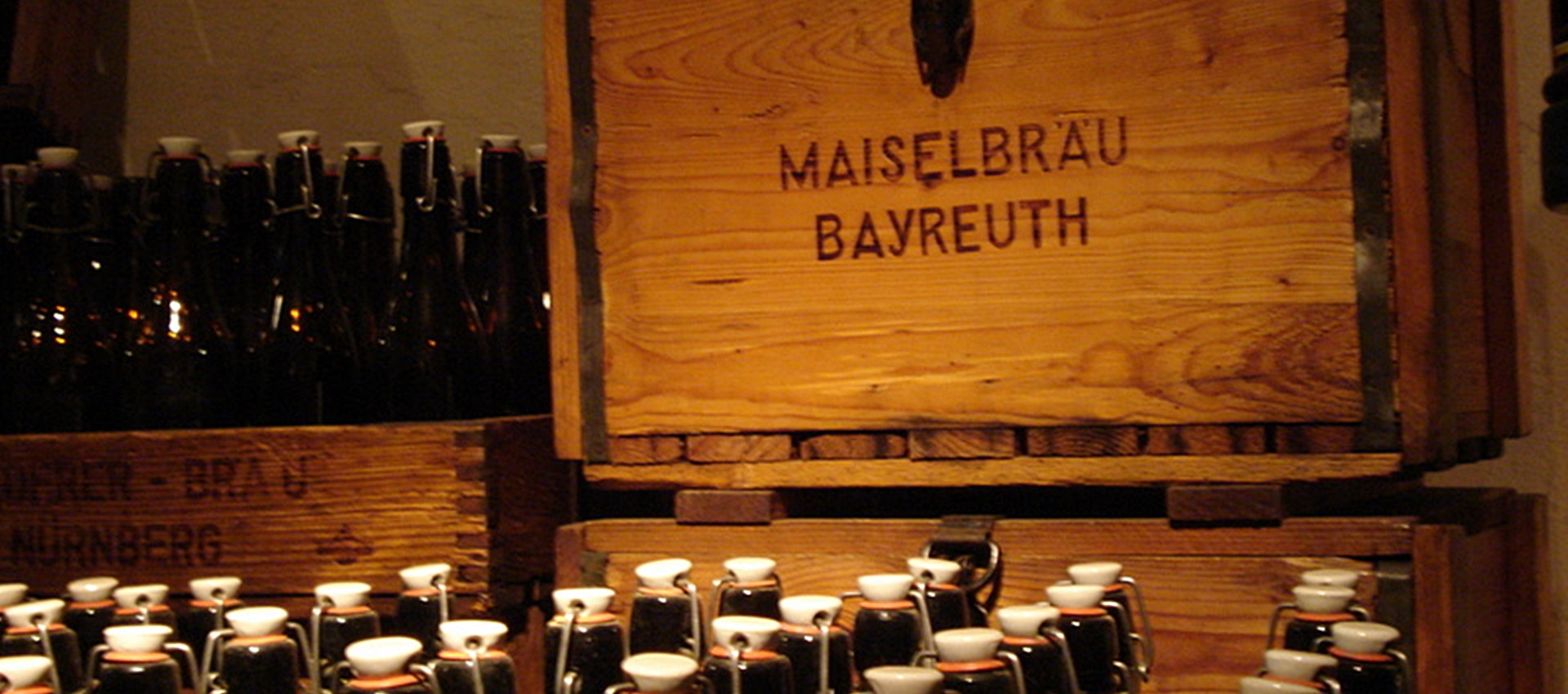
Beer Museums and Brewing History

Resting Place of Irish Kings
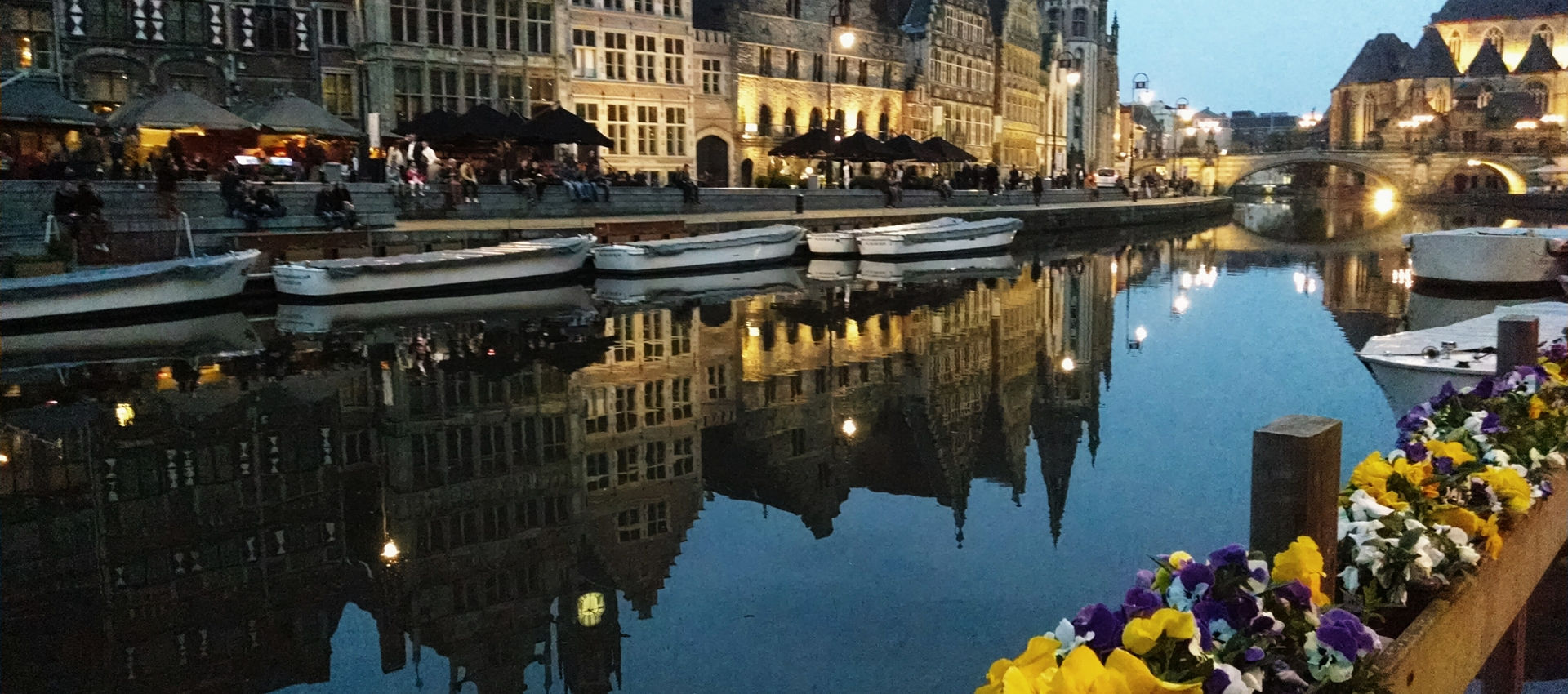
Waterways of Gent

Organic Cider Orchrard? Why Not?
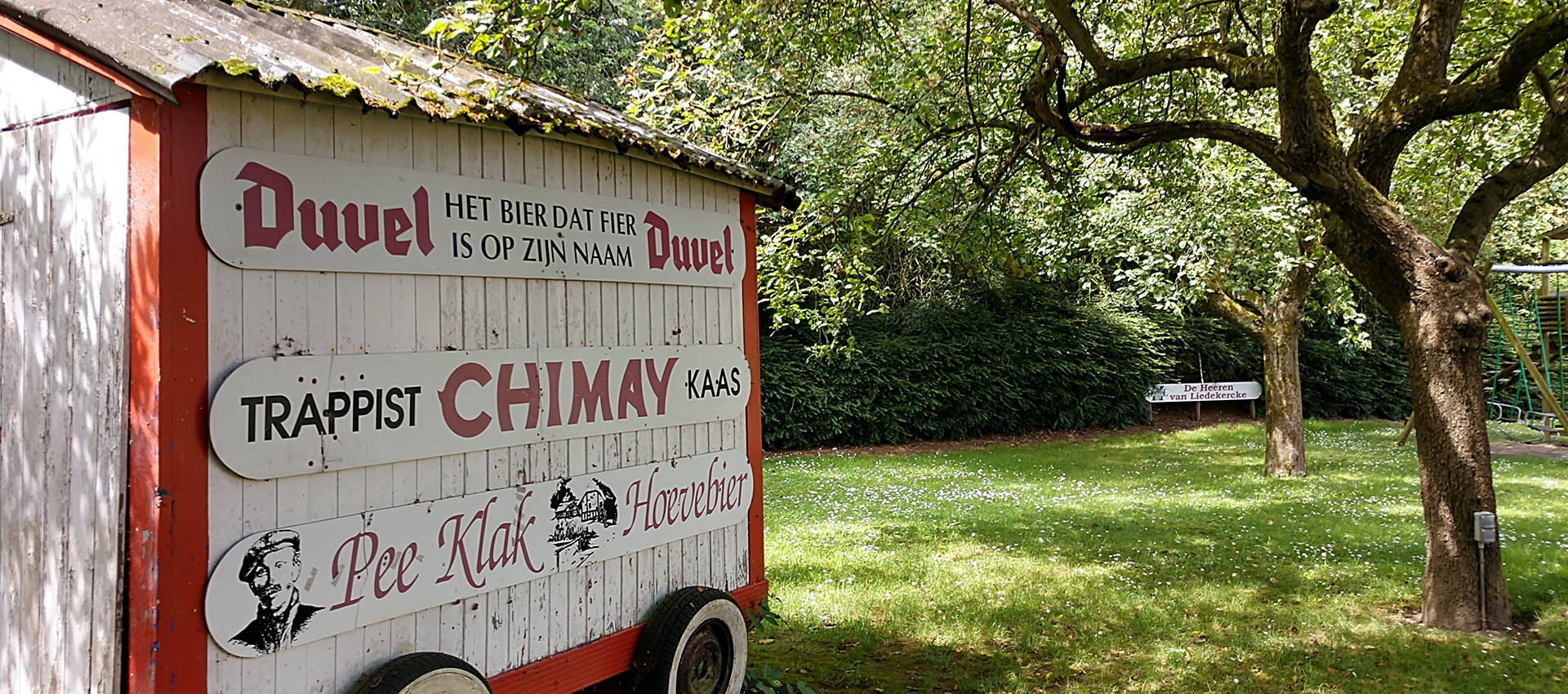
Belgian Brothers

Tutored Cellar Beer Tastings
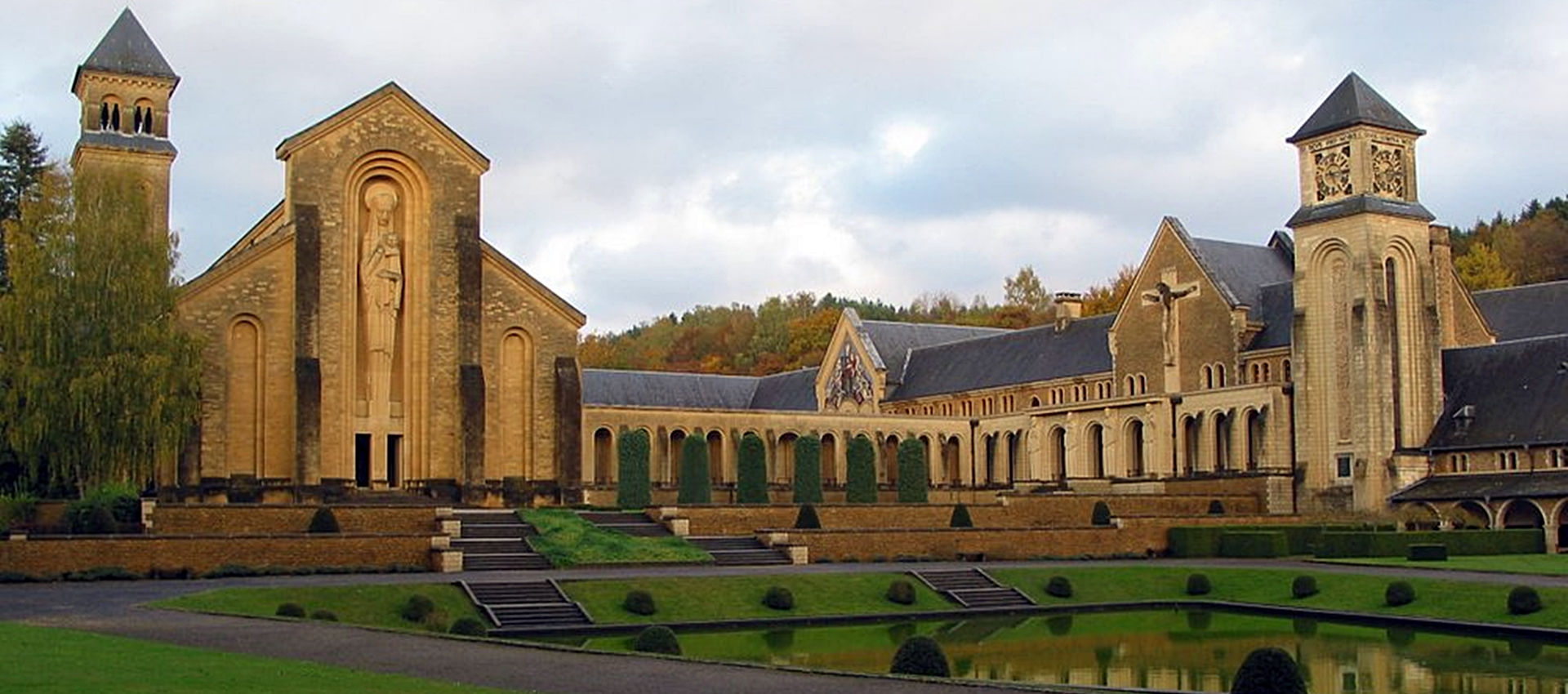
Trappist Serenity
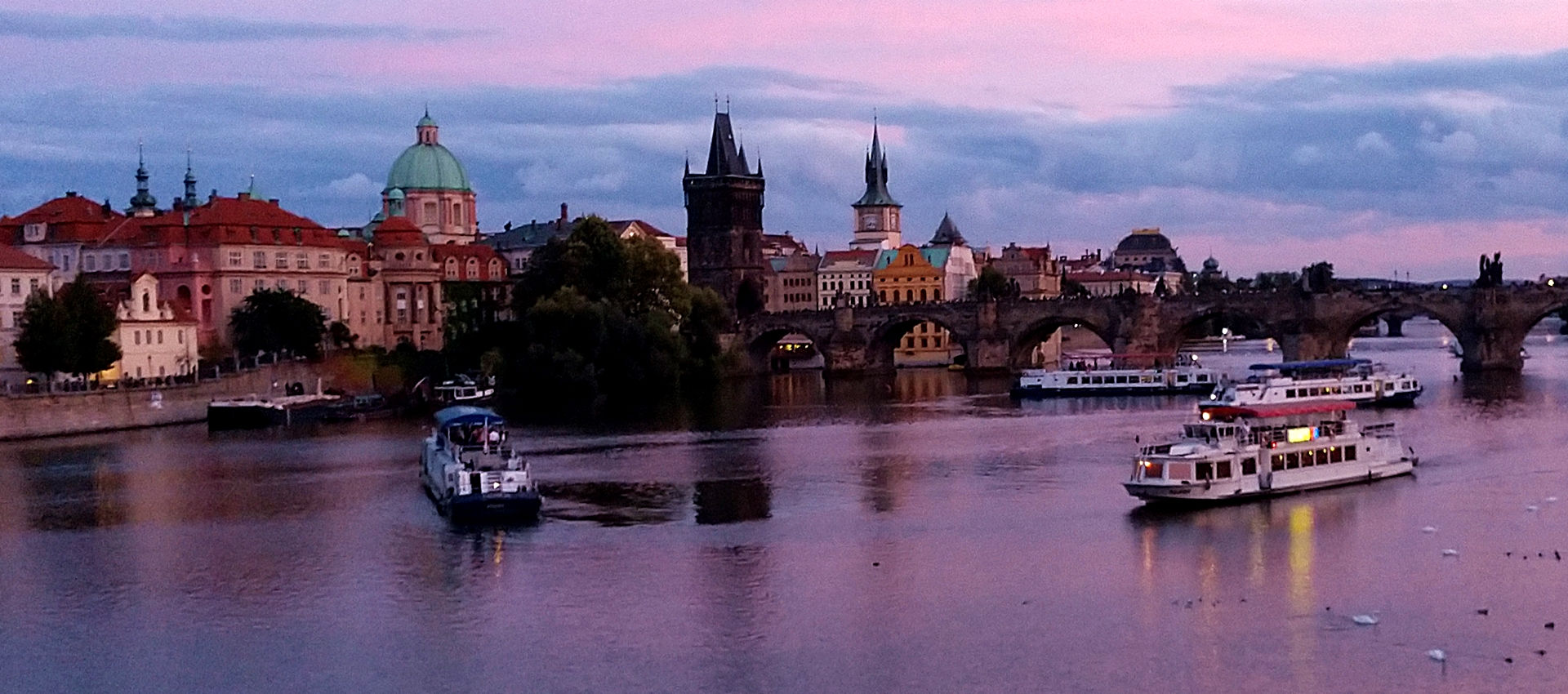
World Class Cities
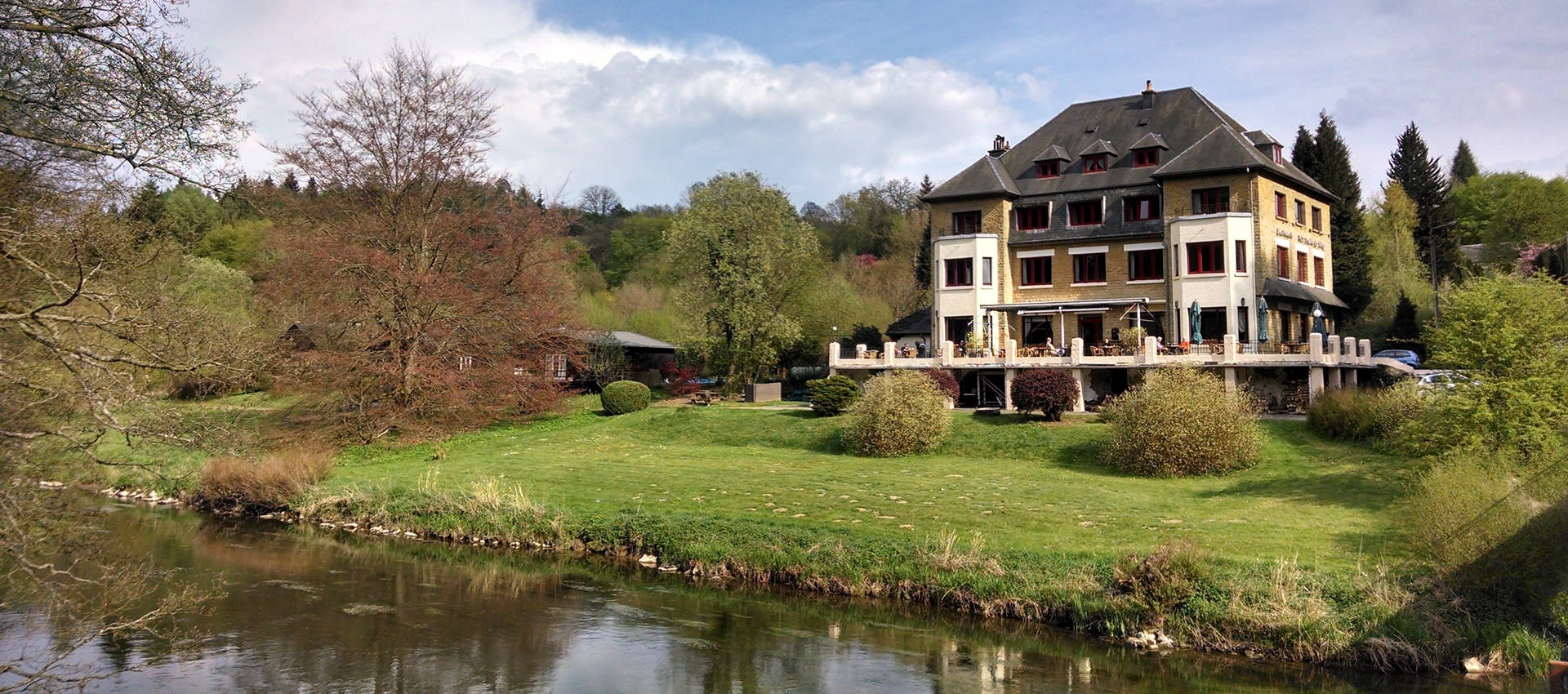
Hand-Picked Lodgings

Explore Great Restaurants, Bars, and Cafes

Architectural Marvels
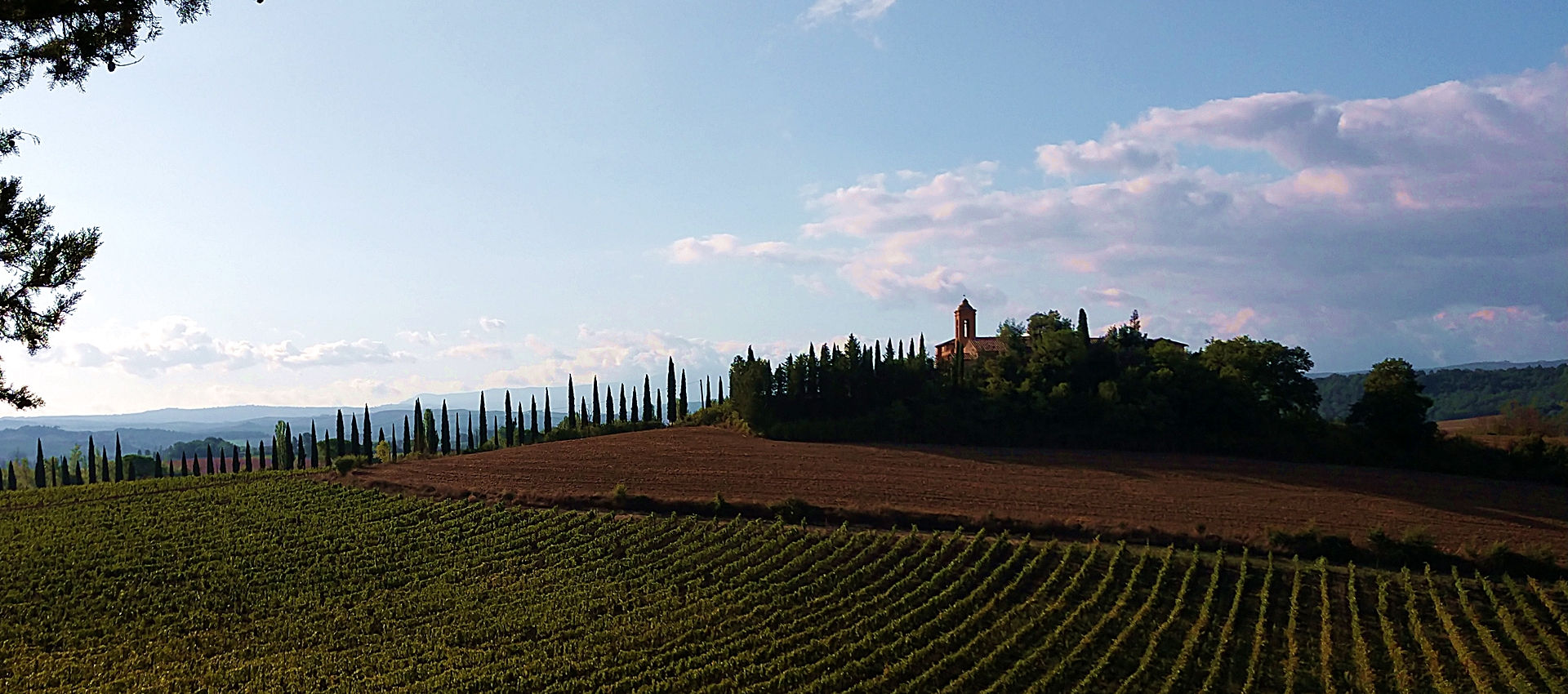
Sleep in Pieve or Parador
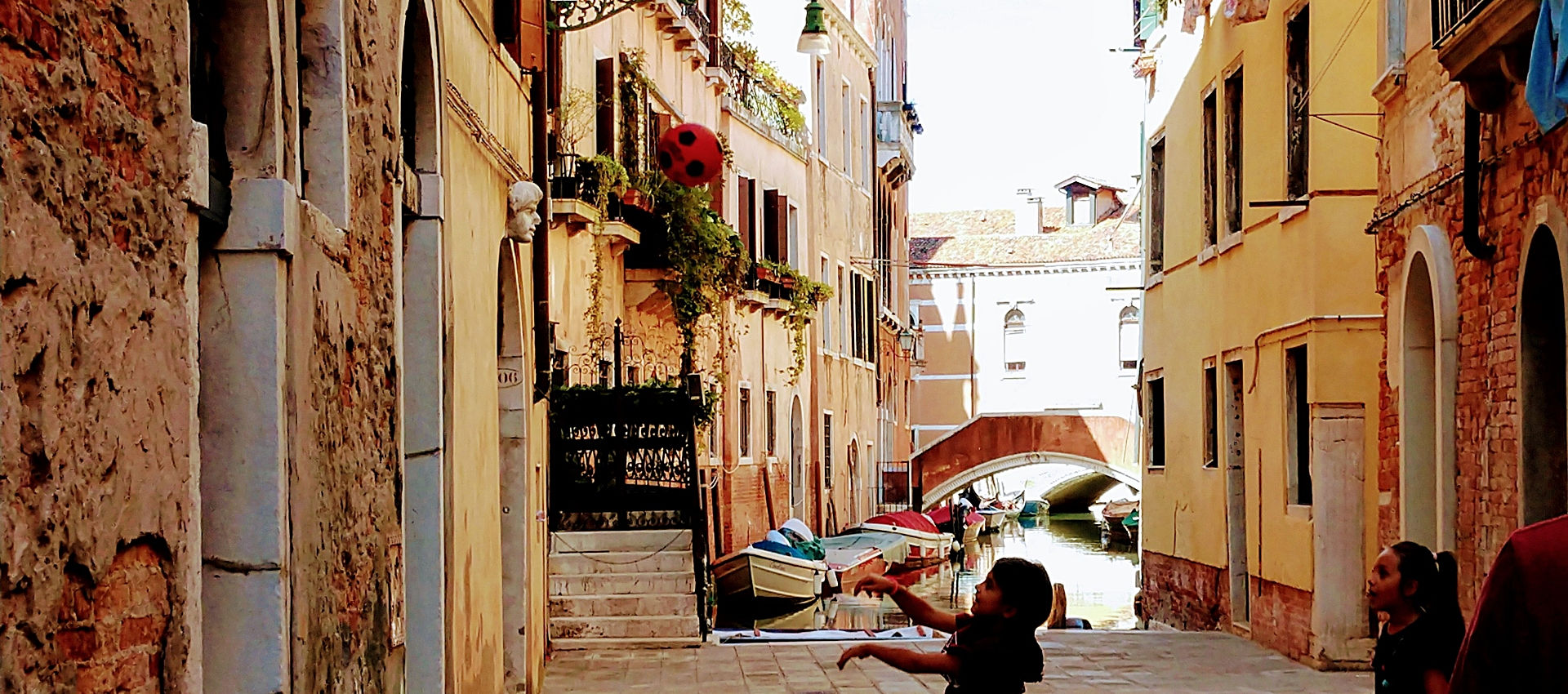
Local Brewers

Local Wisdom
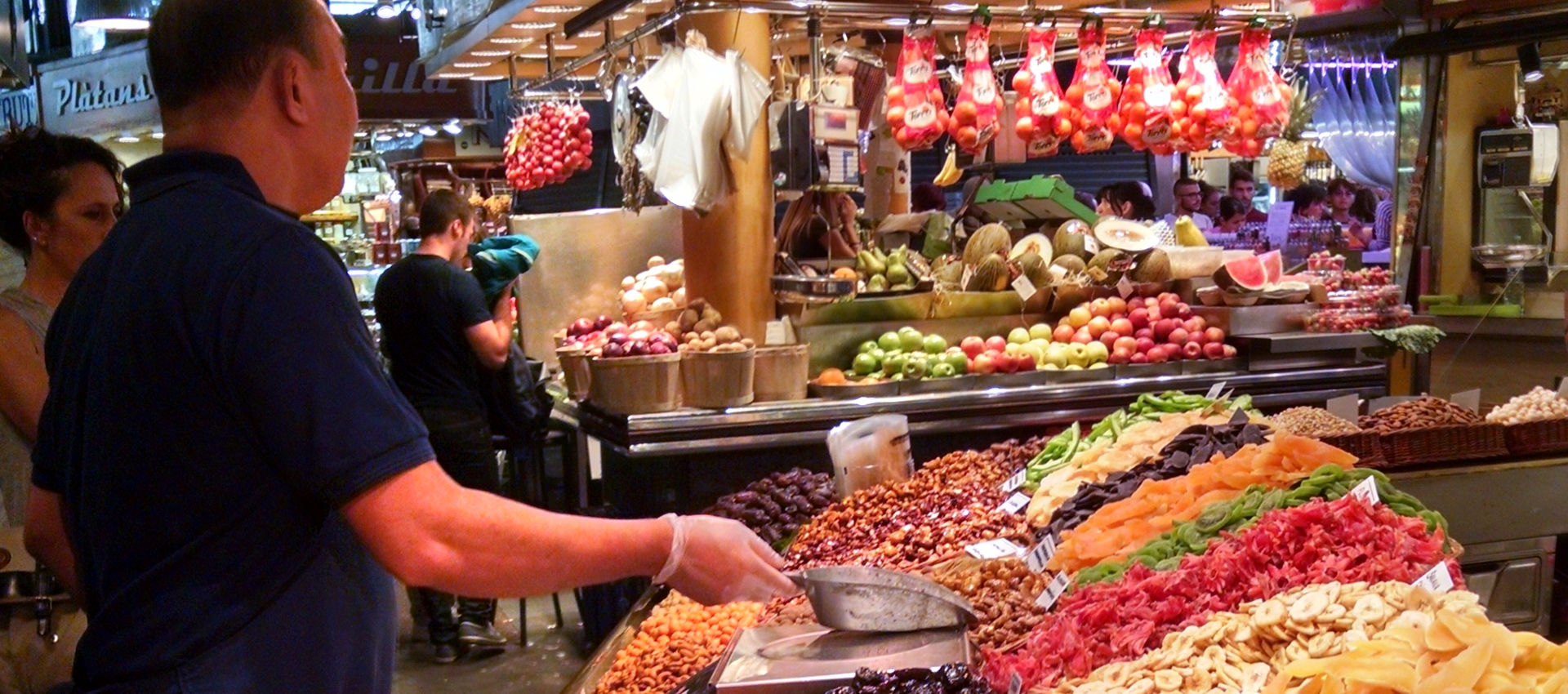
Local Markets
Welcome to BeerTrips!
@ the crossroads of beer space and beer time, since 1999., you love great beer and food... and you want to see the world , we are the purveyors of unique, beer-focused, culinary and cultural, travel experiences - for over 20 years. , discover hundreds of belgian beers. sing along at the top of your lungs at oktoberfest. taste fresh pils in prague. enjoy cask conditioned real ales in england. visit trappist monasteries that brew beer. explore beer culture and history. learn a few things. travel smart in well-organized comfort and style, bucket list destinations - made better with beer.


More than a simple tourist site, a vibrant meeting place with all amenities
Yes, it is possible to alter your ticket(s). Here is how to proceed :
1. Open the order confirmation e-mail
2. Go to “See my order”
3. Go to “change my time slot” or click on the “Edit” icon on your tickets
4. Modify the information that you desire to change
Important :
1. If you desire to alter your tickets, you have to so at least 24h before the beginning of your timeslot (as indicated on your ticket). After that, it will no longer be possible.
2. When you have altered your tickets, a new confirmation e-mail will be sent to you so that you can download the new tickets. The previous tickets will no longer be valid.
Upon presentation of your ticker, we will offer you a 15cl tasting glass at the Skybar. We also offer non-alcoholic beverages for those who do not wish to drink alcohol or for children. Our bar and our shop also provide the opportunity for you to discover numerous beers.
Free lockers will be available at the entrance.
Yes, the site is equipped with public restrooms.
Yes, the visit of Bruxella 1238 is included in the Belgian Beer World ticket. However, you cannot go to the Belgian Beer World with a Bruxella 1238 ticket.
You can find the opening hours of the museum on this page.
When the Belgian Beer World is closed you can still have a drink at the Skybar. However, this is only possible by booking in advance.
Yes, the Skybar is accessible outside the Belgian Beer World’s opening hours. The Skybar can also be booked for a private event .
Yes, the Bourse rents out co-working spaces with fully equipped offices and meeting rooms. Find out more .
Yes, the Bourse has a bar and a restaurant. You can book your table via this link .
Yes, it is absolutely possible to privatize the Belgian Beer World and/or the Skybar for an event. It is also possible to book our restaurant or our coworking space for an event. For all requests, please fill out the form intended for this purpose on the following page .
Please ask a steward or a ticket agent.
Items found are kept for a period of 3 months.
Winter is here! Check out the winter wonderlands at these 5 amazing winter destinations in Montana
- Travel Guide
- Food Travel
The Devilish Brilliance Of Belgian Beer
Published: November 24, 2023
Modified: December 28, 2023
by Odelinda Hann
- Travel Destinations
Introduction
Belgium is a country renowned for its culinary delights, from indulgent chocolates to mouthwatering fries. However, one of its greatest offerings to the world is its exceptional beer. Belgian beer is a sacred elixir that is steeped in centuries of history and tradition. It is a beverage that embodies the essence of Belgian culture and captivates the taste buds of beer enthusiasts around the globe.
Belgian beer is not just a drink; it is an experience. It is a symphony of flavors and aromas that dance on the palate, enticing the senses with each sip. From the tangy and fruity notes of a Belgian ale to the bold and complex flavors of a Trappist beer, every glass tells a story of passion, craftsmanship, and devotion.
In this article, we will embark on a journey to unravel the devilish brilliance of Belgian beer. We will explore its rich history, the sacred breweries dedicated to its production, and the unique brewing techniques that set it apart from other beer cultures. We will dive into the diverse styles and varieties of Belgian beer, and discover the unrivaled charm of the Belgian beer culture. Finally, we will delve into the world of beer tourism and explore the future of Belgian beer innovation.
So grab your glass and prepare to be transported to a land where beer is more than just a beverage. It is an art form, a testament to the Belgian spirit, and a sublime expression of taste. Welcome to the captivating world of Belgian beer.
The Origins of Belgian Beer
Belgian beer has a long and storied history that dates back centuries. The art of brewing in Belgium can be traced to the Middle Ages when monks began to brew beer in monasteries. These early brewers utilized ingredients such as herbs, spices, and local grains to create unique and flavorful concoctions. The brewing knowledge was passed down from generation to generation, ensuring the preservation of Belgian brewing traditions.
During the medieval period, brewing beer was not just a means of sustenance, but also a way to purify water, making it a safer alternative to drinking untreated water. Monks played a significant role in this regard, as they brewed beer in monasteries and supplied it to the local communities. This practice not only quenched the thirst of the Belgian people but also established the reputation of Belgian beer as a superior and high-quality beverage.
As time went on, brewing techniques in Belgium evolved and became more refined. In the 19th century, the advent of industrialization saw the rise of commercial brewing, leading to the establishment of breweries across the country. This period of Belgian beer production marked a shift towards larger-scale production, with breweries emerging as key players in the beer industry.
One notable aspect of Belgian beer history is the survival and revival of traditional brewing practices. Despite the industrialization of the beer industry, Belgian brewers maintained their dedication to time-honored techniques and artisanal craftsmanship. Today, many Belgian breweries continue to produce beer using traditional methods, ensuring that the rich heritage of Belgian brewing lives on.
The origins of Belgian beer are deeply intertwined with the country’s culture and traditions. It is a testament to the Belgian spirit of innovation, craftsmanship, and a commitment to preserving their brewing heritage. These roots continue to influence Belgian beer production to this day, making it a truly unique and cherished part of Belgian culture.
Trappist Breweries: A Divine Tradition
Among the many treasures of Belgian beer culture, the Trappist breweries hold a special place. These monastic breweries follow a sacred tradition that dates back centuries and are renowned for producing some of the finest beers in the world.
Trappist breweries are operated by Trappist monks, who strictly adhere to a set of rules and principles known as the “Charter of Authenticity.” This charter ensures that the beer produced is of the highest quality and that the brewing process aligns with the spiritual and monastic values of the Trappist community.
There are currently only 14 recognized Trappist breweries in the world, and six of them are located in Belgium. These breweries include world-famous names such as Westvleteren, Chimay, and Orval, each with its own unique brewing traditions and signature beers.
The brewing process in a Trappist brewery is meticulous and labor-intensive. The monks take great care in selecting the finest ingredients, including hops, malt, and yeast, to create their distinct brews. They adhere to traditional brewing methods, often using open vats for fermentation and aging the beer in oak barrels to develop complex flavors.
What sets Trappist beers apart is not just their exceptional taste but also the commitment to give back to society. The majority of the revenue generated from Trappist brewery sales is used to support the monastic community and fund charitable works, such as helping the poor, maintaining monasteries, and funding educational initiatives.
Visiting a Trappist brewery is an experience like no other. Many breweries allow visitors to take guided tours, offering a behind-the-scenes look at the brewing process and the opportunity to sample a variety of their exquisite beers. These visits provide a glimpse into the harmonious and contemplative world of the Trappist monks, where brewing beer is seen as a spiritual practice.
Trappist breweries embody the divine tradition of Belgian beer. They infuse every bottle with the dedication, passion, and spirituality of the monks who brew them. The legacy of these sacred breweries is a testament to the enduring artistry and time-honored traditions that make Belgian beer truly extraordinary.
Lambic Beer: The Wild Side of Brewing
When it comes to Belgian beer, one cannot overlook the unique and fascinating world of lambic beer. Lambic is a type of traditional Belgian beer known for its distinct tart and funky flavors, which are achieved through a wild fermentation process.
What sets lambic beer apart from other beers is the use of wild yeast and spontaneous fermentation. Unlike most beers that rely on carefully cultivated strains of yeast, lambic beer is fermented using wild yeast that is present in the air and in the wooden barrels used for aging.
One of the key factors in the production of lambic beer is the geographical location of the Senne Valley, near Brussels. The specific microflora in this region, including the naturally occurring strains of yeast and bacteria, contribute to the unique flavors and characteristics of lambic beer.
The brewing process begins with a grist made from malted barley, wheat, and water. After boiling and cooling, the wort is transferred to large shallow vessels called koelschip, where it is exposed to the open air. Here, wild yeast and bacteria from the environment inoculate the wort, initiating spontaneous fermentation.
The fermentation process of lambic beer can take anywhere from several months to several years, depending on the desired flavors and characteristics. During this time, the beer undergoes a slow transformation, developing complex sour, fruity, and earthy flavors.
Another unique aspect of lambic beer production is the blending process. Brewers often blend aged lambic with younger beer to achieve the desired flavor profile and balance. This process, known as gueuze blending, adds depth and complexity to the final product.
Lambic beer is also used as a base for other traditional Belgian beer styles. For example, when fruit such as cherries or raspberries is added to lambic and undergoes a secondary fermentation, it creates fruit lambic beers like kriek or framboise.
To truly appreciate the artistry of lambic beer, a visit to a traditional lambic brewery in the Senne Valley is a must. These breweries, such as Cantillon and 3 Fonteinen, offer a chance to witness the traditional brewing methods and aging processes that have been passed down through generations.
Lambic beer embodies the wild side of brewing, capturing the untamed flavors of nature. Its distinct character and ancient brewing techniques make it a true gem in the world of Belgian beer, enticing beer enthusiasts to embark on a remarkable journey of taste and discovery.
Abbey Ales: Holy Flavors in Every Sip
When it comes to Belgian beer, there is a category of brews that exude a divine essence both in their taste and their origin. These beers, known as Abbey Ales, are a testament to the rich historical and religious heritage of Belgium.
Abbey Ales are inspired by the brewing traditions of the abbeys and monasteries that once dotted the Belgian landscape. While many of these abbeys no longer brew beer themselves, their legacy lives on in the form of these remarkable brews created by commercial breweries.
What distinguishes Abbey Ales is not only their connection to the monastic past but also their exceptional craftsmanship and use of traditional brewing methods. These beers showcase a wide range of styles, from light and refreshing blonde ales to strong and complex dark ales, with each offering a unique flavor profile.
One of the most famous examples of an Abbey Ale is the Trappist beer made by the Chimay brewery. This beer is brewed within the walls of the Chimay Trappist monastery, following the strict guidelines set by the International Trappist Association.
Abbey Ales often exhibit a rich malt profile, with notes of caramel, toffee, and dried fruits. The use of Belgian yeast strains adds a touch of complexity, with flavors of clove, banana, and spice. These beers are known for their balance between malt sweetness and a subtle bitterness from hops.
The brewing process of Abbey Ales closely mirrors the traditional methods used by the abbeys of old. It involves carefully selecting ingredients, including specialty malts and Belgian yeast strains, and employing techniques such as high fermentation and bottle conditioning to enhance the beer’s complexity and character.
In addition to the exceptional taste, Abbey Ales often carry the seal of authenticity, indicating that a portion of the proceeds from their sale goes to support charitable causes and the preservation of the abbeys’ cultural and historical heritage.
To fully appreciate the holiness of Abbey Ales, one can visit the historical abbeys that served as the inspiration for these beers. Some abbeys still offer brewery tours and tastings, providing a glimpse into their centuries-old brewing traditions.
Abbey Ales offer a spiritual and flavorful experience, delivering holy flavors with each sip. They pay tribute to the sacred traditions of Belgian brewing and continue to captivate beer enthusiasts with their heavenly taste and heritage.
The Art of Brewing: Traditional Belgian Techniques
When it comes to Belgian beer, the brewing process is an art form that has been perfected over centuries. Belgian brewers take pride in their traditional techniques, which contribute to the unique and distinctive qualities of their beers.
One of the hallmark techniques of Belgian brewing is the use of specific yeast strains. Belgian yeast strains are known for their ability to produce complex flavors and aromas, including fruity esters and spicy phenols. These yeast strains are often fermented at higher temperatures compared to other beer styles, resulting in unique and characterful brews.
Another traditional technique used in Belgian brewing is the process of secondary fermentation in the bottle. This technique, known as bottle conditioning, involves adding a small amount of sugar and yeast to the bottled beer, allowing it to naturally carbonate over time. This not only creates a pleasant effervescence but also contributes to the development of flavors and the evolution of the beer as it ages.
Belgian brewers also have a fondness for using a wide range of ingredients to enhance the flavor profile of their beers. This includes the use of specialty malts, such as caramel or roasted malts, which add depth and complexity to the brews. Additionally, Belgian brewers often incorporate a variety of spices, fruits, and herbs to create unique flavor combinations, resulting in beers that are both innovative and traditional.
The brewing process in Belgium often involves long maturation periods, allowing the flavors to develop and mature over time. Some Belgian styles, like Trappist ales, undergo months or even years of aging, resulting in beers that are rich, complex, and smooth on the palate.
Another traditional technique that sets Belgian brewing apart is the use of open fermentation vessels. Unlike many modern breweries that utilize closed tanks, Belgian brewers often ferment their beers in shallow vessels called coolships. This allows for spontaneous fermentation, where wild yeasts and bacteria present in the air and the environment inoculate the beer. This spontaneous fermentation contributes to the unique flavors and characteristics found in certain Belgian beer styles, such as lambic beers.
Belgian brewers also have a deep respect for tradition and craftsmanship. Many breweries still employ traditional brewing equipment, such as copper kettles, and adhere to manual brewing processes rather than relying heavily on automation. This hands-on approach ensures a high level of quality control and allows for a greater connection with the brewing process.
The art of brewing in Belgium is a testament to the passion, creativity, and respect for tradition that Belgian brewers embody. Through their mastery of traditional techniques, they continue to produce exquisite beers that are celebrated for their complexity, depth, and unparalleled character.
Belgian Beer Styles and Varieties
Belgium is home to a remarkable variety of beer styles, each with its own distinct character and flavor profile. From crisp and refreshing wheat beers to rich and hearty ales, Belgian breweries have mastered an array of styles that cater to every beer lover’s taste.
One of the most iconic beer styles from Belgium is the Belgian Blonde ale. This style is characterized by its pale golden color, moderate bitterness, and fruity esters. Belgian Blondes are known for their balance between malt sweetness and a dry finish, making them highly drinkable and refreshing.
Another popular Belgian style is the Saison, which originated as a farmhouse ale. Saisons are typically pale and hazy, with fruity and spicy yeast notes. These beers are known for their dry and crisp character, making them perfect for quenching thirst on warm summer days.
Belgian Trappist beers, brewed by Trappist monasteries, offer a range of styles, including Dubbel, Tripel, and Quadrupel. Dubbel beers are known for their rich malt profile, with flavors of caramel, dark fruits, and spices. Tripel beers are strong and golden, with complex fruity and spicy notes. Quadrupel beers are robust and full-bodied, with intense flavors of dark fruit, caramel, and warming alcohol.
Belgium is also renowned for its lambic and gueuze beers. Lambic beers are spontaneously fermented using wild yeast and bacteria, resulting in sour and funky flavors. Gueuze, on the other hand, is a blend of young and aged lambic beers, offering a complex and tart taste profile.
Fruit beers are another specialty of Belgian brewing. Brewers often add fruits such as cherries, raspberries, or peaches to their beers, imparting a range of fruit-forward flavors and aromas. These beers can be sweet or sour, depending on the brewing process and the fruits used.
Other notable Belgian styles include the rich and malty Belgian Strong Dark ale, the strong and spicy Belgian Tripel, and the complex and robust Belgian Quad. These styles exhibit the craftsmanship and diversity that the Belgian beer culture is renowned for.
Belgian brewers continue to push the boundaries and innovate, creating unique and experimental styles that defy categorization. From barrel-aged sours to modern hop-forward IPAs, the Belgian beer scene is constantly evolving while staying true to its rich brewing heritage.
With such a wide array of styles and flavors, Belgian beer is a paradise for beer enthusiasts seeking new taste experiences. Each sip tells a story of the brewing techniques, traditions, and creativity that make Belgian beers so exceptional.
The Devilish Charm of Belgian Beer Culture
Belgian beer culture is as intoxicating as the beers themselves. It is a vibrant and convivial celebration of beer, where locals and visitors alike immerse themselves in the rich traditions and unique charm that surround Belgian beer.
One of the defining aspects of Belgian beer culture is the reverence and respect given to beer. In Belgium, beer is more than just a beverage; it is a source of national pride. Belgians take great pride in their brewing heritage and the centuries-old traditions that have shaped their beer culture.
Beer is deeply woven into the social fabric of Belgium. It is common to find locals gathering in cozy cafes and bustling beer bars, engaged in lively conversations over a glass of their favorite brew. Sharing a beer is seen as a way to connect, bond, and build relationships.
Beer is also an integral part of Belgian gastronomy. It is not uncommon to find beer pairings offered in restaurants, where beers are carefully selected to complement and enhance the flavors of the food. In Belgium, beer is considered just as important as wine when it comes to fine dining.
Belgian beer culture is also marked by its distinctive glassware. Each beer style in Belgium has its own unique glass, specially designed to enhance the appearance, aroma, and taste of the beer. Drinking a Belgian beer from its designated glass is seen as a mark of authenticity and respect for the beer’s craftsmanship.
Another fascinating aspect of Belgian beer culture is the importance of beer festivals. These lively events bring together beer enthusiasts from around the world to sample a vast array of Belgian beers. Festivals like the famous Zythos Beer Festival and the Belgian Beer Weekend in Brussels are a true celebration of the country’s brewing heritage.
Belgian breweries also often open their doors to visitors, offering brewery tours and tastings that provide a glimpse into the brewing process and the history behind their beers. These experiences allow beer lovers to connect directly with the brewers and gain a deeper appreciation for the artistry and passion that go into each brew.
The devilish charm of Belgian beer culture lies in its ability to combine tradition with innovation, creating a dynamic and captivating beer scene. Whether you’re enjoying a casual pint in a local pub, exploring the thriving beer bars in the cities, or seeking out hidden gems in the countryside, Belgian beer culture promises a delightful and unforgettable experience.
Beer Tourism: Exploring the Breweries of Belgium
For beer enthusiasts, Belgium is a paradise waiting to be explored. The country’s rich brewing heritage and diverse beer culture make it a premier destination for beer tourism. From ancient abbeys to modern craft breweries, there are countless opportunities to delve into the world of Belgian beer.
One of the top attractions for beer tourists in Belgium is visiting the iconic Trappist breweries. These monastic breweries, such as Westvleteren, Rochefort, and Westmalle, offer a glimpse into the sacred brewing traditions of the Trappist monks. Visitors can witness the brewing process, taste the exquisite beers, and also learn about the monastic life and charitable efforts supported by the breweries.
Belgium is also home to numerous craft breweries, each with its own unique style and character. Cities like Brussels, Bruges, and Ghent are bustling with breweries and beer bars, offering a wide range of locally crafted beers to explore. Taking brewery tours and participating in tastings allow visitors to learn about the brewing techniques, styles, and stories behind their favorite beers.
Beer festivals play a significant role in Belgian beer tourism. Events like the Brussels Beer Weekend, the Ghent Beer Festival, and the Leuven Beer Weekend attract beer lovers from around the world. These festivals provide the opportunity to sample an incredible variety of Belgian beers in a festive atmosphere, surrounded by like-minded enthusiasts.
For those seeking a more immersive experience, beer-themed tours are available throughout Belgium. These tours often include visits to multiple breweries, guided tastings, and even the chance to meet the brewers and hear their stories. Whether it’s a walking tour in Brussels, a bike tour in the countryside, or a specialized beer tour with a focus on a specific beer style, there is something to suit every beer lover’s taste.
Beyond the beer itself, beer tourism in Belgium offers the chance to explore the country’s rich history, architecture, and gastronomy. Many breweries are located in picturesque towns and villages, allowing visitors to soak up the local charm and indulge in traditional Belgian cuisine such as moules-frites (mussels and fries) or carbonnade flamande (Flemish beef stew cooked in beer).
For beer enthusiasts, a journey through the breweries of Belgium is a truly remarkable experience. It offers the opportunity to delve into the rich traditions, taste a world-renowned selection of beers, and immerse oneself in the vibrant and captivating Belgian beer culture.
The Future of Belgian Beer: Innovations and Trends
Belgian beer has a long and storied history, but that doesn’t mean it’s stuck in the past. Belgium’s beer industry continues to evolve, embracing innovation and keeping up with global trends while staying true to its traditional roots.
One of the notable trends in Belgian beer is the rise of craft breweries. As beer enthusiasts seek out unique and experimental flavors, small-scale breweries have emerged, offering a fresh take on traditional Belgian styles. These craft breweries push the boundaries of brewing techniques and ingredients, creating exciting and innovative beers that attract both locals and international beer connoisseurs.
Another trend in the Belgian beer scene is the increasing focus on sustainability and organic brewing. Breweries are adopting eco-friendly practices, such as using renewable energy sources, reducing water consumption, and implementing recycling programs. Additionally, there is a growing interest in organic ingredients, leading to the production of beers made with organic malts, hops, and yeast.
The influence of international beer styles and techniques is also evident in the Belgian beer landscape. Brewers are increasingly experimenting with hop-forward styles like IPAs and incorporating techniques from other beer cultures, such as barrel-aging and mixed fermentation. This cross-pollination of ideas adds a contemporary flair to Belgian beer offerings.
In recent years, low-alcohol and alcohol-free beers have gained popularity worldwide, and Belgium has joined the movement. Breweries are producing flavorful and well-crafted beers with lower alcohol content, providing options for those seeking a more moderate drinking experience without compromising on taste.
Technology is also playing a role in shaping the future of Belgian beer. From advancements in brewing equipment to digital innovations in marketing and distribution, breweries are leveraging technology to improve efficiency, quality control, and consumer engagement.
Furthermore, Belgian beer tourism continues to thrive, drawing visitors from near and far. Breweries are expanding their visitor centers, offering more interactive and educational experiences. Virtual reality brewery tours, sensory tastings, and food pairing workshops are just a few examples of the innovative ways breweries are enhancing the visitor experience.
Belgian beer is a true gem in the world of craft brewing, embodying centuries of history, tradition, and unparalleled artistry. From the sacred Trappist breweries to the wild fermentation of lambic beers, Belgian brewers have honed their skills and created a beer culture that is as diverse as it is captivating.
The devilish brilliance of Belgian beer lies in its ability to satisfy not only the taste buds but also the soul. Each glass of Belgian beer tells a story of craftsmanship, passion, and a deep connection to the land. It is a testament to the Belgian spirit of innovation, quality, and devotion.
Belgian beer culture extends far beyond the liquid in the glass, encompassing traditions, festivals, and a strong sense of community. It is a culture that welcomes beer enthusiasts from around the world, inviting them to indulge in the rich flavors, explore the historic breweries, and immerse themselves in the conviviality that defines Belgian beer.
As we look to the future, Belgian beer continues to evolve and innovate while honoring its roots. Craft breweries push the boundaries of flavor, sustainability practices are embraced, and international influences inspire new styles. Belgian beer is a dynamic and ever-changing landscape that promises endless possibilities.
Whether you’re a dedicated beer connoisseur or simply someone who appreciates the finer things in life, the world of Belgian beer offers an unforgettable experience. So raise your glass, savor the intricate flavors, and join in the celebration of Belgian beer – a divine elixir that continues to captivate and delight.

- Privacy Overview
- Strictly Necessary Cookies
This website uses cookies so that we can provide you with the best user experience possible. Cookie information is stored in your browser and performs functions such as recognising you when you return to our website and helping our team to understand which sections of the website you find most interesting and useful.
Strictly Necessary Cookie should be enabled at all times so that we can save your preferences for cookie settings.
If you disable this cookie, we will not be able to save your preferences. This means that every time you visit this website you will need to enable or disable cookies again.
- Belgian Beer
- Belgian Breweries
- City Guides
- About Belgium
- Belgian Food
- Cooking With Beer
- Login / Register
Shopping cart
- No products in the cart.
Return To Shop

Belgian Beer Museums

When it comes to getting a Belgian beer education, it's not just about packing in the brewery tours – there are many beer-orientated museums begging to be visited across Belgium. Each one showcases a different aspect of Belgian beer culture and each one takes its own unique approach.
While some focus on hops, and others on transport or history, what all of them have in common is that they are run by true beer-lovers – committed in their passion for Belgian beer.
Generally they weren't opened up to make profit, and in fact most of them started off as a hobby or dream of a couple of individuals. What may come as a surprise is that, at the moment, the country doesn't boast one centralised museum, to celebrate Belgian beer-culture as a whole.
However, recently it was announced that the old stock exchange of Brussels will re-open in 2018, as a full spectrum 'beer-experience' museum, complete with a 'Grand Café'.
Bruges Beer Experience

Since 2014 Bruges can be proud of another major attraction. The Bruges Beer Experience is far more than just a museum. It’s all about the experience in this splendid building; the completely restored former Post Office in its central Market Square location. Beer lovers and tourists alike learn about the exciting story of beer. They can hear, smell, see and taste it. The iPad Mini acts as your personal guide, giving you the story in your selected language (there are 11 languages to choose from) using audio and video as well as photographs and written documents. The amazing iPad Mini automatically recognises all of the 2D and 3D objects in the room, including paintings, beer barrels, ingredients and so on.
Your visit will have left you with a taste for some beer tasting. In the cosy, convivial degustation room there are as many as 16 beers on tap, with a great selection of Palm , De Hoorn , Rodenbach , Boon and La Trappe beers as well as two guest brews. If your entry ticket includes a tasting, this gives you three 15cl glasses of beers to sample. At the end of the tour you can purchase all of the beers you have tasted, and others, from the shop that also stores a selection of beer books and merchandising items.
All well and good, but what exactly have we come here to experience? It all starts off in the entrance hall with its walls covered in vintage enamel signs. You enjoy the full top-to-toe immersion in the world of beer. The Bruges Beer Experience boasts a unique collection numbering thousands of beer bottles and cans, beer mirrors, light panels and all sorts of advertising.
Collectors will feast their eyes. In the attic you can smell the ingredients of beer. Four hugely imposing oak foeders provide an experience for all of the senses. You can see, smell, feel and taste bitter hops as well as aroma and floral hops. Find out about pale malt and how it is different from roast malt and discover how spices such as coriander and cardamom are used.
You’ll also take a look at how a microbrewery works before playing a game on the iPad mini to learn how to be a virtual brewer. In the next room, thousands of full beer bottles from dozens of countries are clamouring for your attention. The perfect environment to learn all about how beer is bottled. Now you go down one floor by means of a stairway with walls covered in black and white images from many different breweries.
After your general introduction in the loft of the building you are now finding out about specific themes: beer styles, the difference between abbey beers and Trappists, women and beer, beer around the world, the health aspects of beer, beer in Bruges and, last but not least, beer and food pairing.
Visitors from all over the globe are likely to discover their own story as part of the ‘history of beer in 42 countries’. The route you take is completely up to you. You decide what you want to see and the amount of information you want to take in. To find out more about the Trappists, just press the History button and learn how this religious order came into being and why the monks got into the brewing business.
Pop into the new selfie booth to picture yourself, friends and family with enticing cityscapes of Bruges in the background. Buy a lovely bottle of Brugge Tripel with a label on which you, yourself take pride of place.
Last but not least, the Bruges Beer Experience also appeals to children (age category: up to 11). They can explore their own kids’ itinerary with the use of ‘their’ iPad Mini.
More Information
Bruges Beer Experience Breidelstraat 3 B - Brugge
Tel: +32 (0) 50 69 92 29
Email: [email protected] Web: www.mybeerexperience.com
Timmermans Brewery Museum, Brussels

Some museums seem as if they've scoured the country, in order to put together their collection of brewing artefacts. Timmermans didn't have even open the front door. As the oldest brewer of lambiek beers in Belgium (and so naturally in the world), Timmermans brewery really is a museum, in and of itself.
Most of the equipment here is vintage post-war. Some even dates back a century, while the brewery itself has been spontaneously fermenting on-site since 1702.
Originally the place was a farm-brewery, and for much of its life was known as 'De Mol', or the mole. It only became Timmermans in the early 20th-century, when owner Paul Van Cutsem renamed it honour of his predecessor (and father-in-law) Frans Timmermans.
The mole hasn't entirely gone away, as you'll find it stamped on the brewer's barrels, and much of its merchandise. You'll spot him (and much more) on your brewery museum visit, which involves an eye-opening tour of the original brewhouse. Venerable, but still-working equipment – such as the crushing mill, an antique malt hopper, or the mashing vessel – provide a real insight into traditional artisan brewing of the past.
But here the tradition is very much alive-and-brewing. You may see the boiling kettle and filter tank and taps in action, if you're fortunate. And if you come here dur in the brewery's cellars where the lambiek beers are left for months 'on wood', maturing in oak barrels, and awaiting their moment to be blended into the geuze proper.
During your tour, you'll get a full overview of the unique steps in its crafting: from fermenting and maturing, to filtration and blending, right through to the final bottling.
While the brewery itself is open for guided tours by appointment (and an essential booking for any lambiek fan) the brewery also has its own museum section. This was opened in September 2009, on the centenary of the founding of the Anthony Martin Group . This Anglo-Belgian drinks company took over Timmermans in 1993, and the displays cover the history of this influential beer company, as well as that of Timmermans itself.
In the museum you'll find a magnificent collection of original brewing tools and artefacts, and a fascinating range of Timmermans promotional materials.
These make for a veritable treasure trove, taking you on a journey through the evolving art of selling beer. The visit ends on a high note, concluding with a tasting session across the distinctive range of both Timmermans and Anthony Martin's wider beer selection .
The brewery museum is open every day, including weekends, but only for groups of more than 25 (or a substantial visiting fee). But smaller groups of visitors are welcomed every second Sunday of the month, from 2pm to 5pm hours. The brewery tour starts at 2.30pm, and all visits can be booked through the brewery's website .
Brouwerij Timmermans Kerkstraat 11 B-1701 Itterbeek
Tel: +32 (0) 2 569 03 57
Email: [email protected] Web: www.brtimmermans.be
Belgian Beer Museum, Lustin

“Beer glasses used to be developed with the specific purpose of doing optimum justice to taste and aroma. Nowadays it’s more a question of fashion and marketing.” Christian Lejeune. Curator Lejeune guides you through the dark corridors of his Ali Baba’s cave. It is a fascinating, albeit dusty, ode to Belgium’s rich beer culture .
Each bottle or glass comes with its own story. As many as 20,000 beer bottles, both full and empty, and the same amount of beer glasses await the visitor. All exhibits are catalogued alphabetically and by province.
The ceiling is decked out in beer adverts. In one rather forlorn corner, beer mats cover the floor in a random fashion. Management of the beer museum is in the hands of the local beer tasting society, Guilde des Tâte-Bières. Here you can taste and purchase thousands of Belgian beers . Christian proudly shows me an obscure bottle of Thoricourt, brewed by an American who washed up on the shores of Hainaut, having met a Walloon lady in Alaska.
“Our society was founded 30 years ago,” Christian recalls. “But the building is far older: it used to be a relais for workers towing boats along the river Meuse. This is where they took a break and changed their horses.” Christian regales you with stories about wine and beer and how times change: “Louis XIV ordered the destruction of the vineyards in the Meuse valley in order to protect French wine production.
Hops were then planted, with strawberries at the bottom of the field so the two crops could be harvested at different times of year.
Now the hops have disappeared and there are once again vineyards in the valley of the Meuse.” In the early 1980s, when it was raining fusions, takeovers and closures in the beer world, a handful of volunteers decided to collect bottles, glasses, mugs and advertising. So the museum was born. The tasting guild now numbers 400 members.
Every year between Ascension Day and Pentecoast, as well as on the first Sunday in October, Lustin plays host to flea markets and collectors’ fairs. The museum is open at weekends and public holidays. Tours must be booked in advance. Tastings available. Entry free.
Belgian Beer Museum Rue de la Gare 19 B-5170 Lustin (Profondeville)
Telephone: +32 (0) 81 41 11 02 - +32 (0) 475 73 79 89
Email: [email protected] Website: www.lustin.be
The Museum of the Belgian Brewers, Brussels

Right in the heart of Brussels, on the Grote Markt/Grand'Place, lie the vaulted cellars of the ever-impressive (and equally historic) Brewers' House. The Union of Belgian Brewers, which unites all the breweries in the country, moved back into this prestigious building in the early 1950's. The brewers guild itself goes back to the 14th-century, making it one of the oldest professional organisations in the world.
The museum is dedicated to promoting the rich history, tradition and culture of beer and brewing in Belgium. But don't expect huge spaces, filled to the rim with ancient beer and brewing paraphernalia – or for the most innovating of displays.
That lack of TLC from the Union of Belgian Brewers is down to their attention being elsewhere – the ambitious new Brussels 'beer-temple', which plans to open its doors in 2018 (just around the corner, in the old stock exchange).
Naturally, the updating and modernising of something that will eventually become obsolete is not a priority. Nevertheless, the old Museum's two small cellar rooms – and cosy beer-café – are well worth a visit, when wandering through Brussels. The Museum introduces visitors to the primary ingredients of beer, and educates them about the latest developments in brewing technology – as well as how brewing was done in the past.
It covers everything from advanced filtering methods and cooling processes, to high-tech bottling, packaging lines and cylindro-conical maturing.
While the modern aspects of brewing are explained with equally modern multimedia displays, the historical side is showcased with a display of the antique brewing equipment found in an 18th-century brewery.
Next to authentic brewing and fermentation tubs, and an original boiling kettle, you will also see old tankards and antique porcelain. And naturally, no brewery-related tour is done without finishing with a drink in the beer-café of the Museum.
Museum of the Belgian Brewers Grand’Place/Grote Markt 10 B-1000 Brussels
Telephone: +32 (0) 2 511 49 87
Email: [email protected] Website: www.belgianbrewers.be
The Lambiek Visitors’ Centre, Alsemberg

In this visitors’ centre, experience and discovery play a central role. The visitor is immersed in the tastes, smells, sounds and texture of Lambiek beer – a really rounded and full-blown experience. This centre makes an ideal starting point to discovering the Lambiek breweries as well as the Pajottenland and Zennevallei regions.
This visitor centre showcases the unique history of Lambiek, a beer which is fermented spontaneously, open to the local airs, and then matured in wooden casks. Lambiek is used as the basis for the production of traditional Gueuze and Kriek beers.
The best conditions to produce this regional and artisan product are said to be found in the Zenne Valley and Pajottenland. The comfortable auditorium offers films on the local culture in Beersel and its surroundings, and on lambiek brewing techniques (which was filmed on-location at several local breweries). The centre also displays a general overview of the history of beer in the area, enriched by fascinating photographs and a plethora of facts and figures.
The visit finishes off with the inevitable beer-tasting session, and it's a real treat. The centre has a huge variety of beers on offer, so you will be able to experience an extremely diverse range of tastes and aroma's – all to be objectively evaluated, of course.
A visit to the area often takes in nearby Beersel Castle, the Herisem paper mill or one of the local breweries. A brewery walk departs from De Lambiek and takes in a number of breweries.
Dotted alongside the route you will find information boards. You’ll also encounter the remains of tools and equipment that were used in the old Lambiek breweries, like the barrel cleaner that now adorns a roundabout in Lot. A brochure describing the walk is available.
Lambiek Visitors’ Centre Gemeenveldstraat 1 B-1652 Alsemberg (Beersel)
Telephone: +32 (0) 2 359 16 36
Email: [email protected] Website: www.beersel.be
Hop Museum, Poperinge
.jpg?1376649979)
In the Middle Ages, Ieper (Ypres) and Poperinge competed for the linen trade. Pressured by the merchants of Ypres, the Count of Flanders banned the linen trade in Poperinge. In later years, thanks largely to the abbey of Saint-Omer in France, the cultivation of hops became a viable alternative industry.
In 1880 there were 4,185 hectares of hops. By 2008 there were only 191. Over that period the number of hop farmers was reduced from 881 to 32. Just for comparison: in 2011, Germany could boast 18,228 hectares of hop fields.
Belgian hops are now more about quality than quantity. Growing special varieties is the way ahead, not industrial cultivation. Target, Magnum, Hallertau and Challenger are the main varieties grown in Poperinge . In total there are 25 varieties of hops that are either aromatic or can be stored for a considerable time.
The Hop Museum is located in the old Stadsschaal or Municipal Scales building. This is where they used to weigh, proof and stack hops. Hops were dried just below the roof of the farm and then sacked and compressed by the sacker. This museum contains a wide range of ancient and authentic hop equipment, complemented by modern-day audio-visual snippets and some quizzes.
This contemporary museum will teach you all you need to know about the history and life cycle of hops. We found out that knowledge about this crucial beer crop is rather lacking these days, so the education here doesn’t go amiss.
“Some visitors thought that the hop strings, or wires, that you come across throughout this area, were First World War defence works,” our guide tells us with a smile. I am learn that the brewers are keen on the unfertilised – female – hop cones. The soil here, primarily composed of loam and sand with an underlying layer of clay that retains water, has proved to be ideally suited to hop cultivation.
Hop Museum Poperinge Gasthuisstraat 71 B-8970 Poperinge
Telephone: +32 (0) 57 33 79 22
Email: [email protected] Website: www.hopmuseum.be
De Snoek Brewery Museum, Alveringem

Malting and brewing house De Snoek is a unique museum with its architecture based on the top-to-bottom principle. From attic to cellar, visitors learn all the ins and outs of the 19th century malting and brewing process . They will see copper brewing cauldrons, a cast-iron mixing basin, yeast basins and barrels that are centuries old, a beautifully preserved malting installation, an antique gas-propelled engine and much more.
The Museum tour finishes up in the old restored Brouwershof Inn where you can taste the Snoekbier.
By then you will then have heard stories about the thirst of the front lines in the Great War and will have followed in the footsteps of the soldiers at the front. Frank Becuwe, who is the inspiration behind the museum, says: “Soldiers sought solace in alcohol. However, brewing requires yeast, malt and hops and in occupied Belgium these were hard to find. Brewers had to dismantle their copper equipment.
Many breweries went bust but found a new purpose for their premises - hiding fugitives, serving as a hospital or delousing centre, a laundry or even a jail on occasion.
In the meantime, unoccupied Belgium saw breweries increase their capacity, often through mechanisation. Soldiers and refugees contributed to an increased demand for beer.
However, the beer was often unpalatable as it was made using bad quality water from the local, Ijzerstreek, wells. The brewers thought they could do very much better and it turned out to be a boon time for café owners.”
De Snoek Brewery Museum Fortem 40 B-8690 Alveringem
Telephone: +32 (0) 58 28 96 74
Email: [email protected] Website: www.desnoek.be
The Bocholt Brewery Museum

The largest brewery museum in Europe is now housed in the historic brewer’s mansion of the Martens family of Bocholt. The oldest brewery in the province of Limburg, this establishment can look back on a 250-year history and is now in the hands of the eighth generation of the family.
The Martens brewery, where the kettles were first fired up in 1758, is predominantly known for its 'Seizoens', a regional beer, gold in colour, with striking hop flavours.
Their Limburgse Witte is an unfiltered, top-fermented white beer, produced in collaboration with the Sint-Jozef Brewery in Bree.
Bocholt-based Martens is the largest independent brewery in Belgium, producing over 3.6 billion litres per year.
Among that production are dozens of different pils beers brewed on behalf of supermarkets and discounters. In 2007 a second pils brewery was inaugurated in the nearby village of Kaulille to support this output.
The Bocholter Brouwerijmuseum is located opposite the old brewery.
The collection held by this museum, founded in 1919, tells the story of the art of brewing from 1758 to the present day. Everything malt-related is on display in the attic. One floor down, in the brewhall, you lose yourself between the filtering basins, boiling kettles and draining basins.
And in the cellar, you will find bottling equipment next to the imposing wooden barrels that were used for cold storage of the beer.
There is also an impressivecollection of taps, beer pumps, pipes and other plumbing paraphernalia.
You can discover the inner workings of steeping basins, malt ploughs, crate-turning kastenwenders, boiling kettles, wort coolers, mashing basins, the barrel-sealing line and many other types of vintage equipment. We can highly recommend the Bocholt Brewery Museum to beer lovers, hobby brewers and those with an interest in traditional brewing techniques.
Your tour ends with a Martens beer tasting surrounded by walls covered in ancient beer adverts – a paradise for lovers of nostalgia.
Our guide asks us, “Did you see that zagemanneke? The ultimate remedy for those who outstay their welcome. As long as it is see-sawing, you have time to empty your last glass.”
He is talking about the model of a little balancing man, set in motion with a push of the finger. It swings back and forth until, finally, it comes to a halt. When he’s in motion, you know that the café owner is planning to close for the night soon so you’d better get your last orders in.
Another meaning of zagen is ‘droning on’, in other words, empty bar chat, something the proprietor can do without at the end of a busy evening.
Bocholt Brewery Museum Dorpsstraat 53, B-3950 Bocholt
tel. +32 (0) 89 48 16 76
Website: www.bocholterbrouwerijmuseum.be Email: [email protected]
Schaerbeek Beer Museum

Beer lovers know that the very best krieken lambics are made with Schaarbeekse krieken. The name denotes a type of krieken cherry – a sour Morello cherry - rather than those that have been harvested in Schaarbeek (nowadays these krieken are grown in the area around Sint-Truiden in Haspengouw).
Schaarbeek is a busy municipality, part of Brussels. Here, the Schaerbeek Beer Museum appears slightly out of place in its location on Louis Bertrandlaan, a place that takes us back in a flash to the Belle Epoque at the start of the 20th century.
The museum is housed in the workshops of a former vocational college.
Your visit starts with a brief introduction to the history of Belgian beer. The brewing process is explained using a variety of brewing equipment, or 'brouwersalaam'.
Traditional Belgian beer styles , especially lambic, faro, geuze and kriek, all of which are characteristic of the Brussels region, are explored in detail.
The museum’s walls are covered in vintage enamel advertising signs. Well over 1,500 bottles and glasses are on display, ranged in alphabetical order by brewery. This extensive collection includes current brands and breweries as well as those that have disappeared into the mists of time.
You will discover that Duvel has not always been served in its current iconic glass. In the past it was poured into a flute-shaped glass.
A small café, perfectly kited out with vintage items, takes you back to the years between 1900 and 1930.
A museum without a café is like a sea without water.
In the estaminet, under the watchful eye of the patron saint of brewers, Saint-Arnold , you are invited to sample the Schaerbeekoise house beer, brewed by Abbaye des Rocs.
Opening times: Wednesday and Saturday between 2pm and 6pm. Group visits on request.
A tip: if you are still thirsty, turn left on leaving the museum and on the next corner you will find a beer shop with its own café, offering an extensive range of more obscure beers.
Schaerbeek Beer Museum, Louis Bertrandlaan 33 – 35, B-1030 Brussel
Tel. +32 (0) 2 241 56 27 - +32 (0) 2 216 67 43
Website: no website Email: [email protected]
Metal Beer Signs
Shop from our colourful and durable collection of beer signs , all with a vintage aged patina so they will look great in any home, or man cave or garden bar. With four pre-drilled holes, these high-quality retro style metal signs are easy to hang on any wall and are the perfect gift for any beer lover. Multi-buy discount applied in cart with worldwide shipping available.

Related Posts
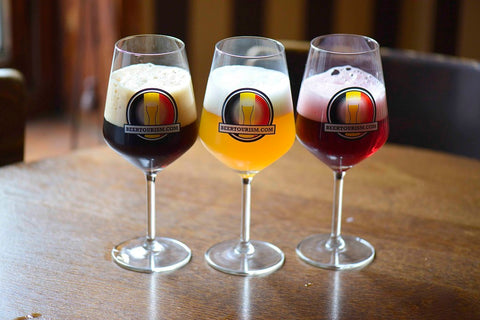
Belgian Beer Styles
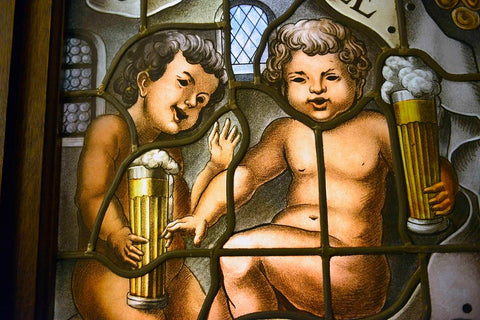
Belgian Brewers
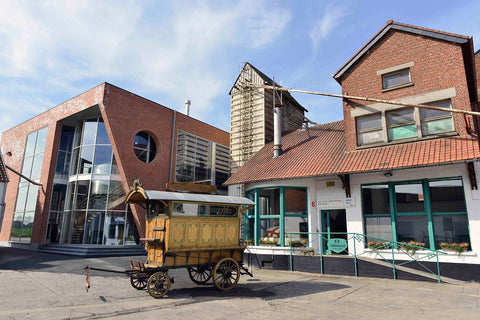
Belgian Brewery Visits
Newsletter subscribe, comparing box.

IMAGES
VIDEO
COMMENTS
Our Belgian experts have brought together intriguing insights into hundreds of world famous beers, the breweries and the people that make them … and Belgium itself. Browse our stories, learn about the beers, and shop from our specially selected range of beer-related goodies and gifts. We are a collective of beer enthusiasts, in Belgium and ...
Belgian Beer Me! Beer Tours will introduce you to Belgium, aka beer paradise, which brews some of the finest, unique and delicious beers in the world. With Belgian Beer Me! (BBM!) you will enjoy worry-free travel, see more and do more in a shorter time than you ever could on your own. Benefit from our experience, knowledge and research and get ...
Belgian Beer World: The world's largest interactive experience center about beer. Unusual stories, the discovery of the secrets of beer brewing, a spectacular scenography, brand new taste experiences…. The Belgian Beer World is more than just heritage, it is a place for discovery, surprise and pleasure.
There's a subtle fruitiness from the yeast and a bready (sometimes toasty) malt character, but overall they're known to be well-balanced and easy-drinking. 5. Belgian wheat beers. Belgian wheat beers (also "white beers" or "witbiers") are pale, hazy beers brewed using 30-60% of raw wheat.
Friture René, Place de la Résistance 14-15, Brussels; +32 2 523 28 76. 2. De Halve Maan, Bruges. De Halve Maan brewery in Bruges sells a full range of beer. De Halve Maan. Medieval Bruges is a ...
When in doubt, check the bottle: Belgian beer bottles contain specific temperature instructions. Two Belgian beers at Halve Man Brewery, in Bruges, Belgium. The proper way to drink a Belgian beer is with from the bottle, with 2 fingers of foam, in the glass that matches with the beer.
April/May 2024. Wild & Spontaneous Beer Tour of Belgium, April 29-May 6, 2024 • Confirmed. This tour is for people who enjoy lambic, geuze, kriek, Faro, and Flemish Red and Brown ales. It features Toer de Geuze showcasing the members of the HORAL lambic organization. This tour only happens every two years. Don't miss it!
Wherever your Belgium travels take you, there will be delicious beer to drink. Flanked by France and the Netherlands, the less-than-12,000-square-mile nation has more than 200 breweries, many of ...
Through a public-private partnership, 12,000m2 will be accessible to the public from September 2023 onwards. On the one hand, La Bourse plays a cultural and touristic role, with a Skybar, restaurant and café, access to the archaeological site "Bruxella 1238" and the permanent cultural experience center focusing on Belgian beer, "Belgian Beer ...
Discover the significance of beer to Belgium's history, culture, and culinary legacy on this 10-day adventure across the country. Tour city breweries, urban taphouses, microbreweries, and travel to an abbey where monks have brewed beer for centuries. Learn about Belgium's brewing traditions on historical city walks, private tours, and full-day excursions while sampling a wide range of local ...
Rue du Petit-Tourcoing 1a, 7711 Mouscron, Belgium | +3256588008. Photography courtesy of Grace Weitz | Hop Culture. Founded by friends Nino Bacelle and Guido Devos, De Ranke gained a reputation for making some of Belgium's best small-batch specialty beer in West Flanders. Also some of Belgium's hoppiest beers.
The Belgian Beer Tasting Experience in Brussels is a 2,5-hour tour which takes you to 3 iconic bars where you get to taste 4 famous Belgian ales. Your experienced local guide walks you through the city and explains the history of the different types of ales. You can expect to learn a few notable facts about the different brews of Belgium.
Overnights in Antwerp, Bruges, Bastogne & Amsterdam. This tour will take you to Flanders in the north of Belgium and to the beautiful Ardennes Mountains of the Wallonia in the south. Then, on to the Netherlands for some Dutch hospitality, scenery and culture. It will give you a good overall feel for this area also known as the Lowlands.
Day 1: Brussels. Welcome to Belgium! Home of delicious fries, waffles, and of course, beer! Our adventure starts at 1:00 PM, allowing you to arrive in Brussels this morning or the day before (which we highly recommend).After a quick orientation, we head out to our first brewery of the tour, the legendary Brasserie Cantillon!Cantillon is known for using natural yeasts that are present in the ...
In addition to our website we continue to showcase the rich Belgian beer culture in different ways through our posts on Google+, Facebook, Twitter, LinkedIn, Instagram and Pinterest. You can use Beer Tourism as your window on the world of Belgian beer, freshly drawn from the source: the Belgian breweries. For many years Belgian beers were only ...
Humans of Belgian Beer is a series of photographic portraits which celebrate a people and their culture. Stu Stuart (50) Owner. Belgian Beer Me! Tours. I n the late '80s, while performing comedy in Seattle, Stu Stuart's girlfriend introduced him to a brand of Trappist beer called Chimay. He had been interested in beer when he was younger ...
BEERSAL, Belgium (Velo) — Lambic beer and discovering the exotic flavors of this growing beer niche was on the agenda at a recent trip to the Tour of Flanders and the spring classics. We rolled up to the Brouwerij 3 Fonteinen, one of the standard-bearers of Belgium's Lambic brewing scene.. Taking a break from covering the spring classics, the cold, wind, and rain beat down on us as we ...
België. Belgique. Belgium. By whichever name you call it, be it Dutch, French or English, Belgium is the world's best beer country. A place the size of Maryland with more than 130 breweries and 600-plus superb beer bars, Belgium is indeed a beer lover's nirvana. But with so much to choose from, even savvy beer drinkers can be a bit daunted visiting the country.
We are the purveyors of unique, beer-focused, culinary and cultural, travel experiences - for over 20 years. Discover hundreds of Belgian Beers. Sing along at the top of your lungs at Oktoberfest. Taste fresh Pils in Prague. Enjoy cask conditioned real ales in England. Visit Trappist Monasteries that brew beer.
Accessible to the public, it also offers services such as shower facilities, toilets and lockers. The Belgian Beer World experience can be continued in the bar and restaurant, not to mention The Beerlab in the evening! You can even work on site. Imagine having a desk in such a unique setting, that is what's on offer in the co-working space. Bar.
Beyond the beer itself, beer tourism in Belgium offers the chance to explore the country's rich history, architecture, and gastronomy. Many breweries are located in picturesque towns and villages, allowing visitors to soak up the local charm and indulge in traditional Belgian cuisine such as moules-frites (mussels and fries) or carbonnade ...
A look at Belgium's beer museums and their focus on the various aspects of brewing from transporting and serving to drinking Belgian beer. When it comes to getting a Belgian beer education, it's not just about packing in the brewery tours - there are many beer-orientated museums begging to be visited across Belgium. ... Beer Tourism 2023 All ...